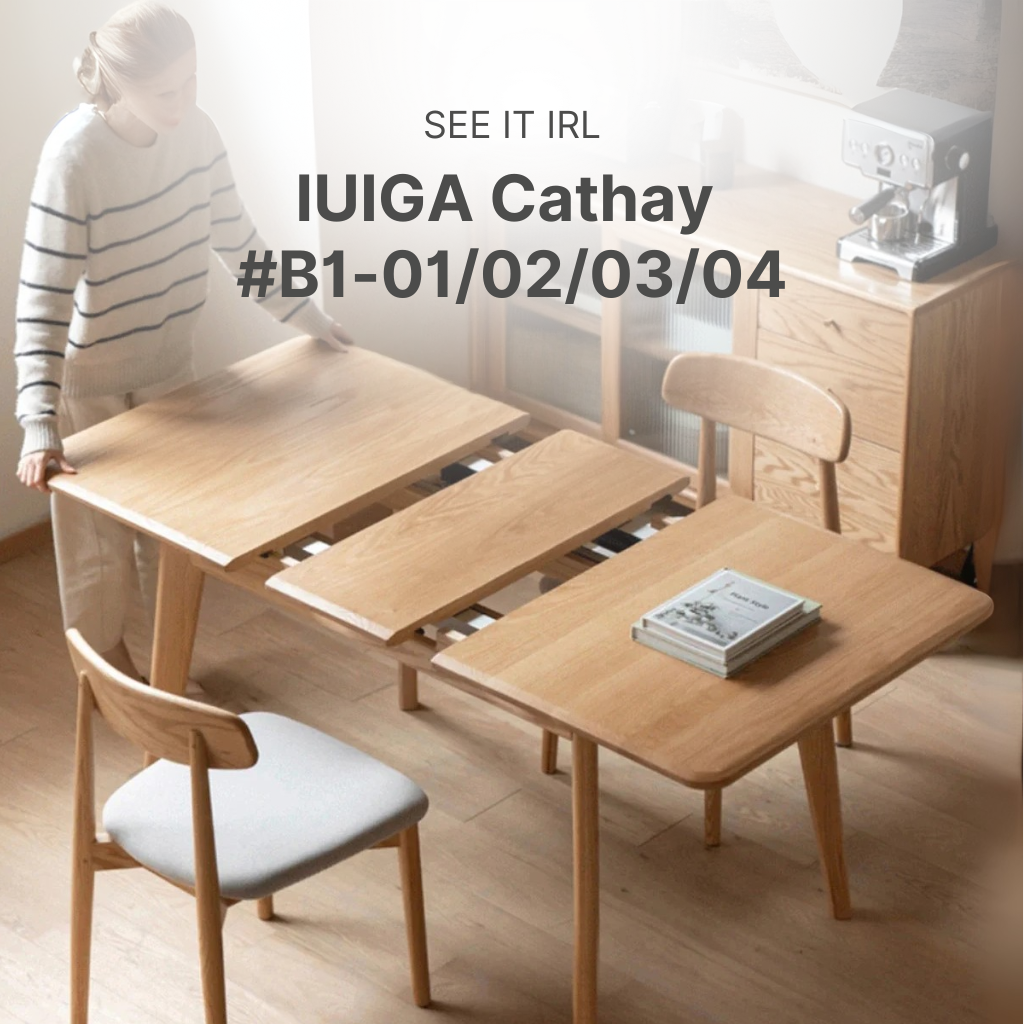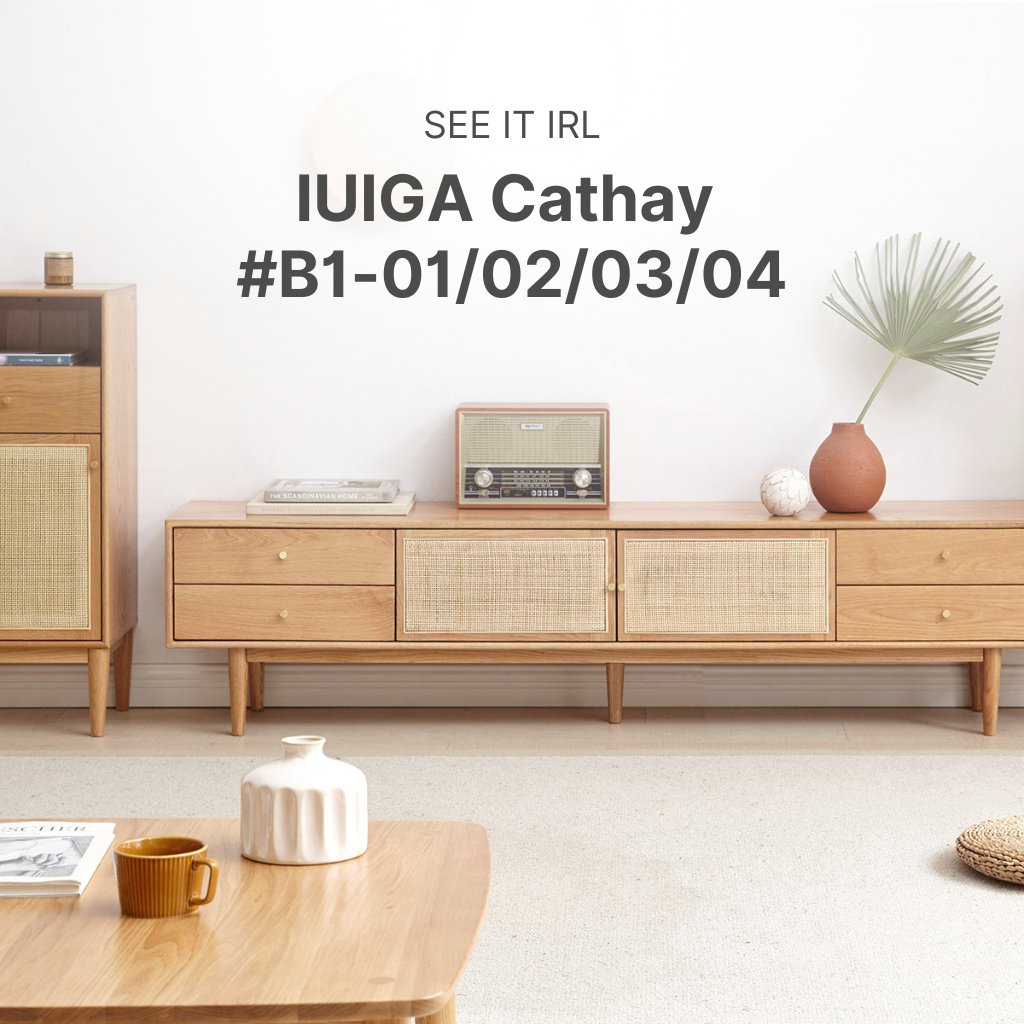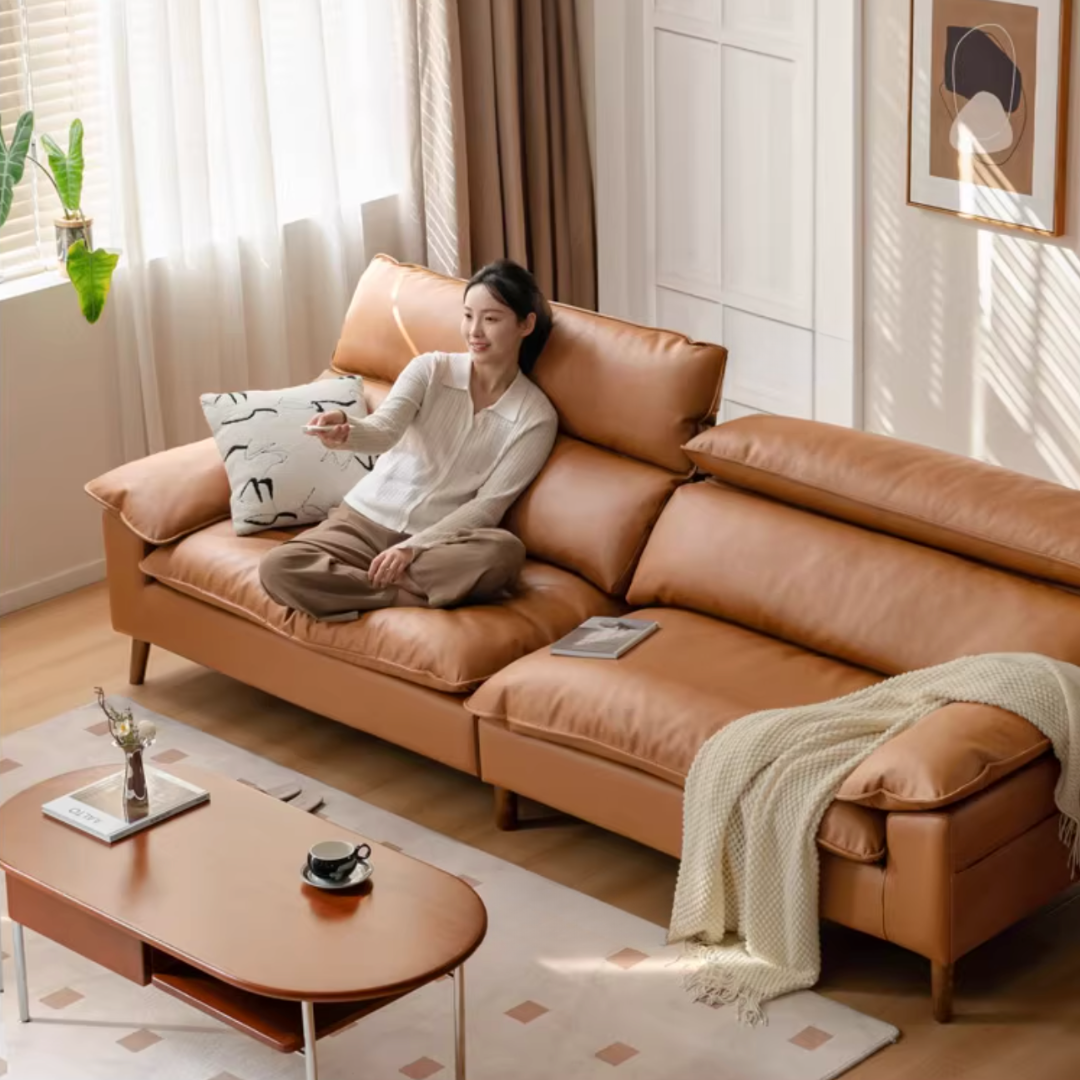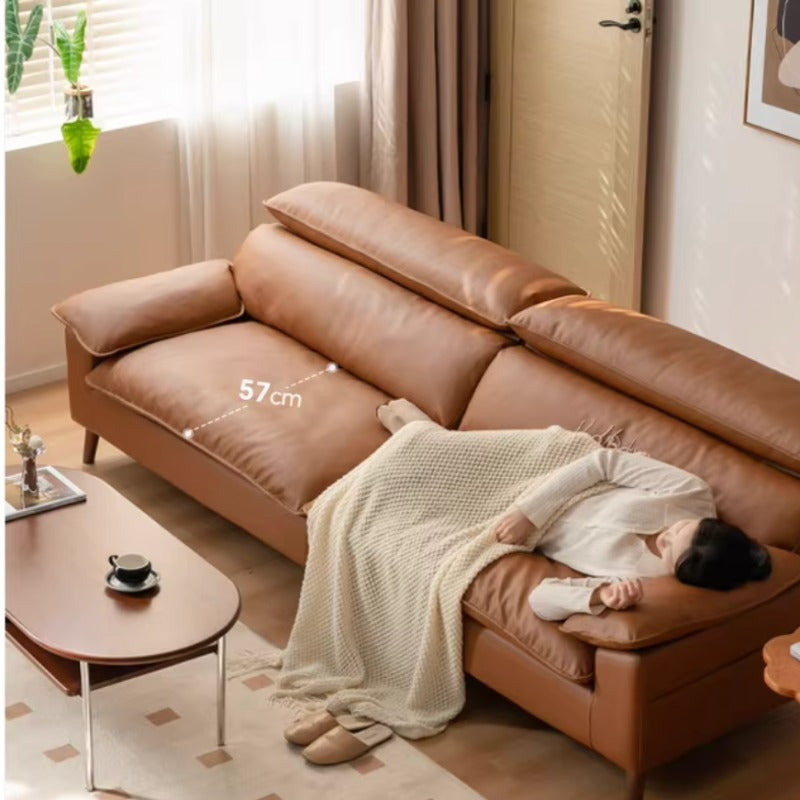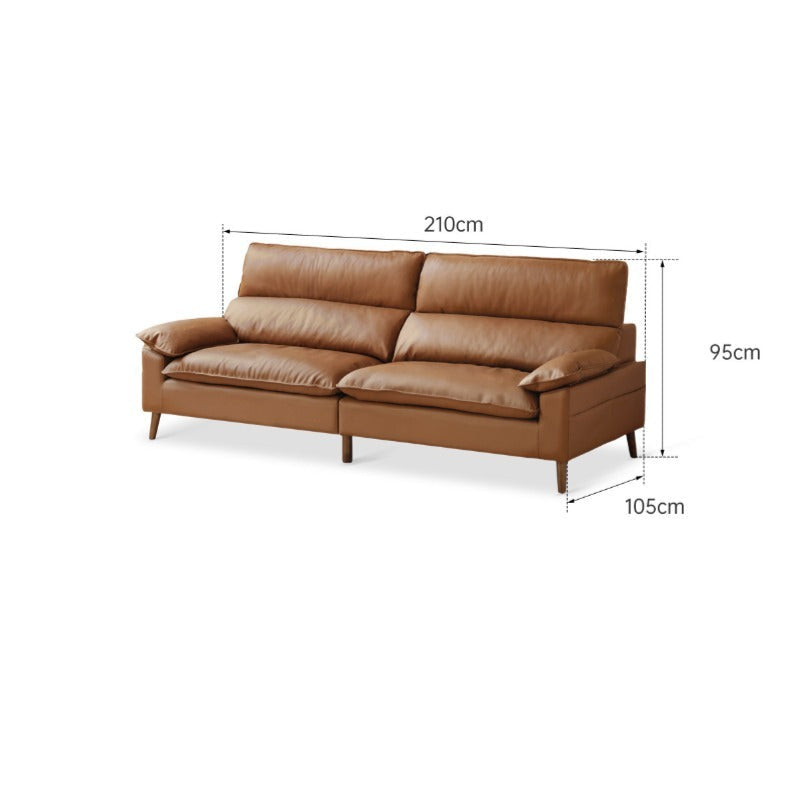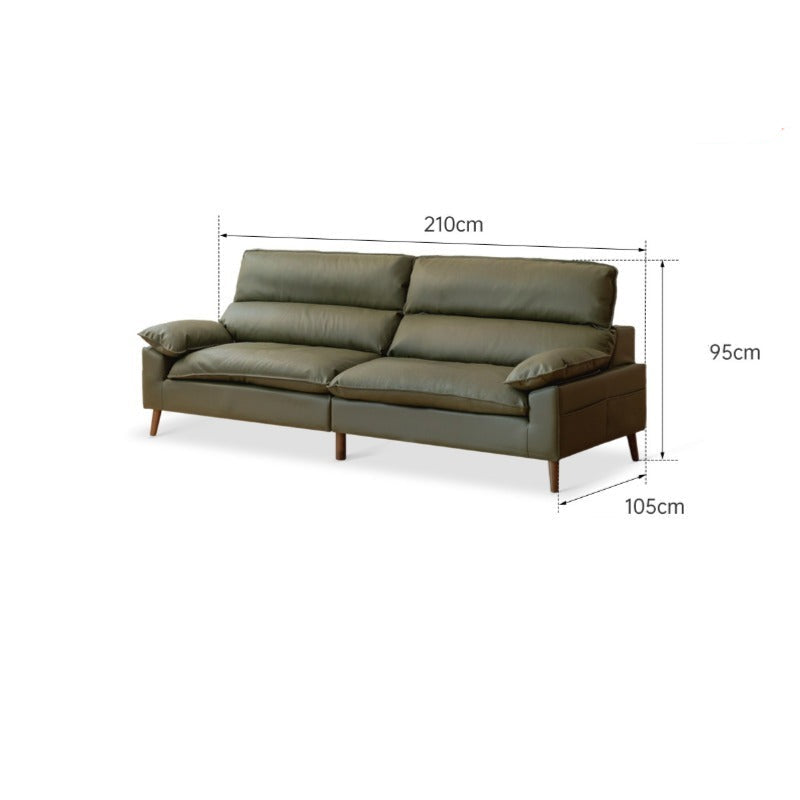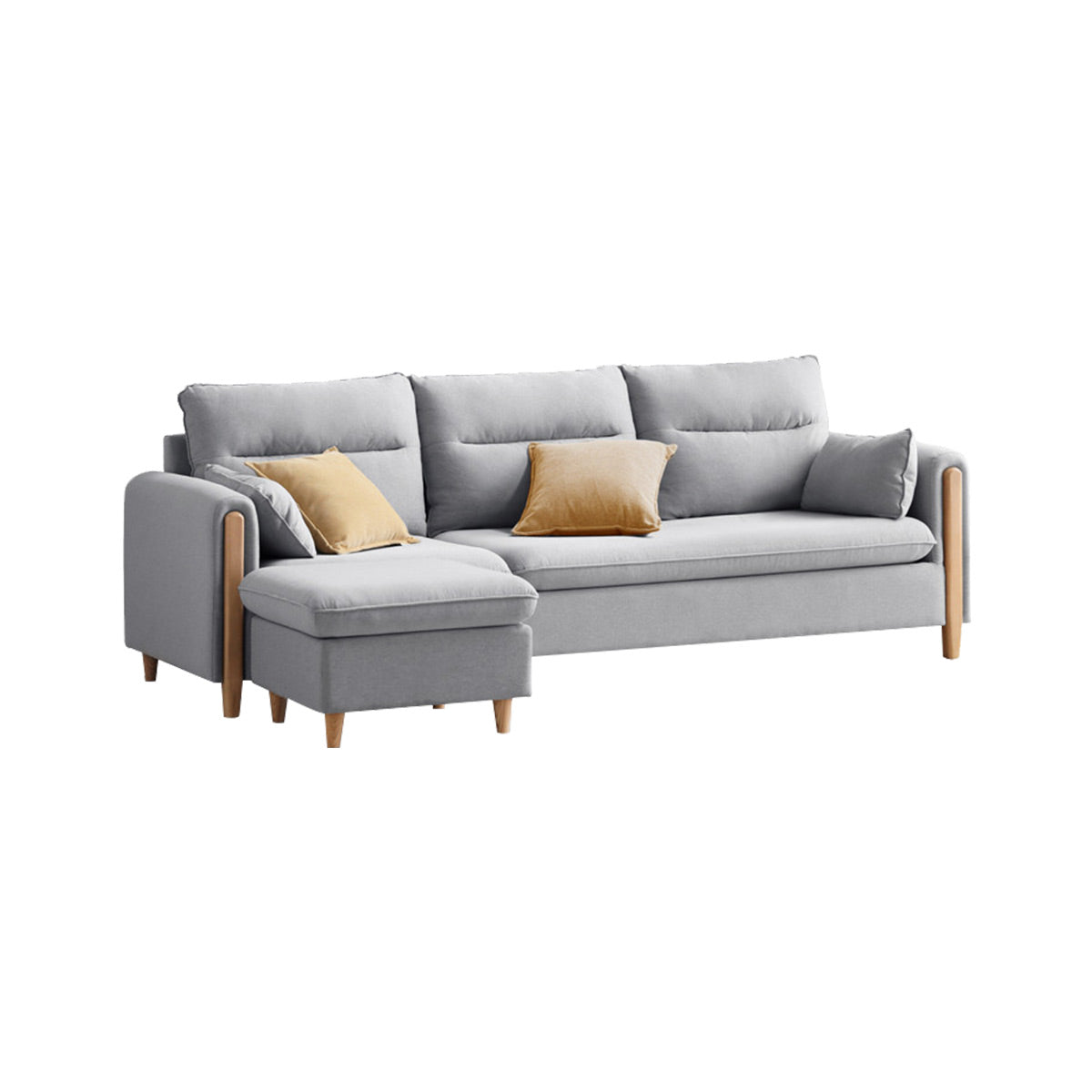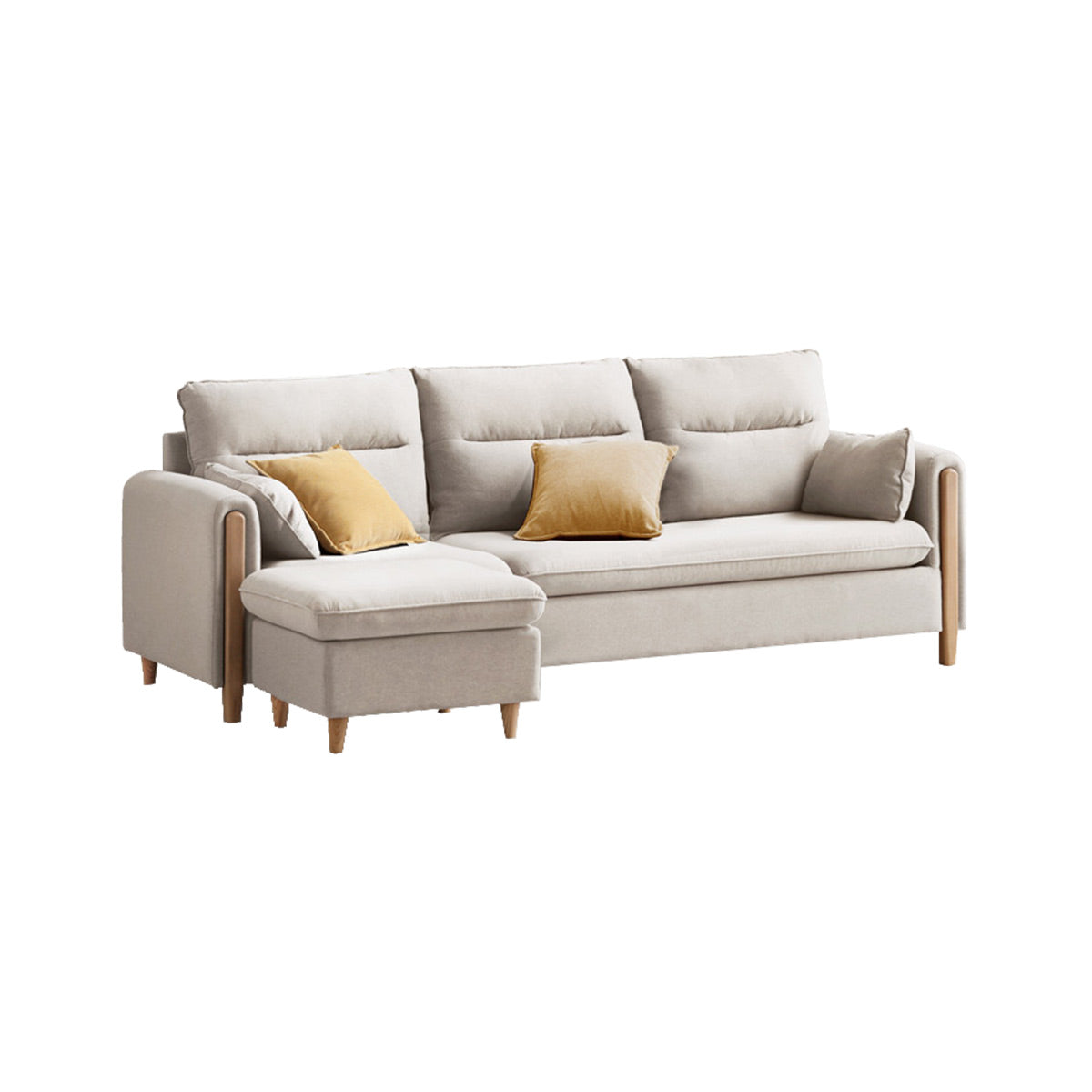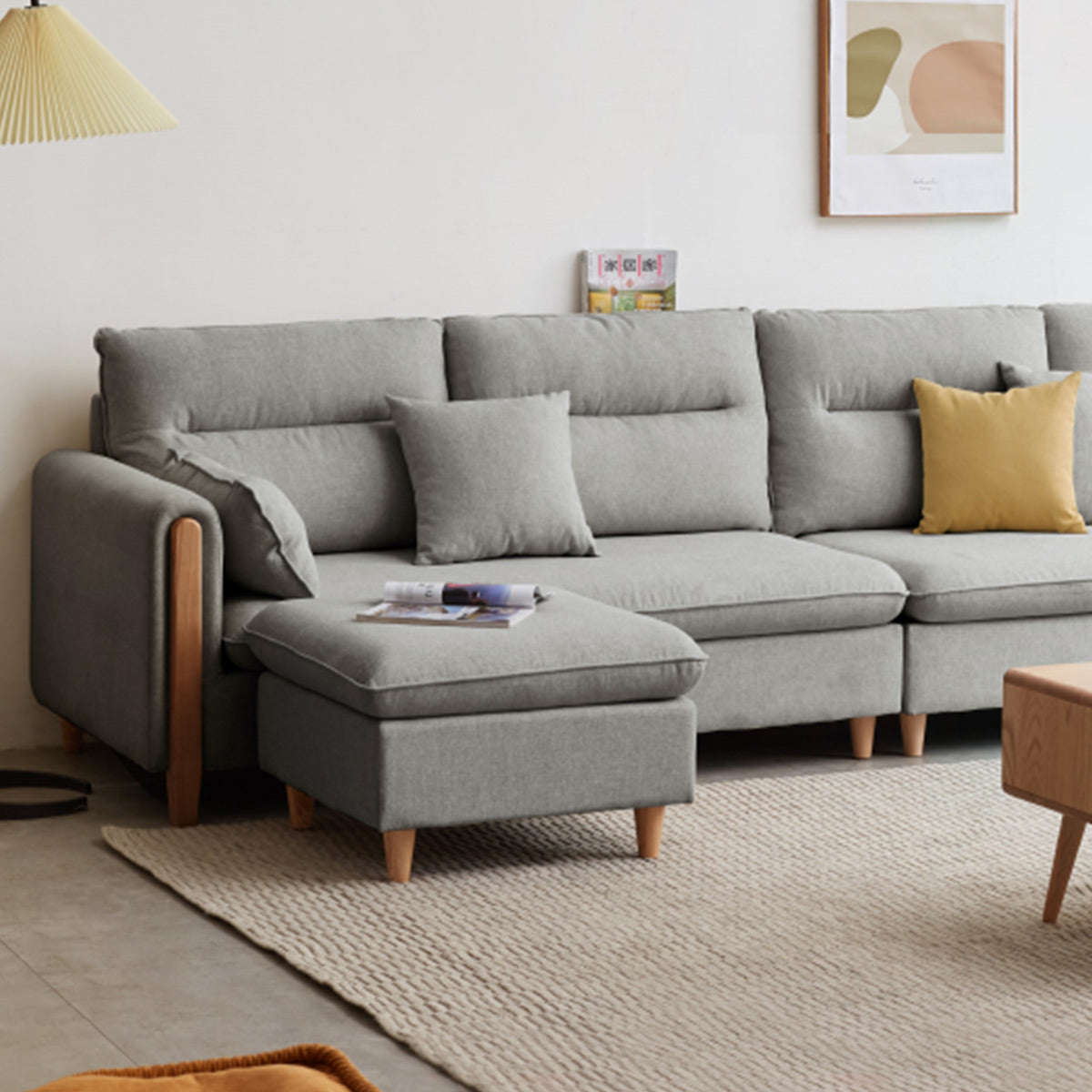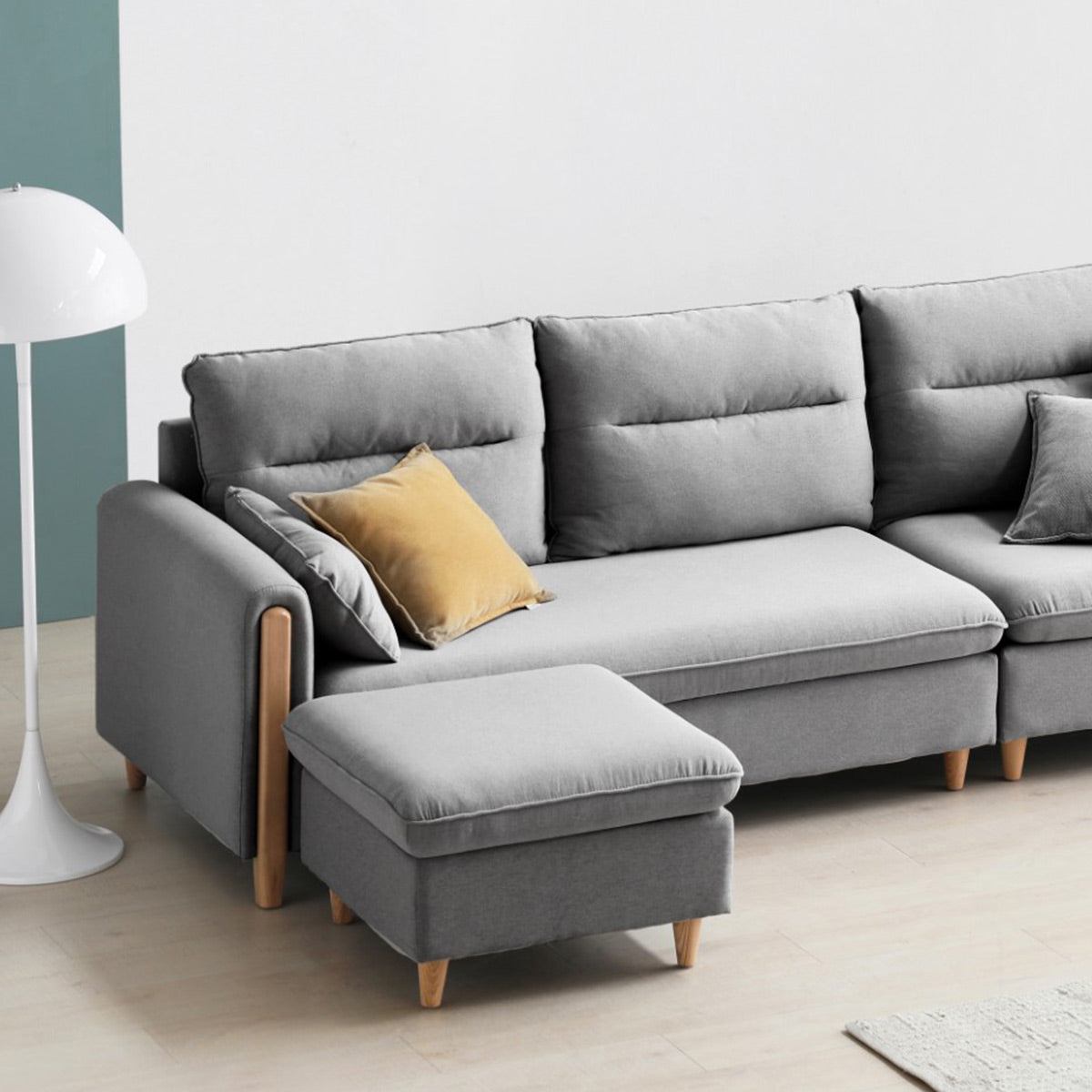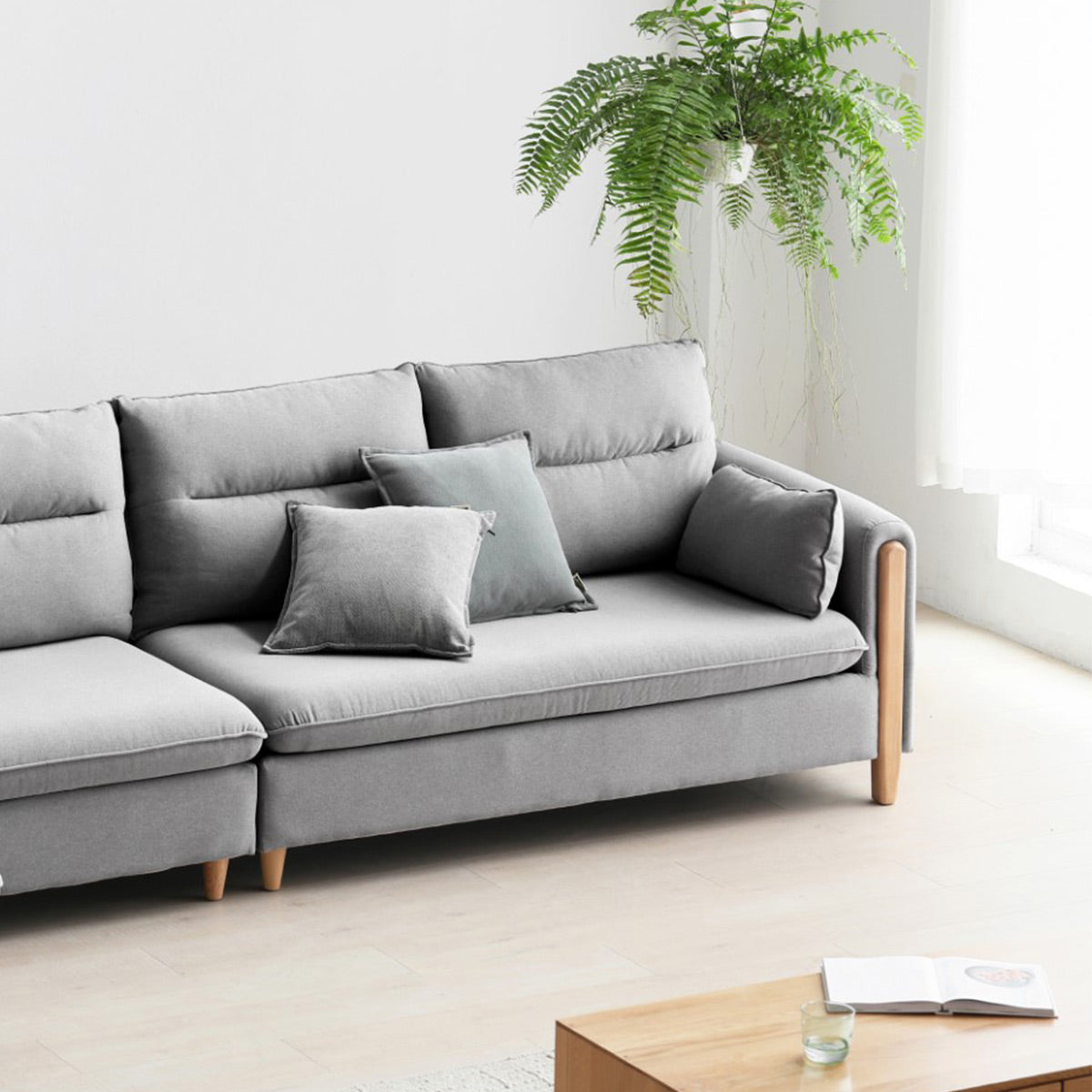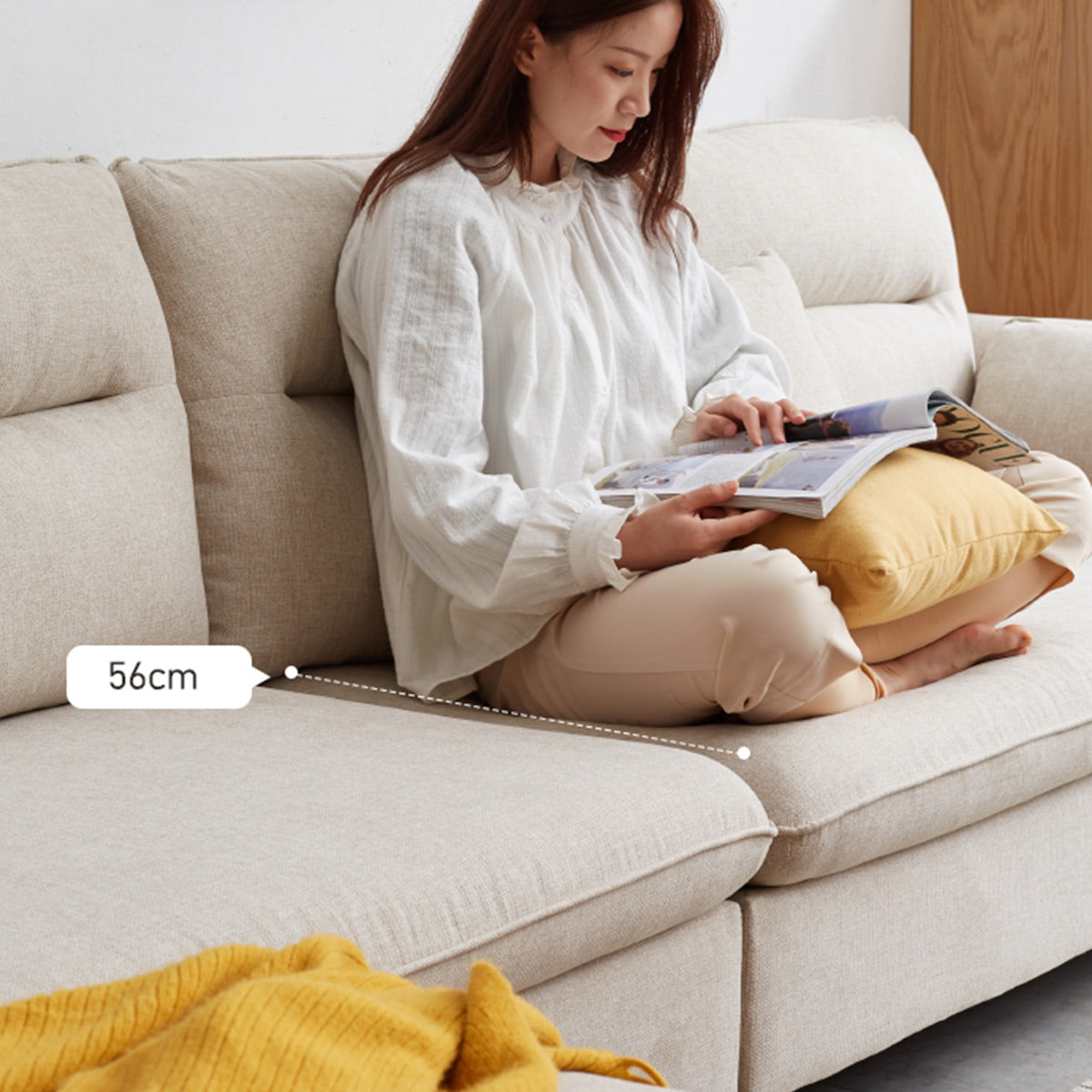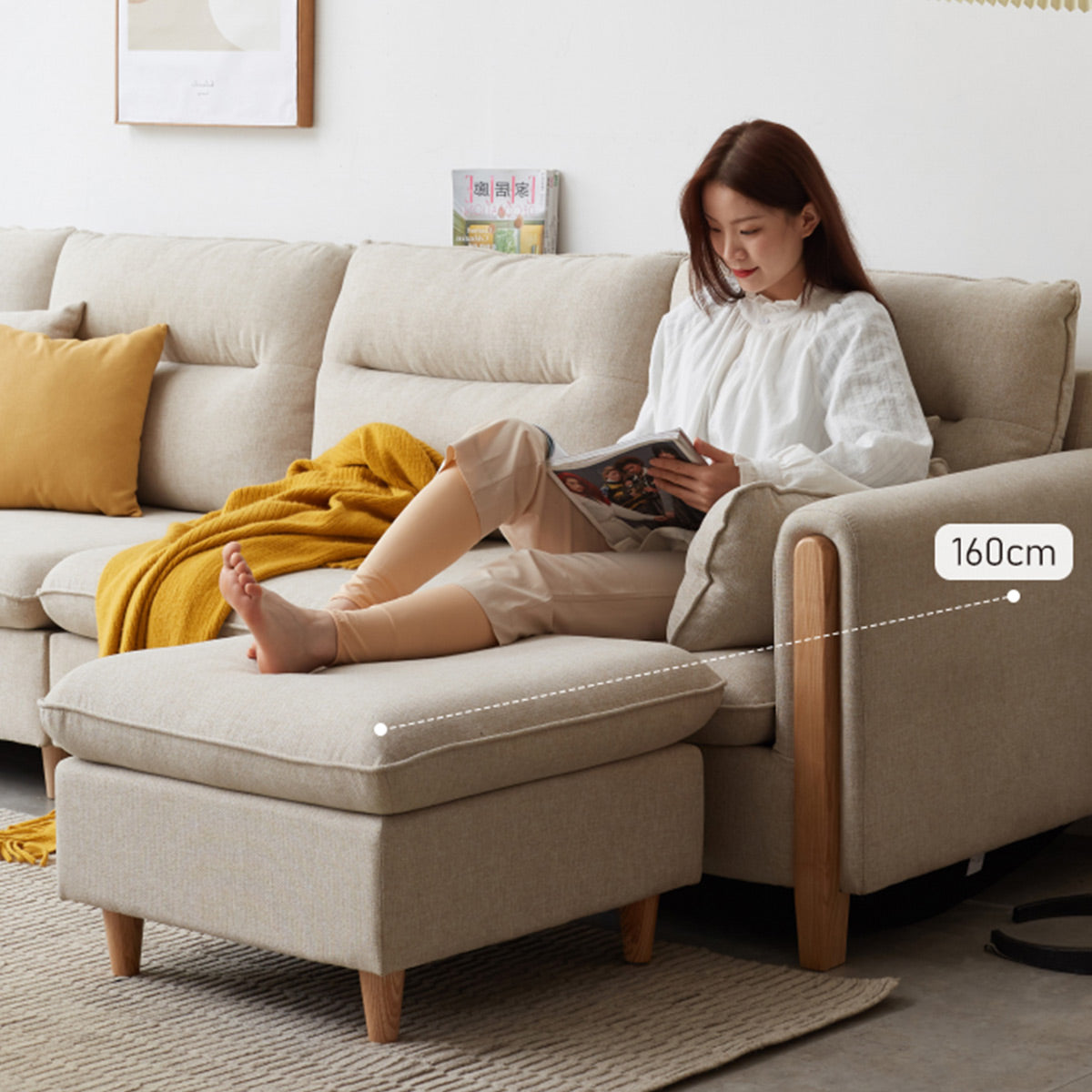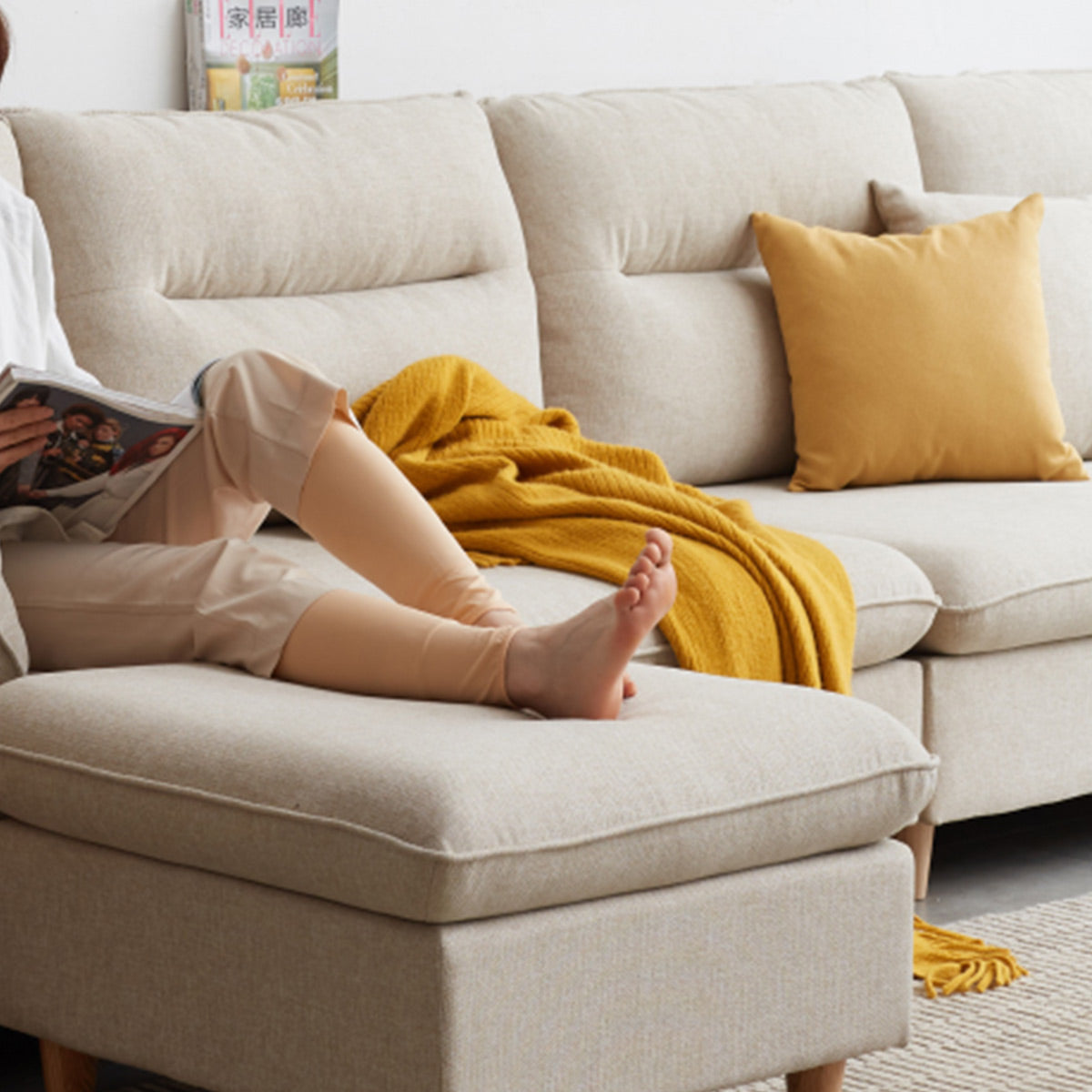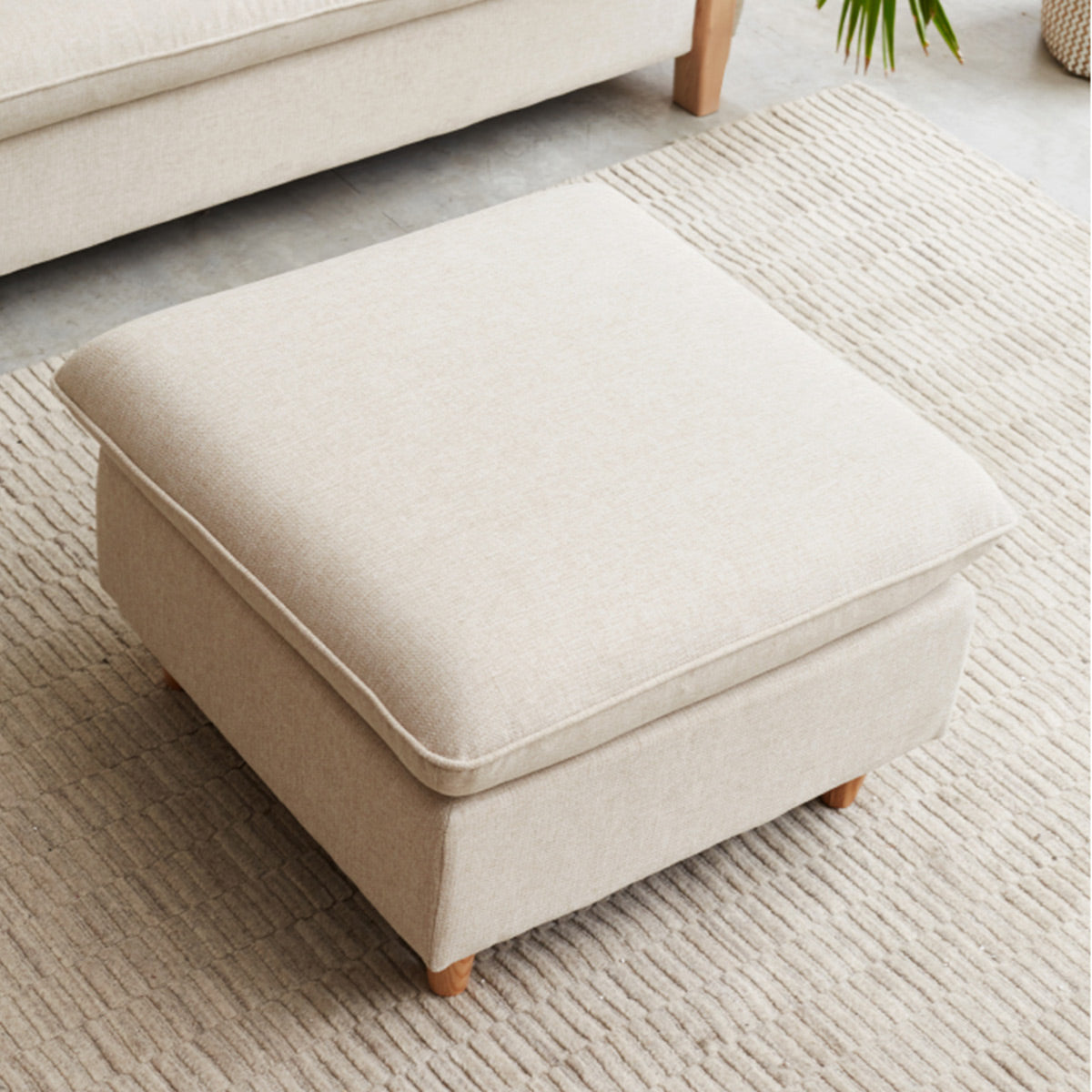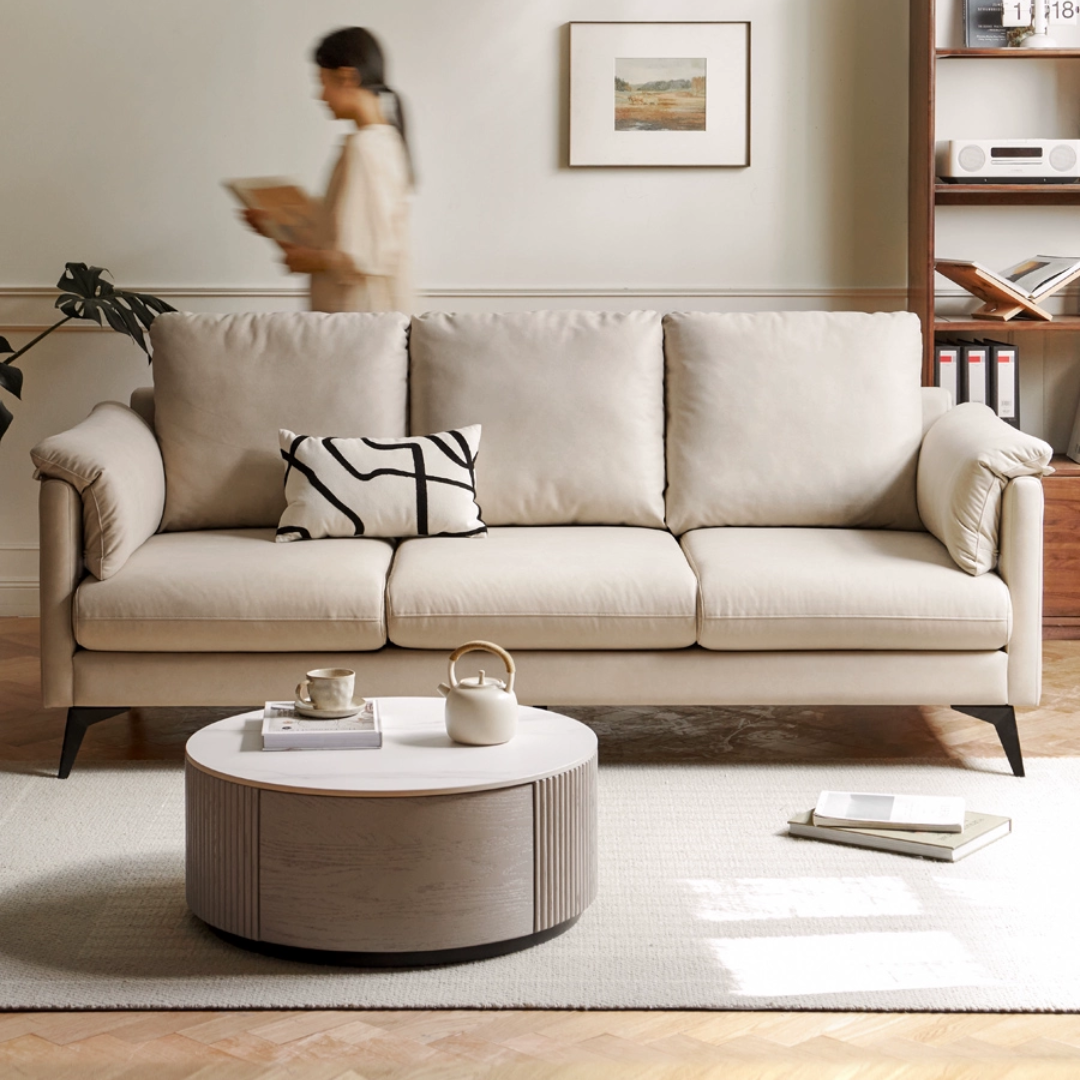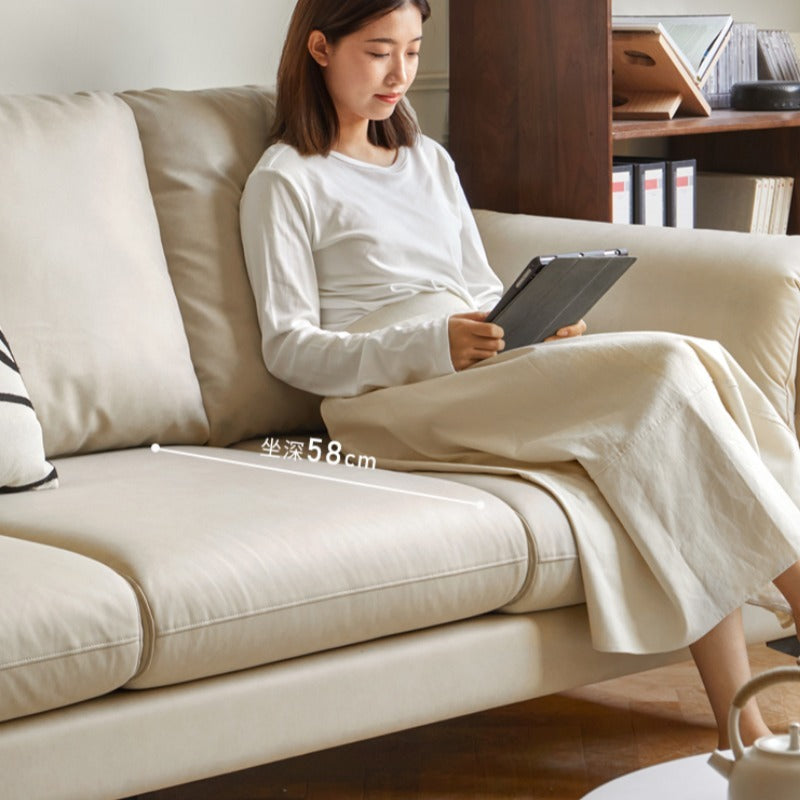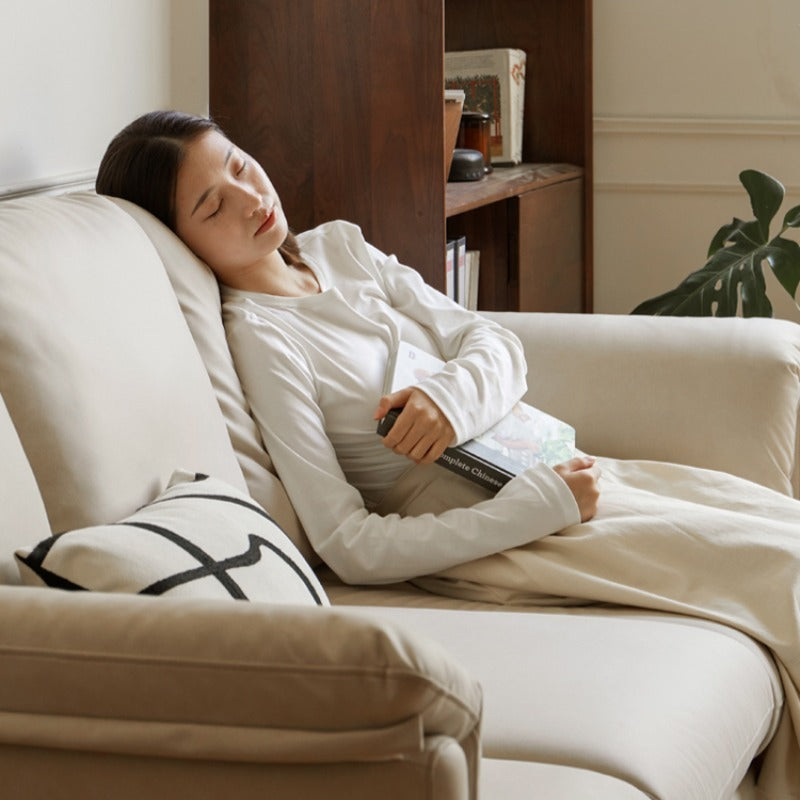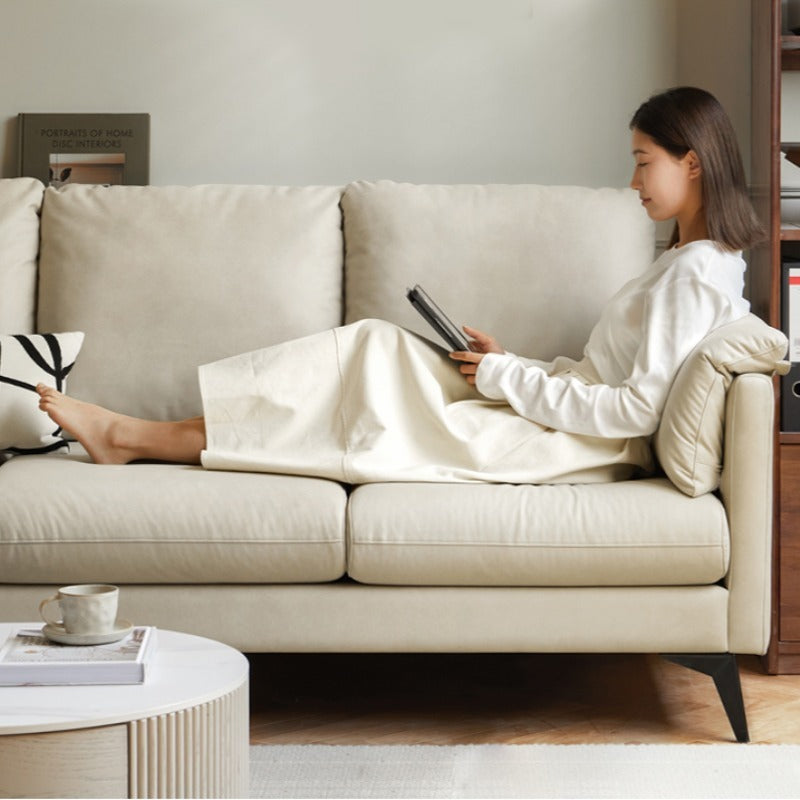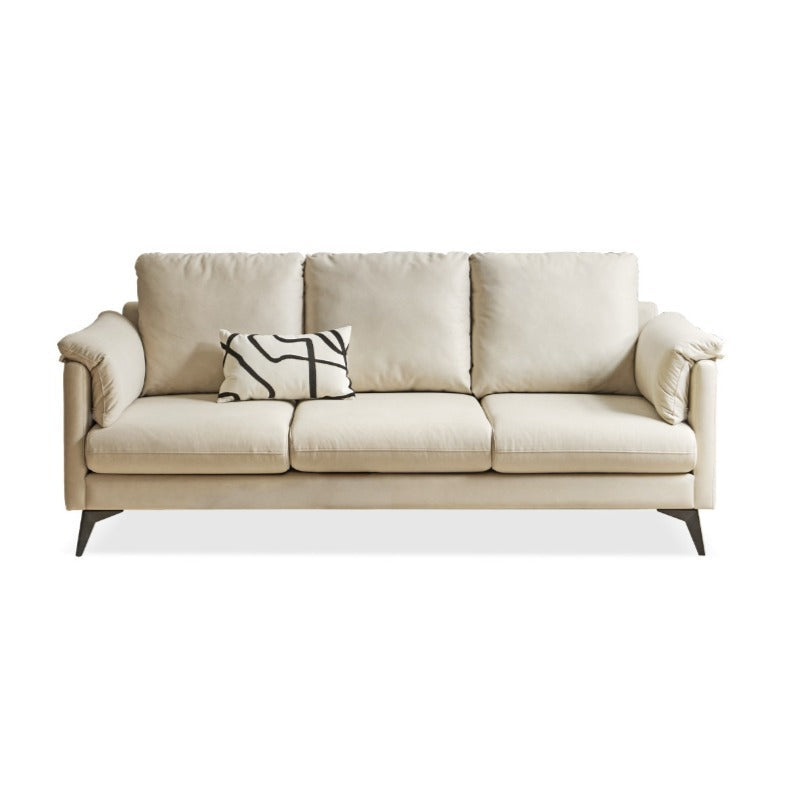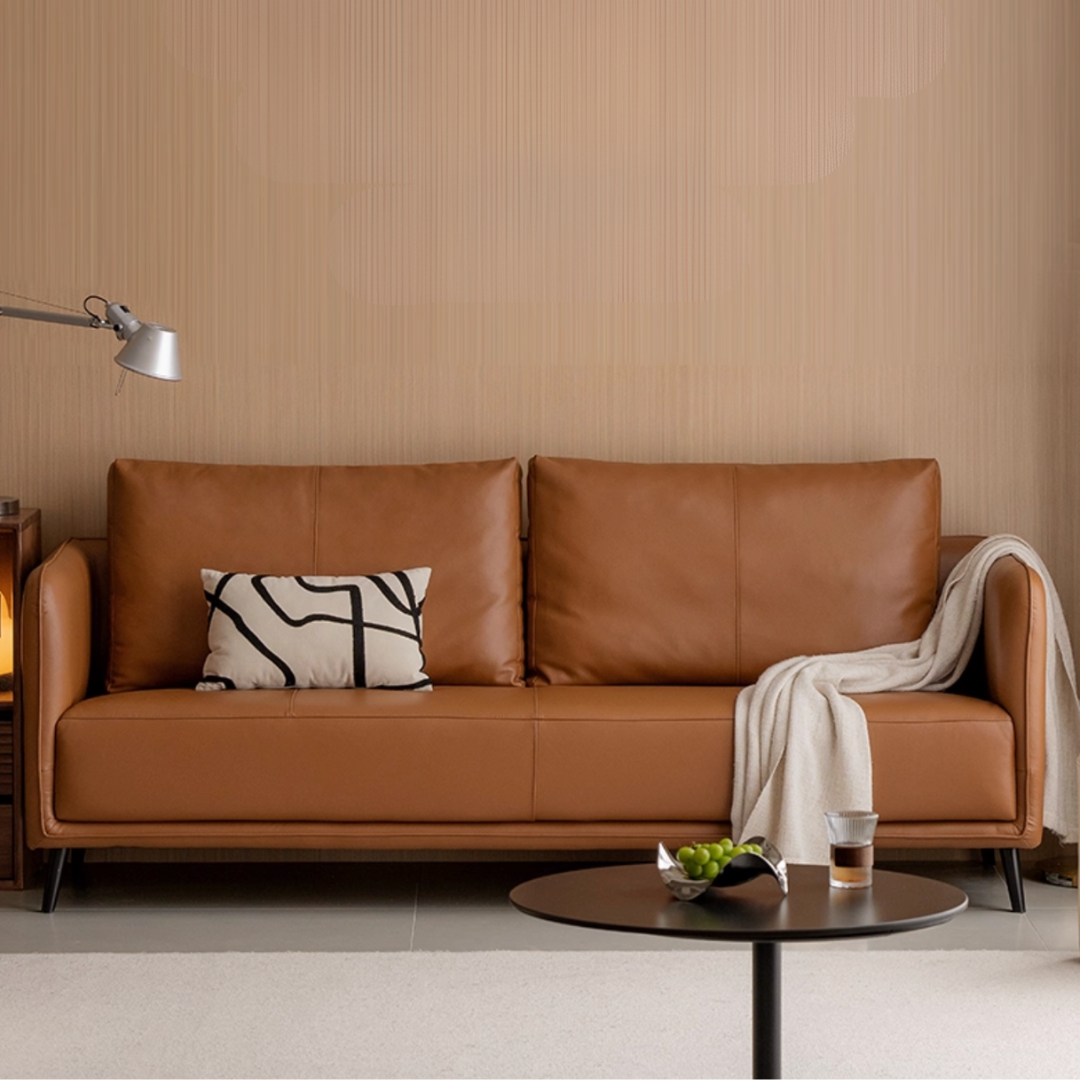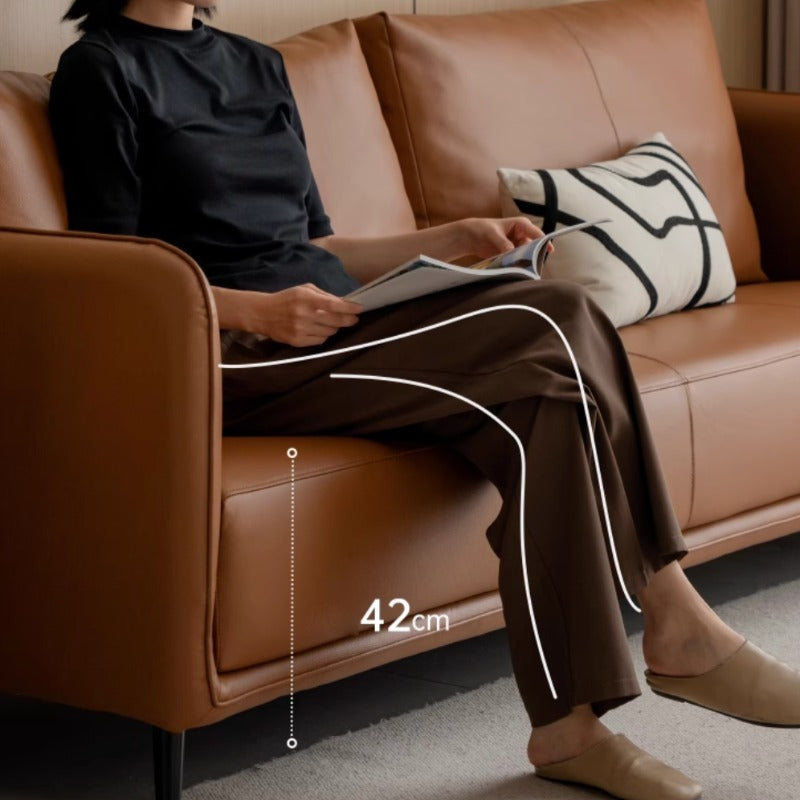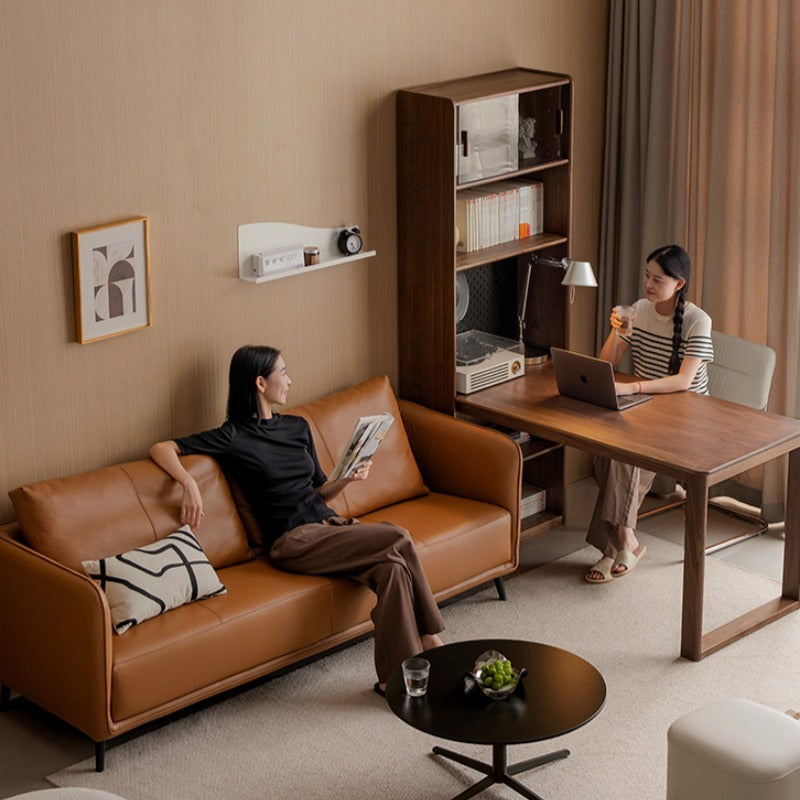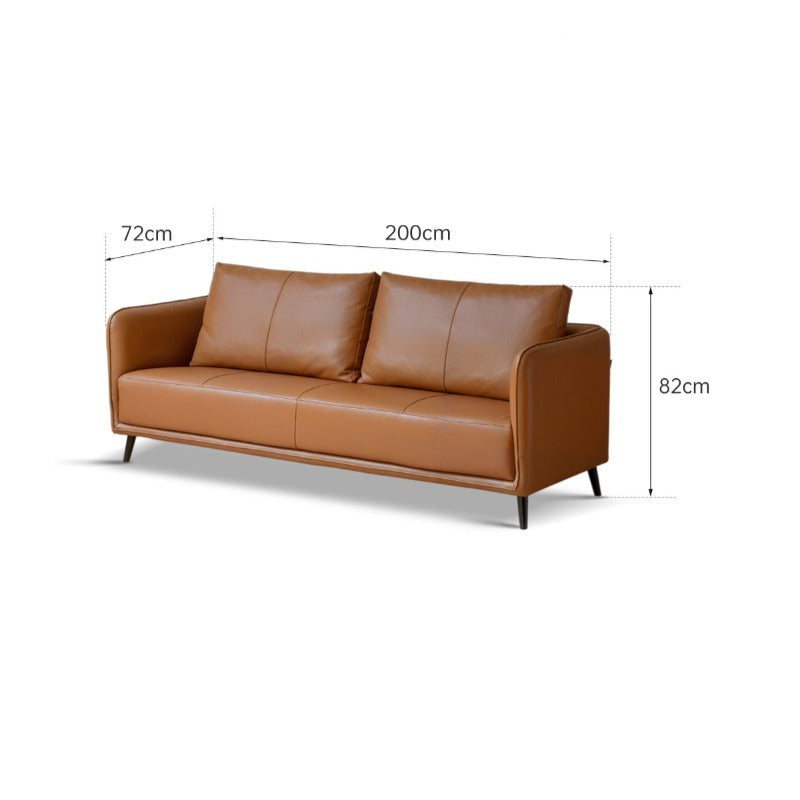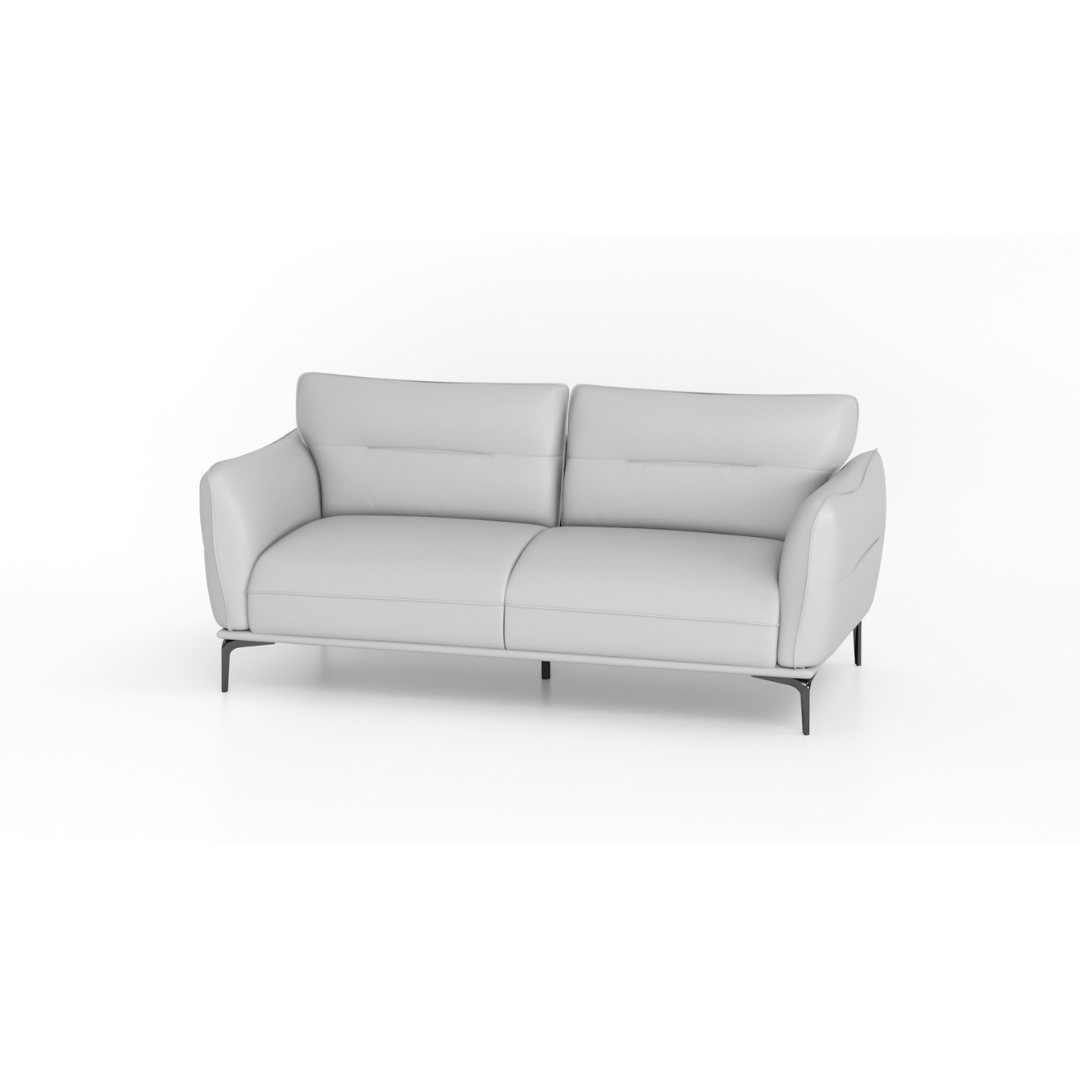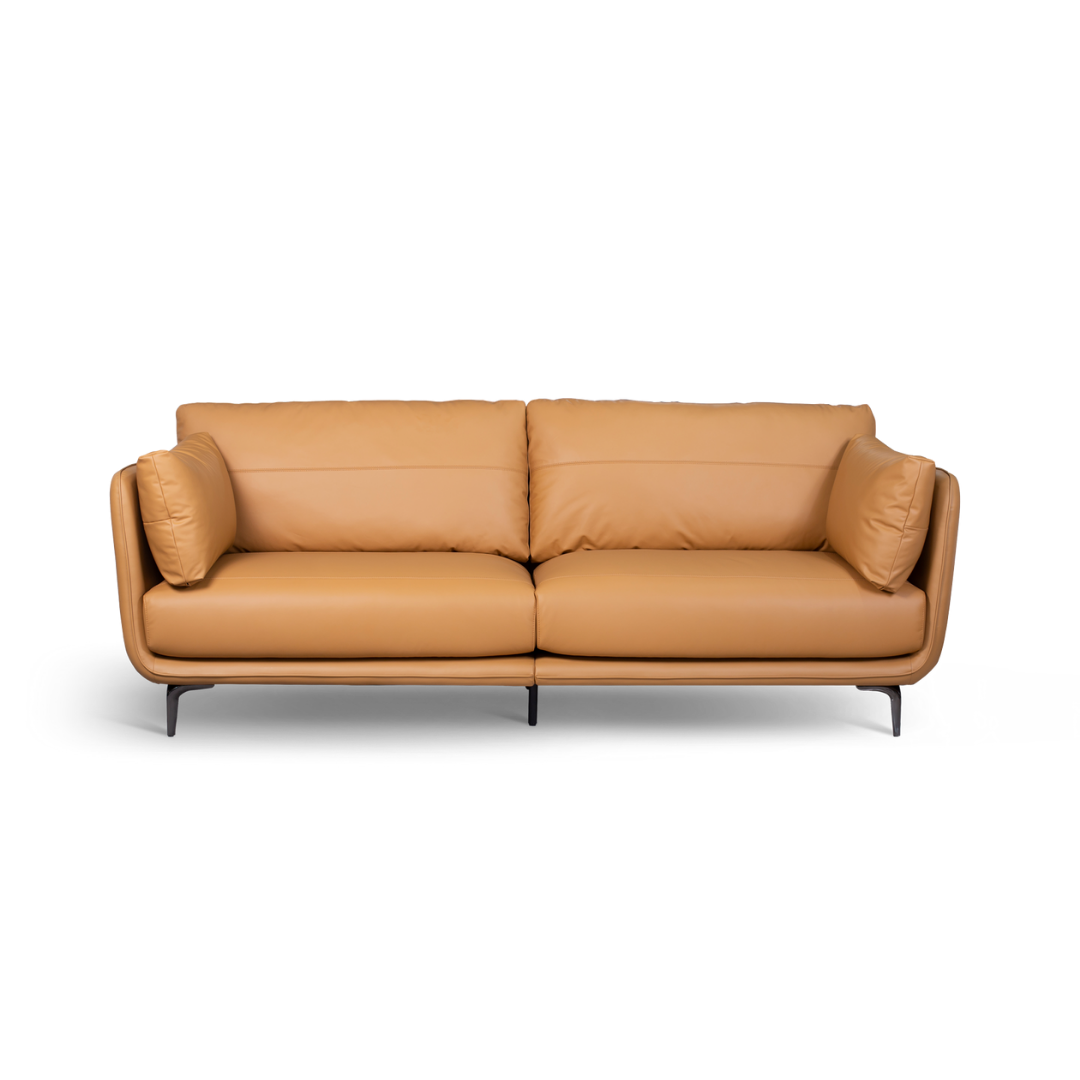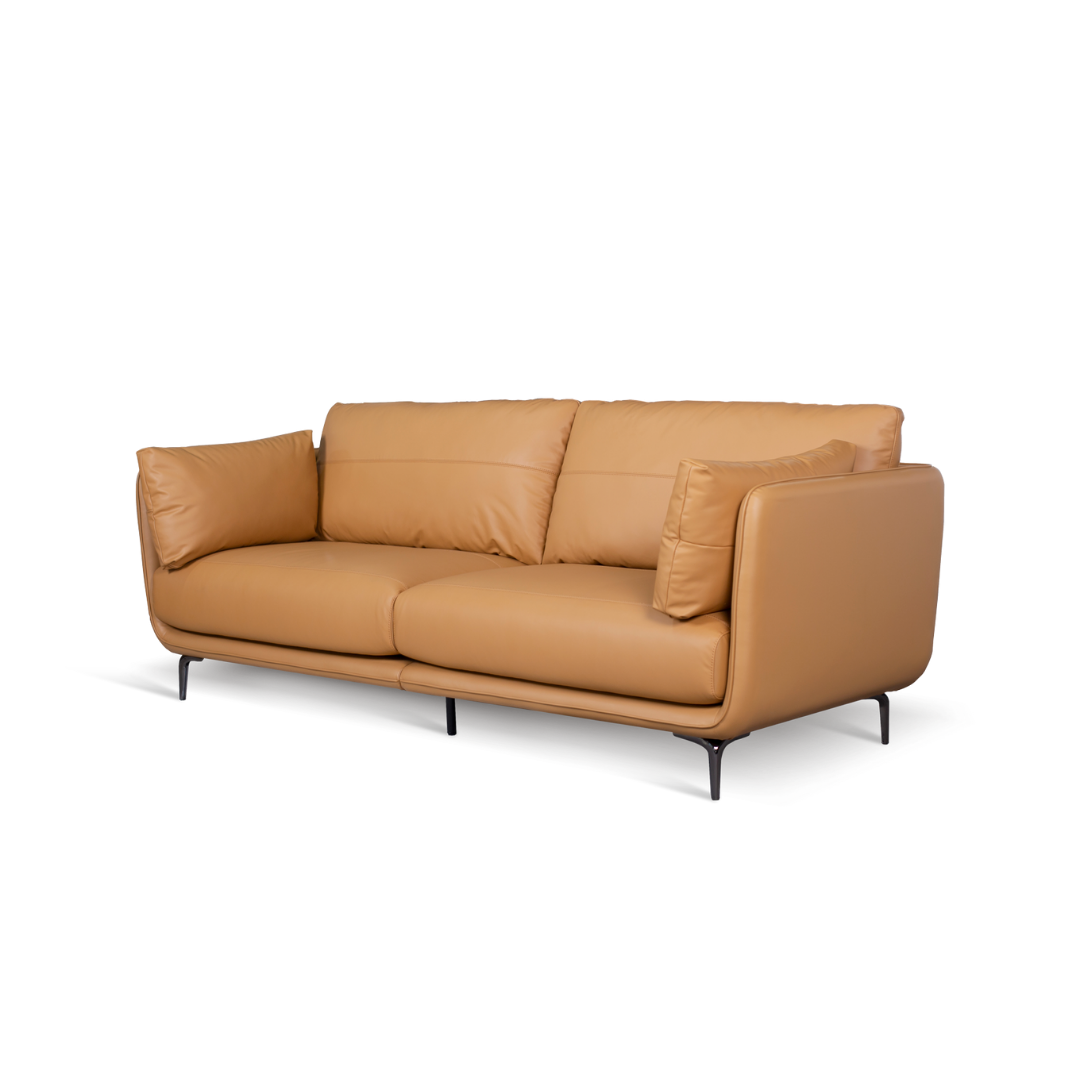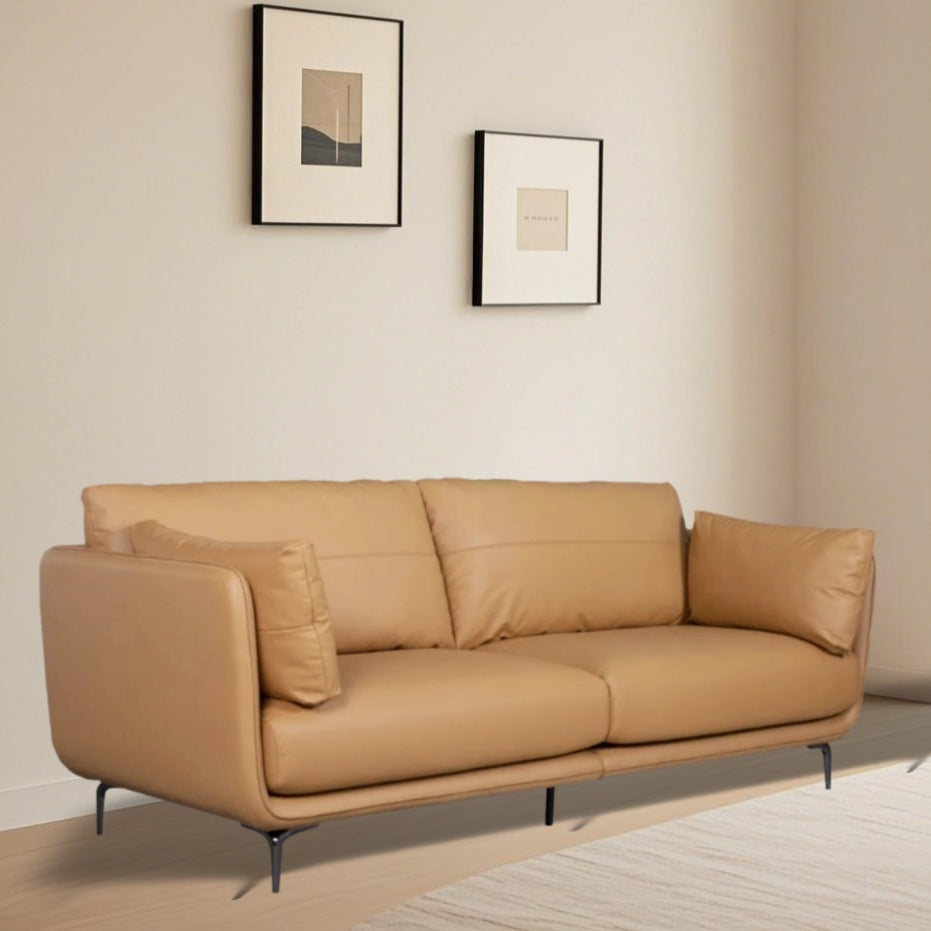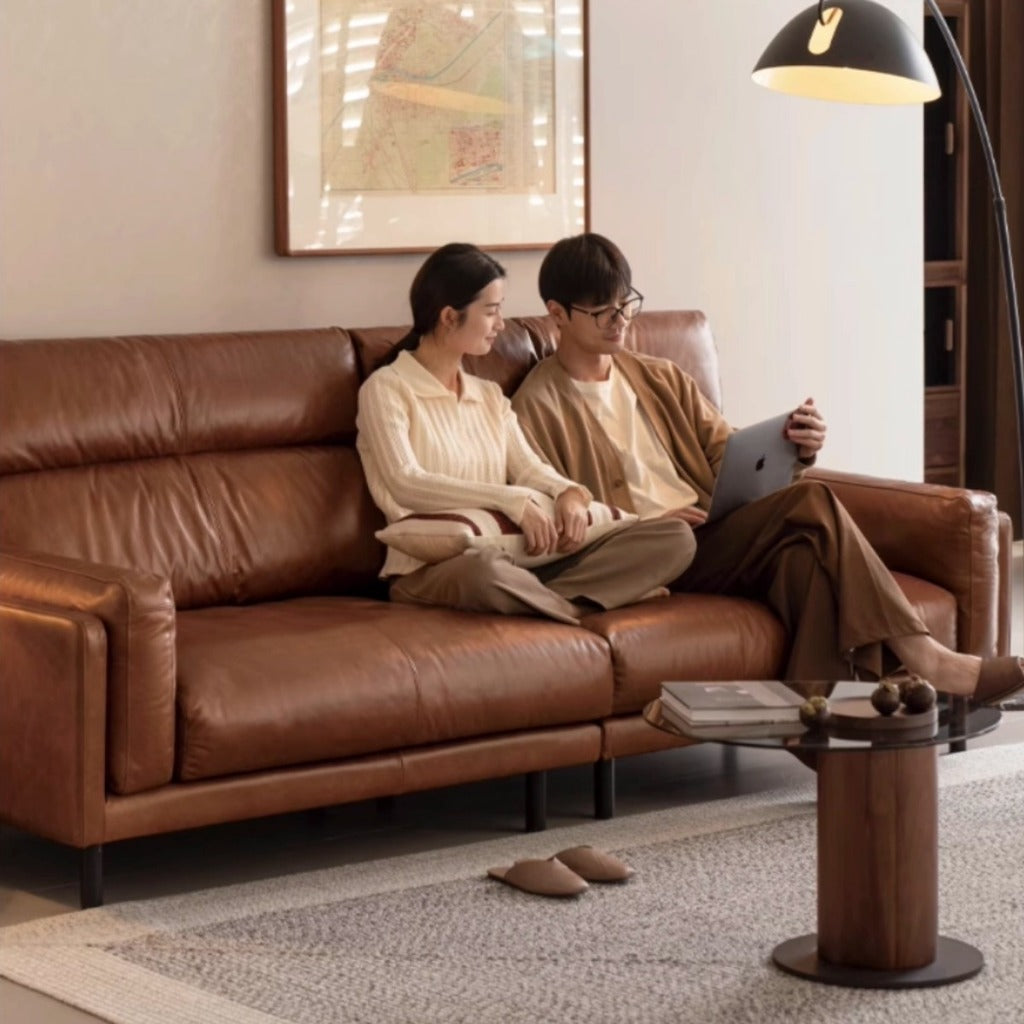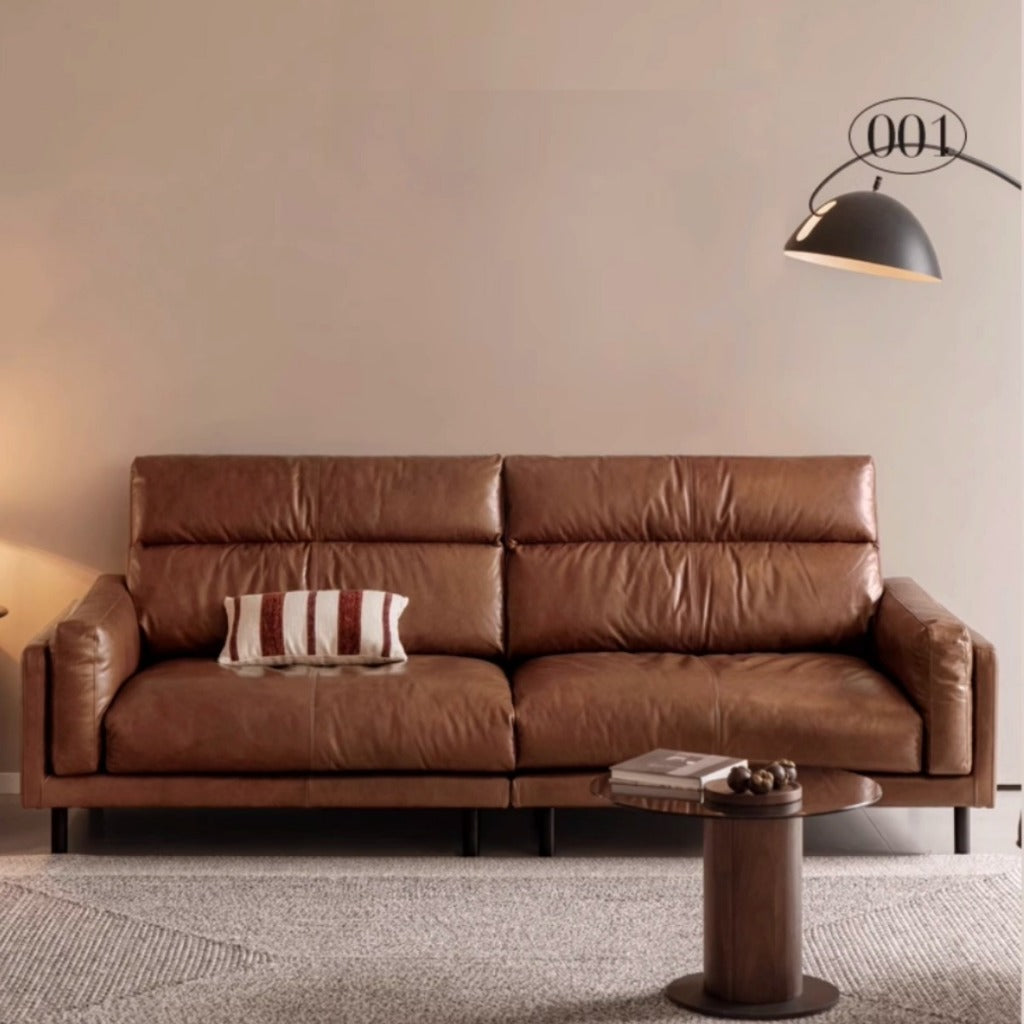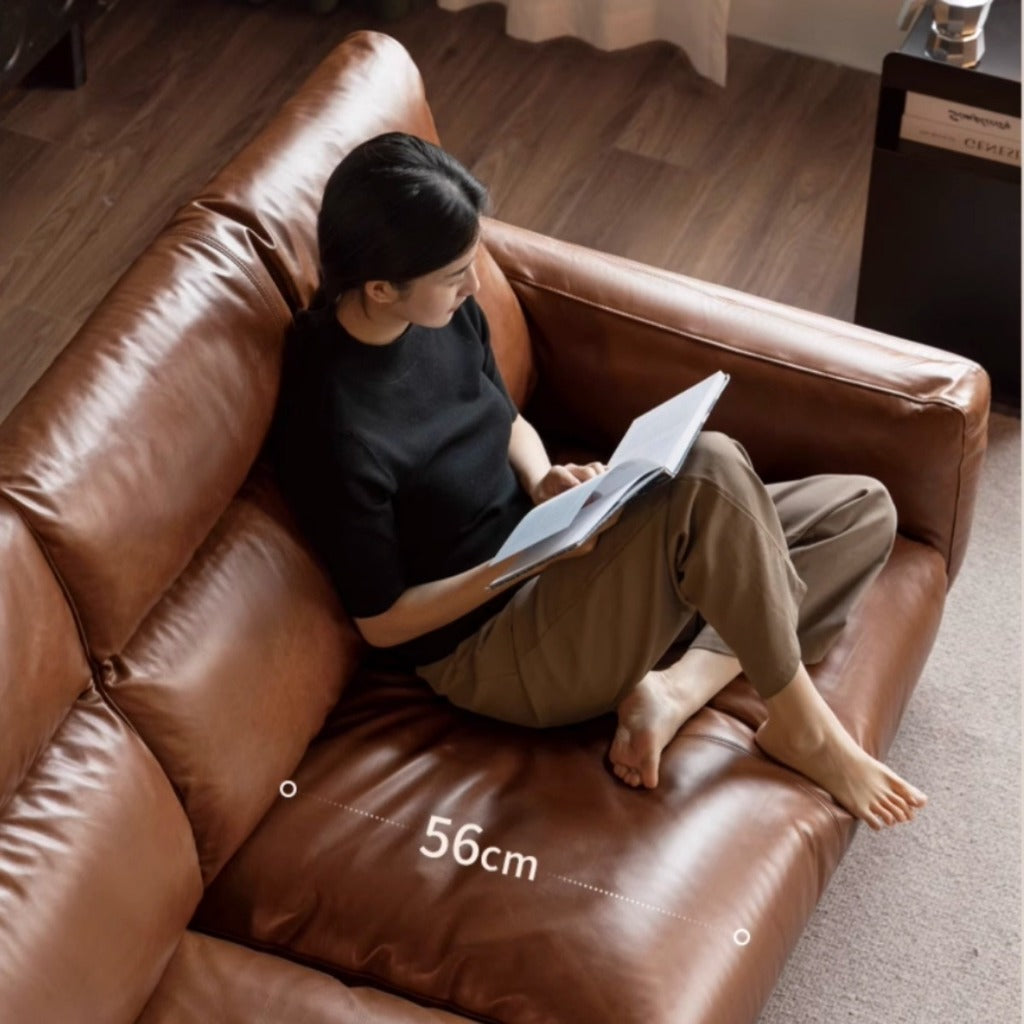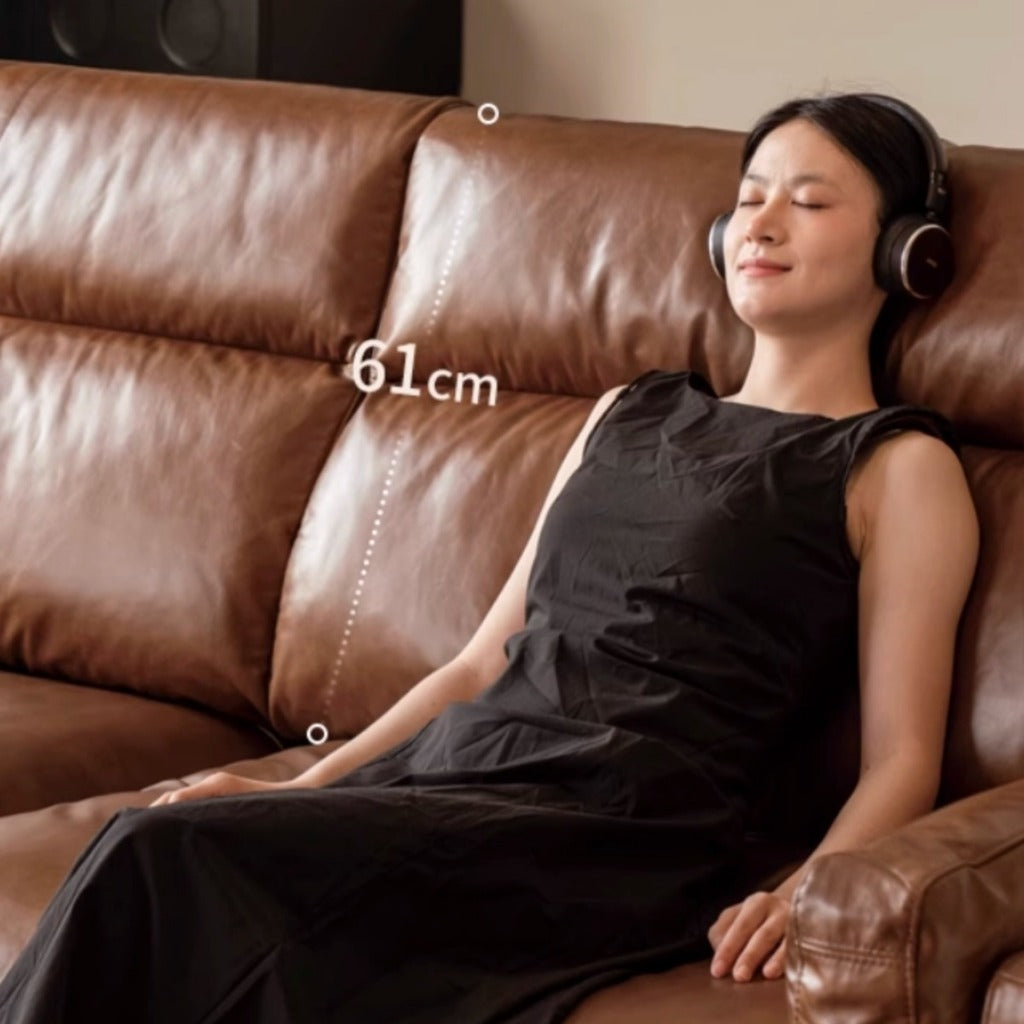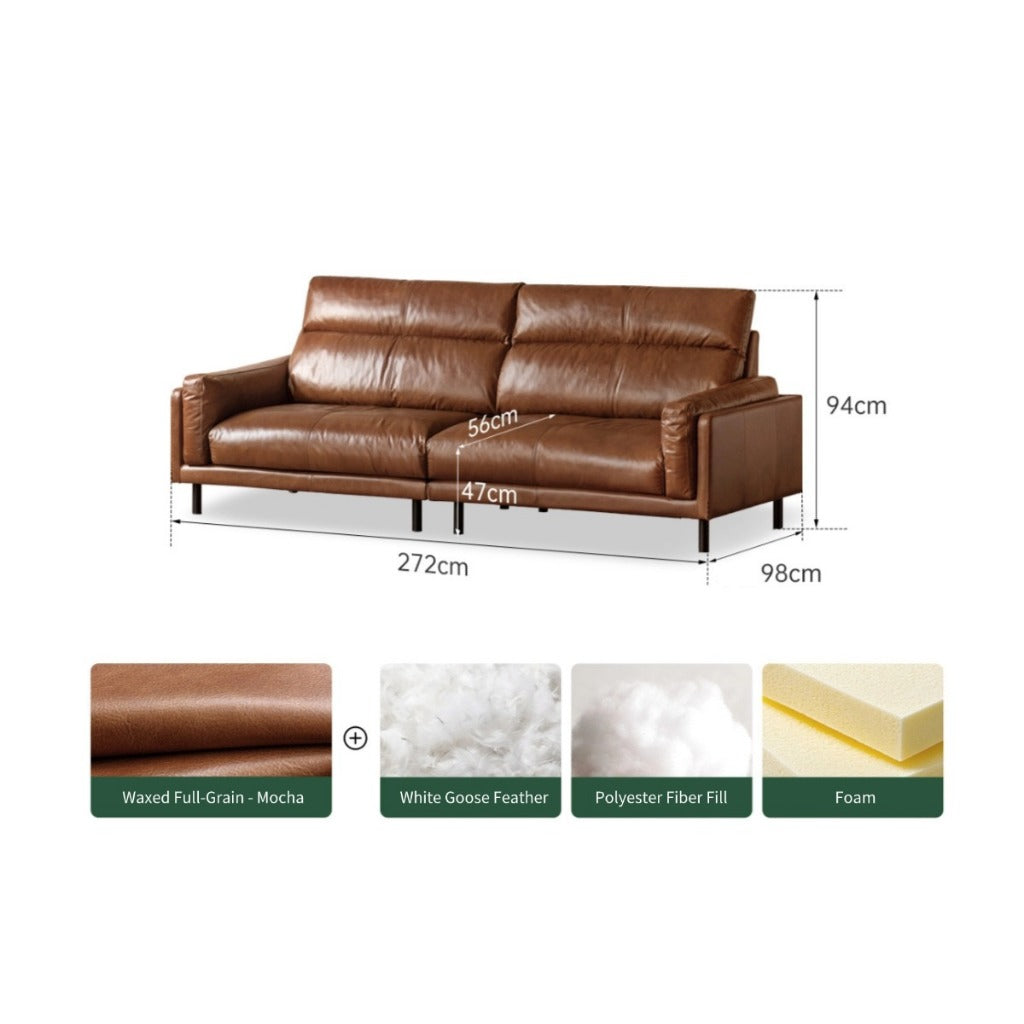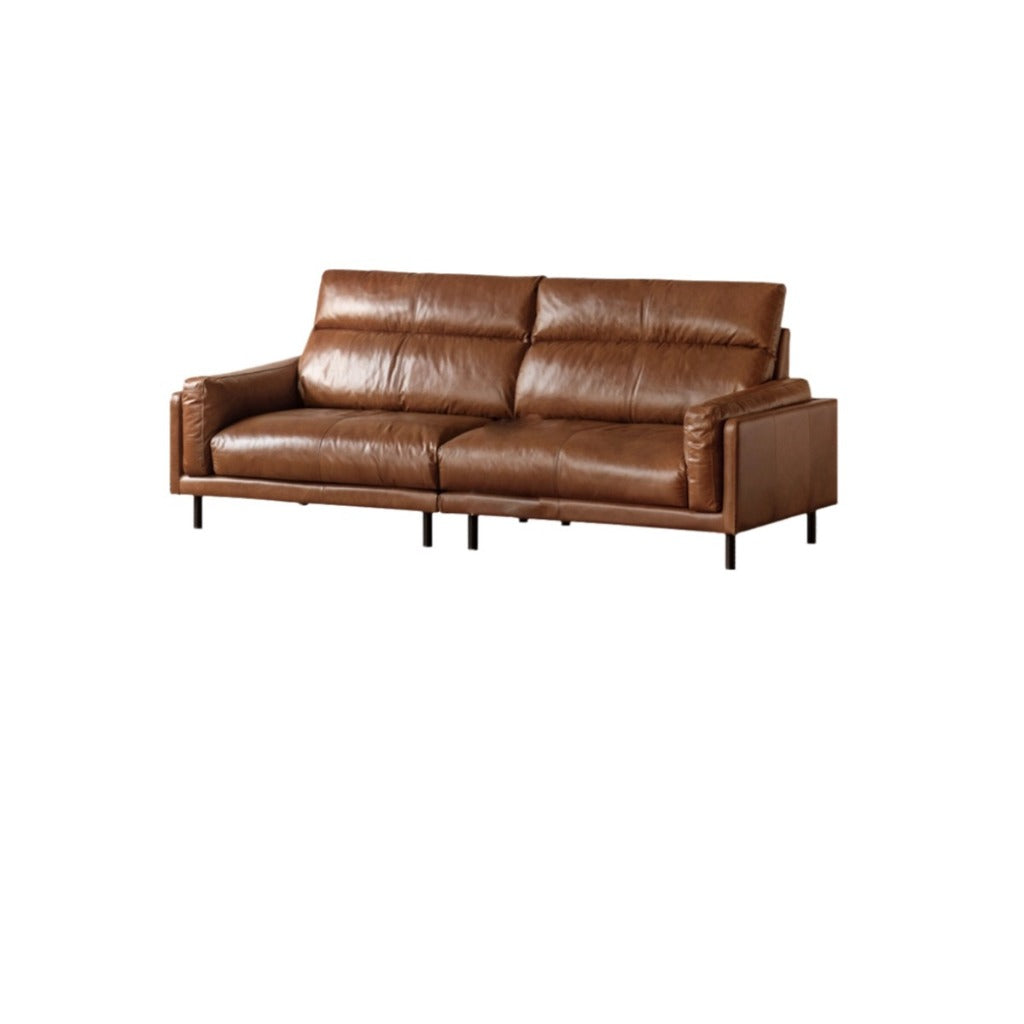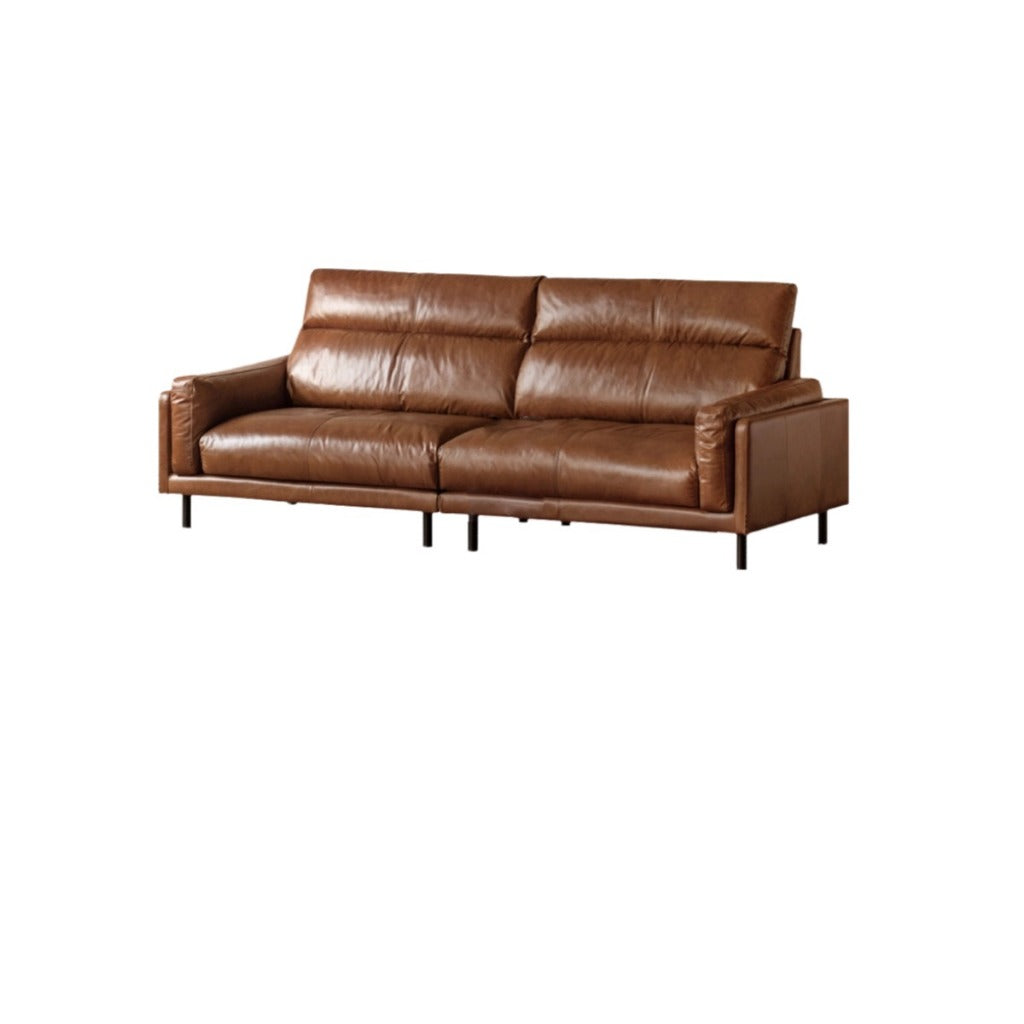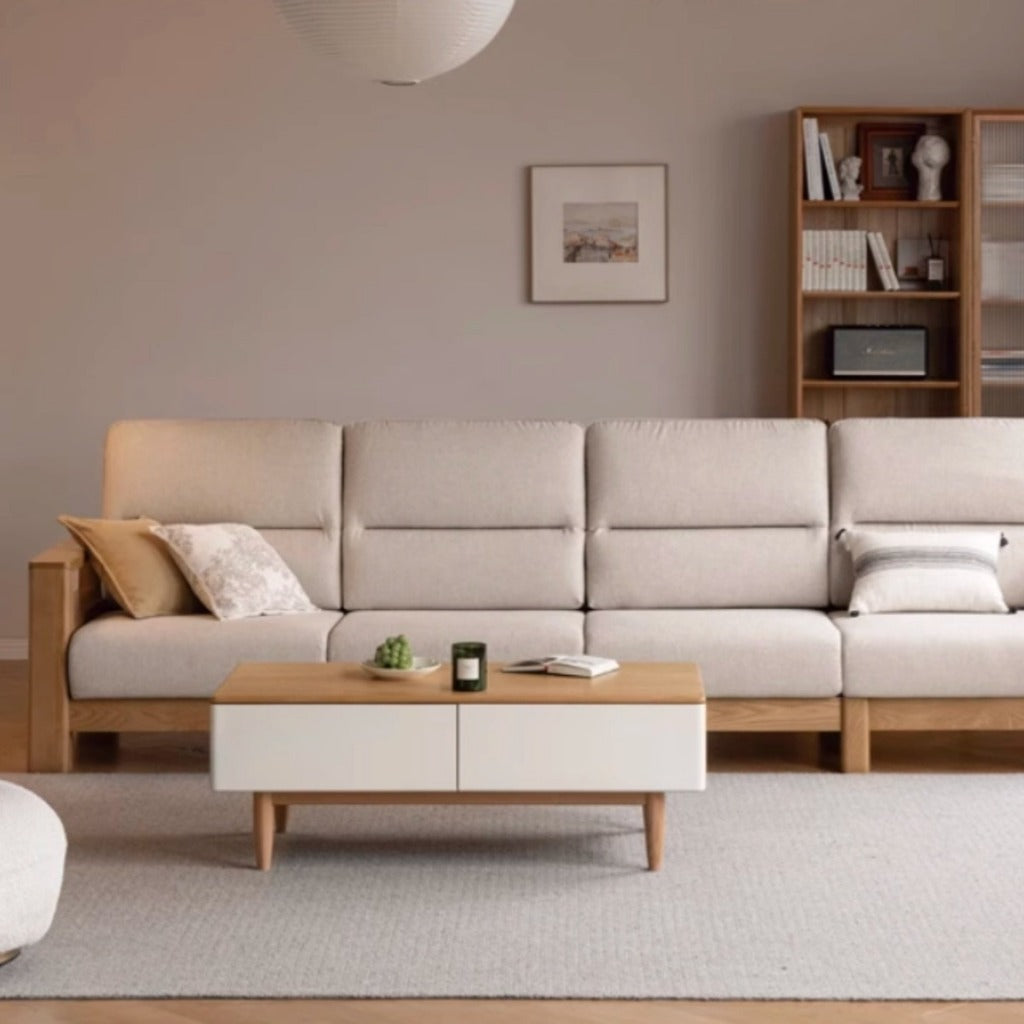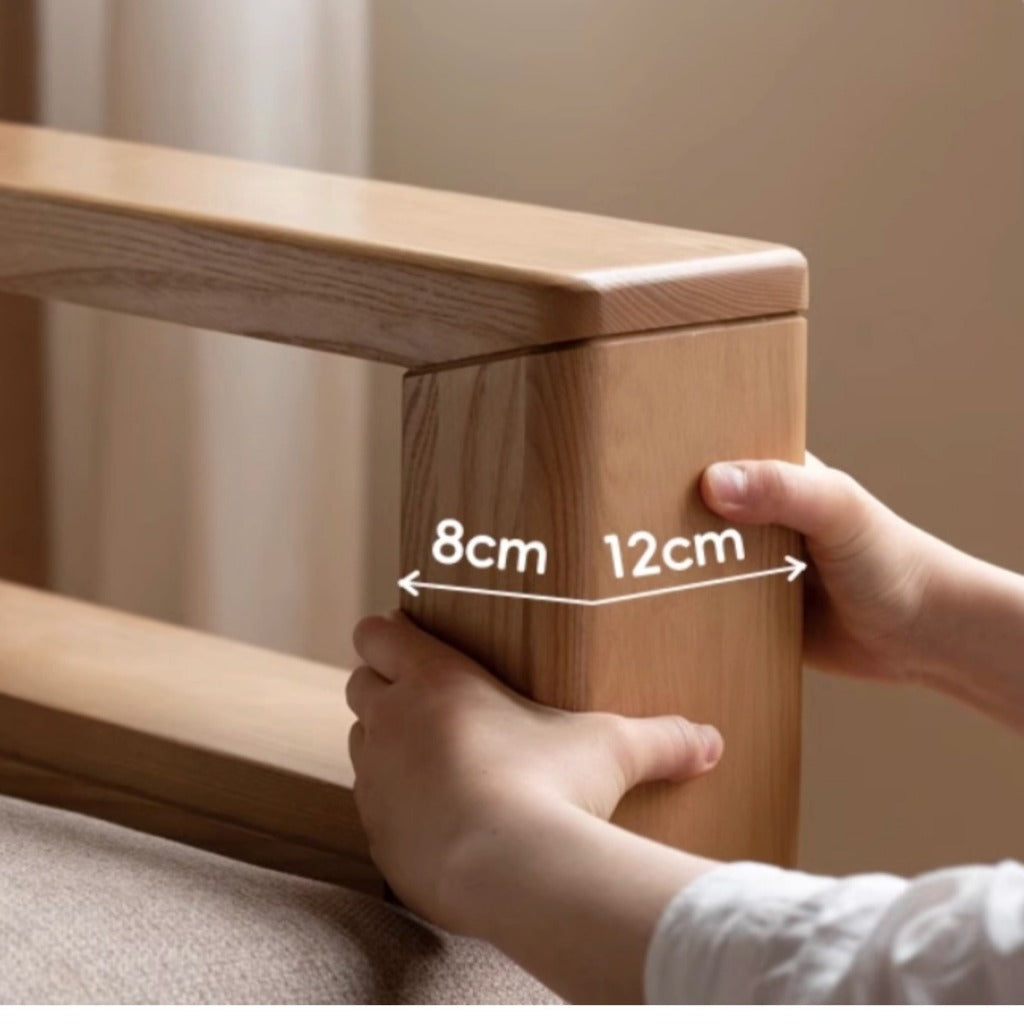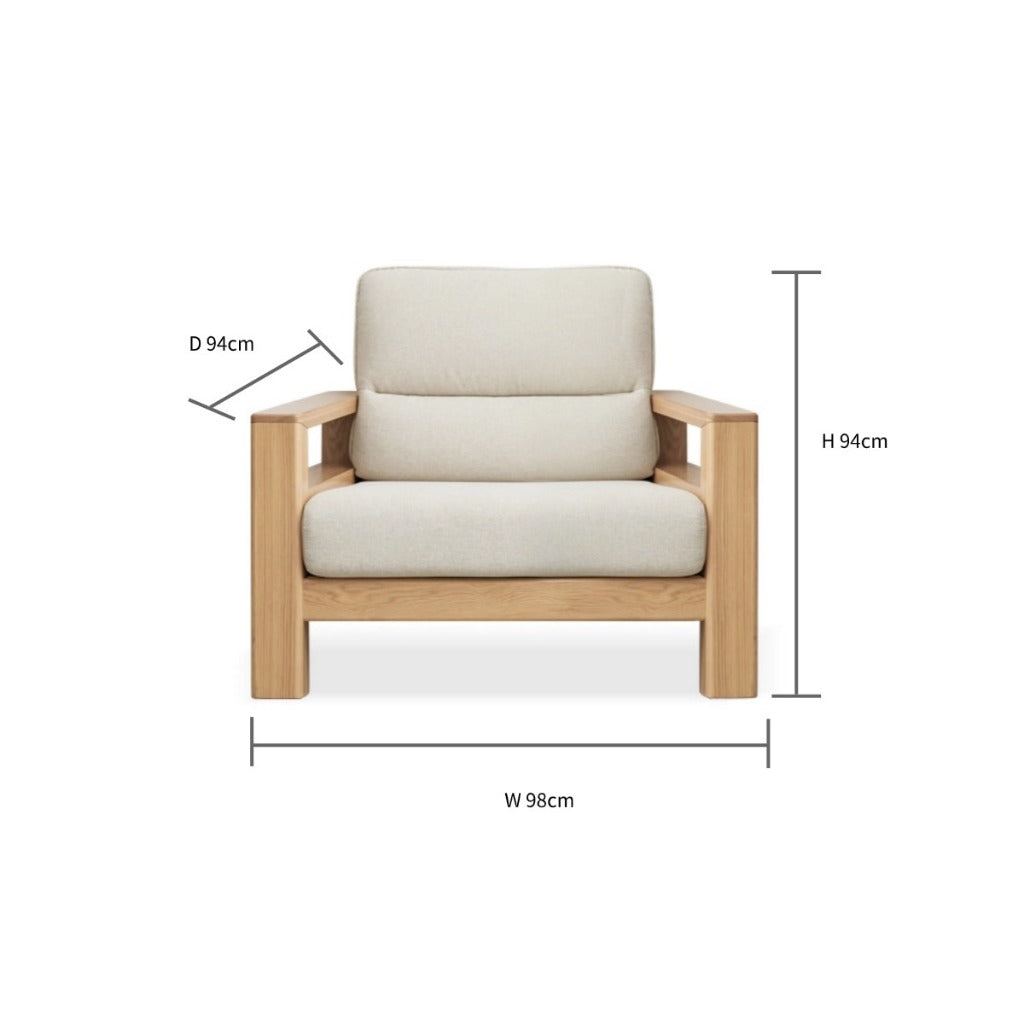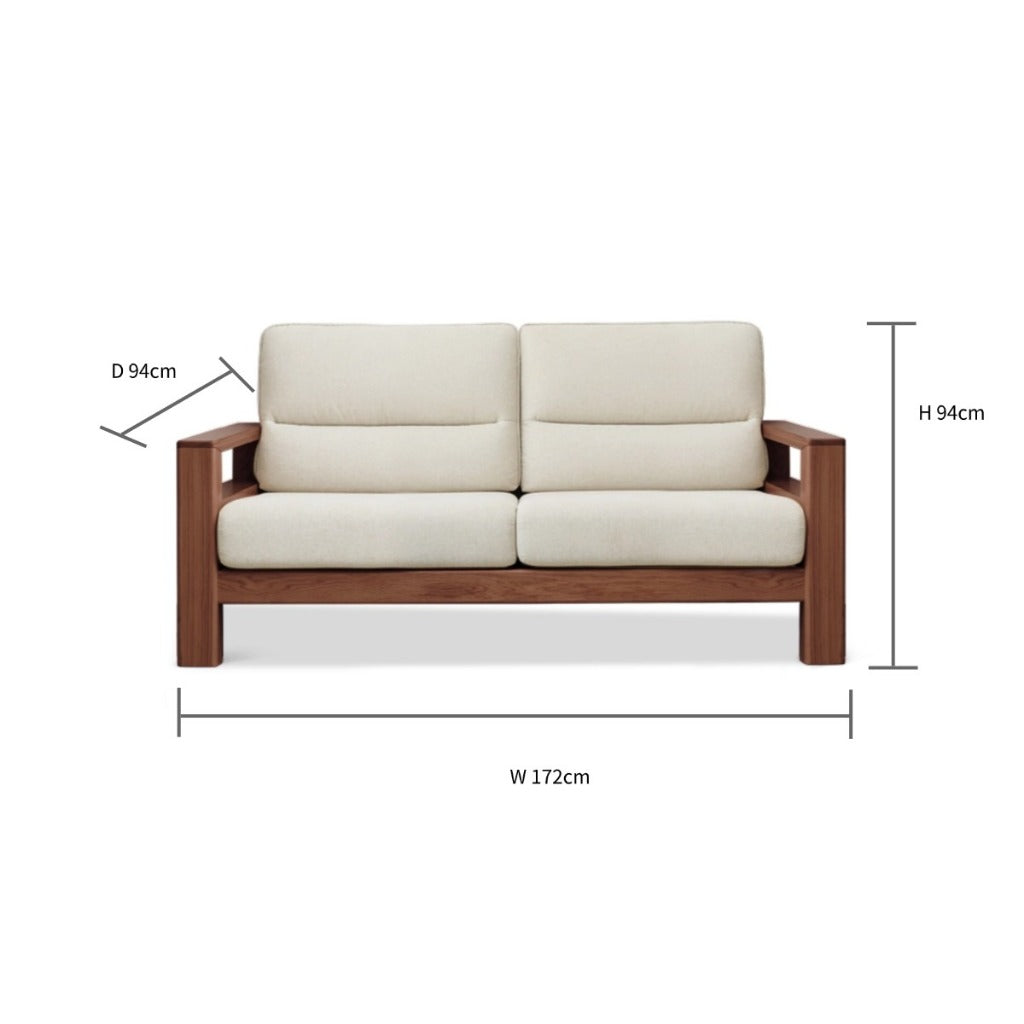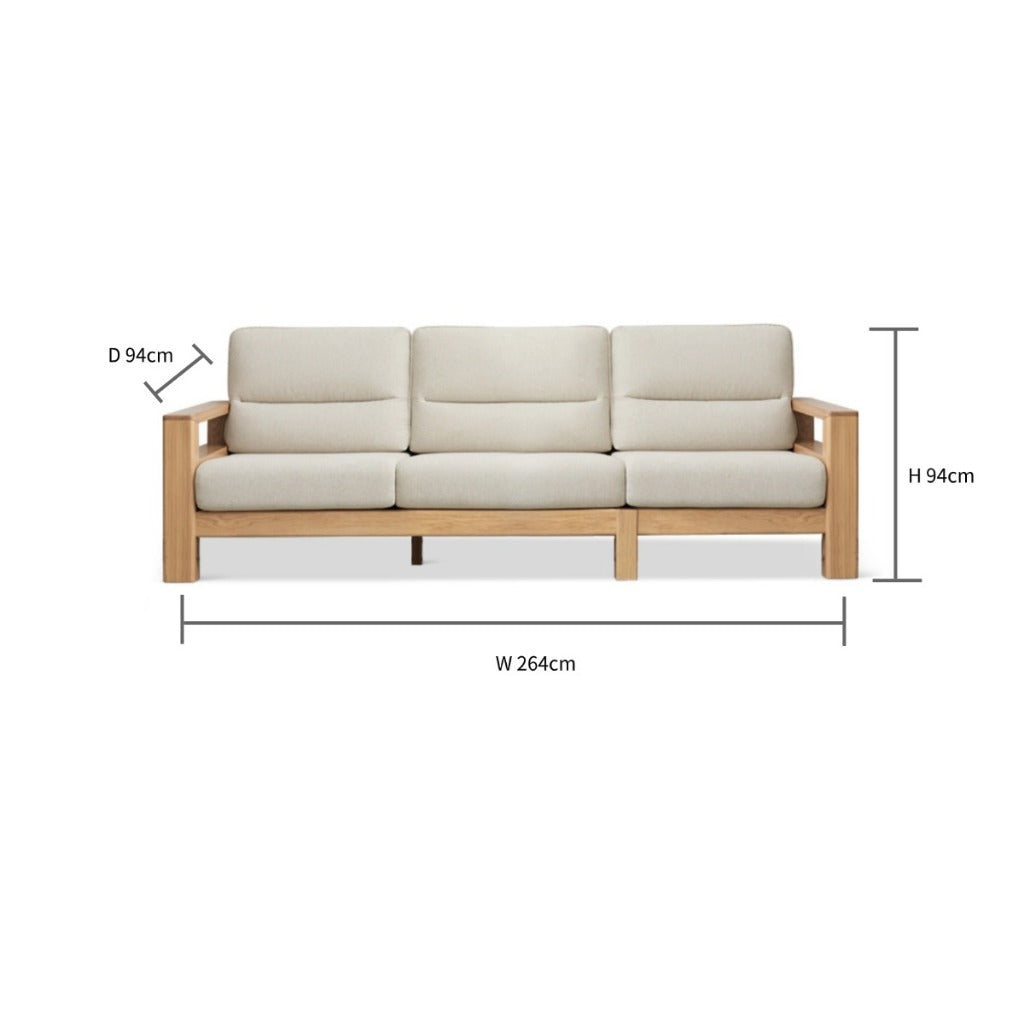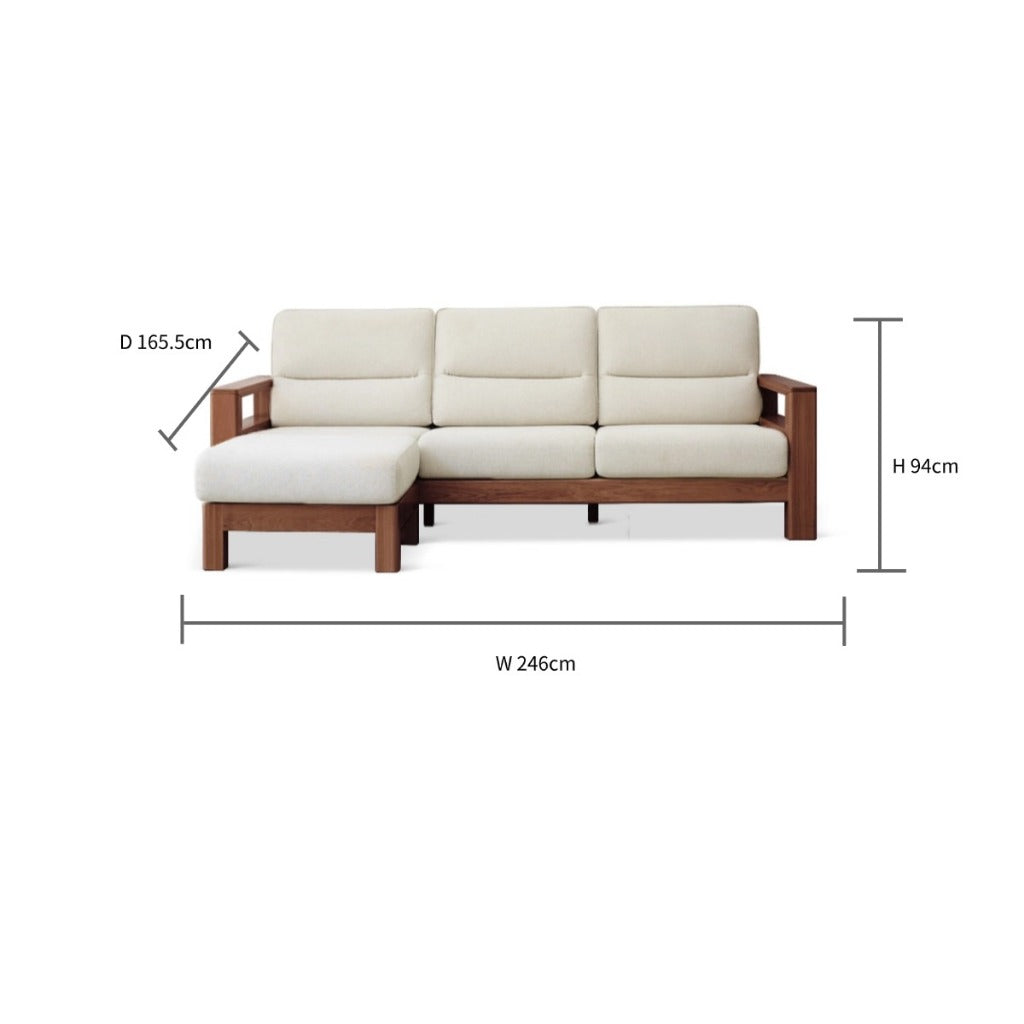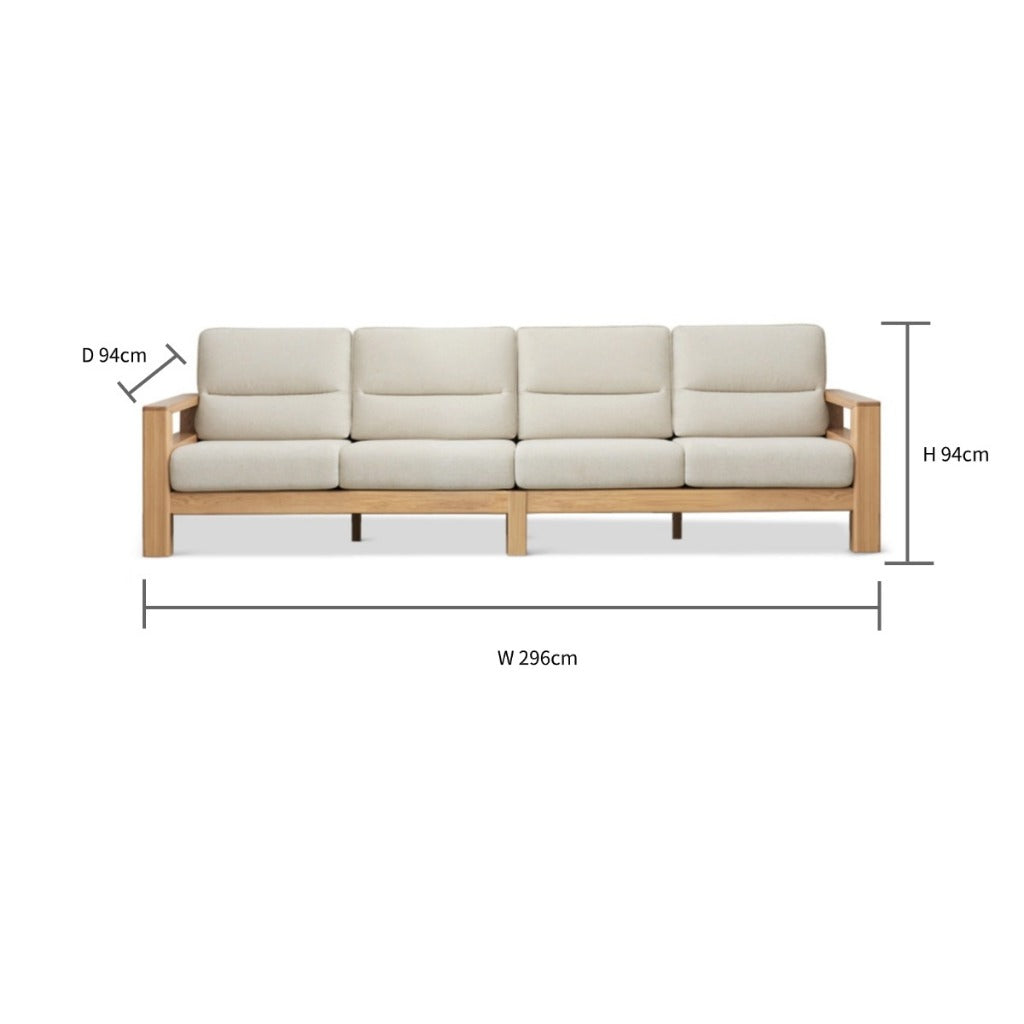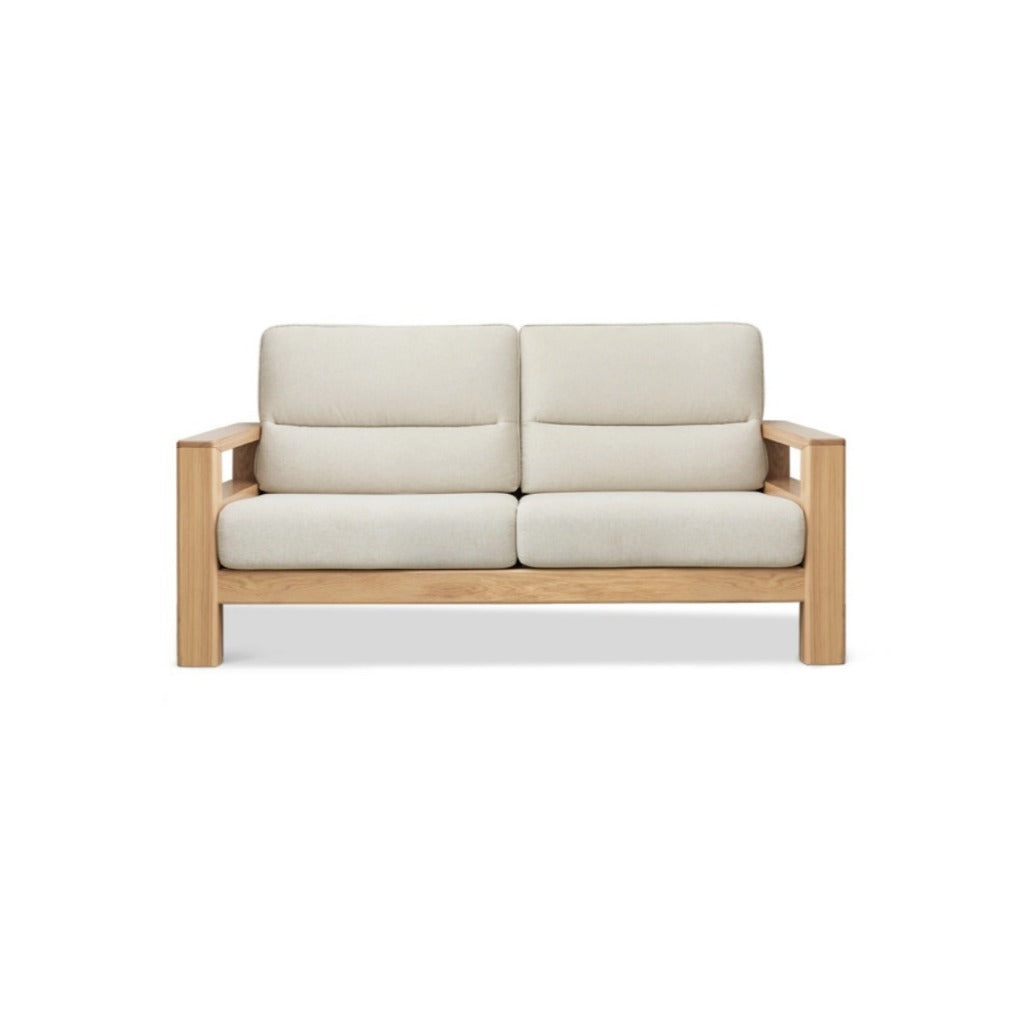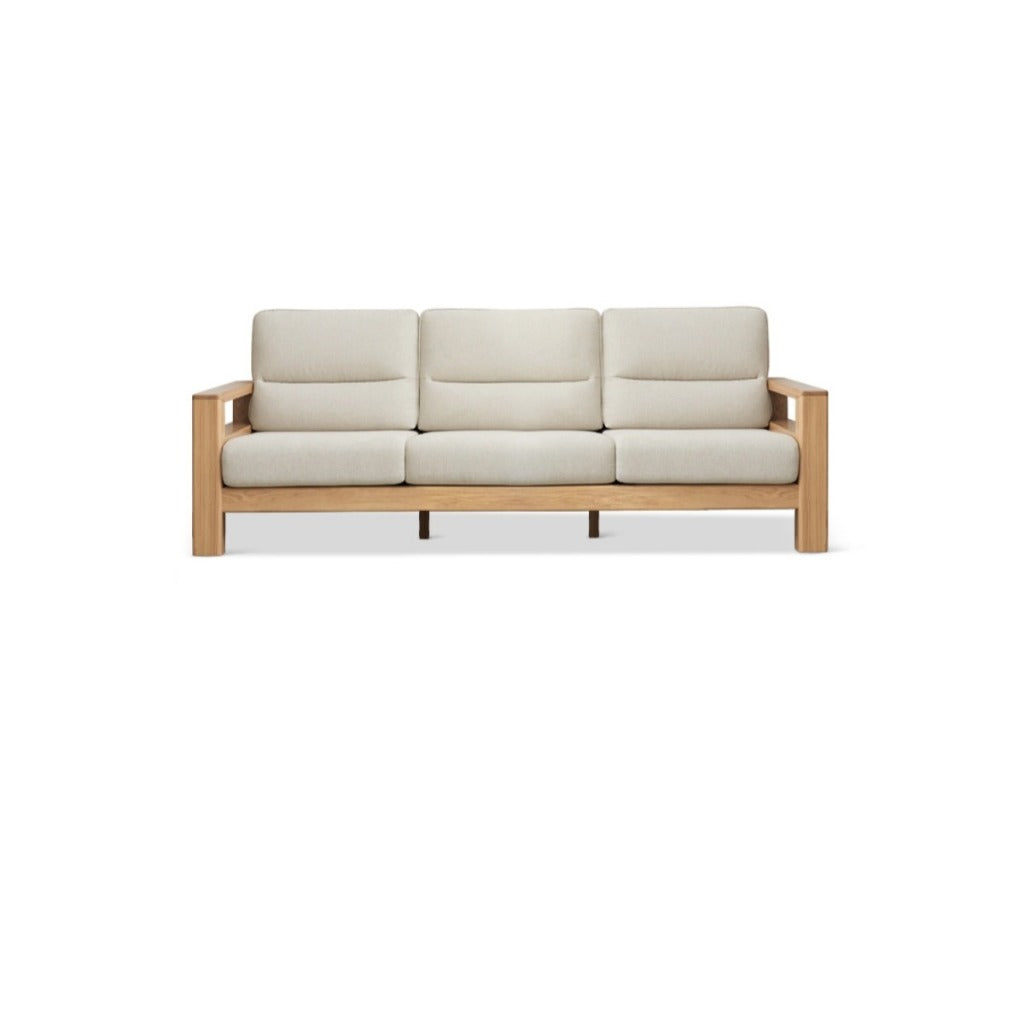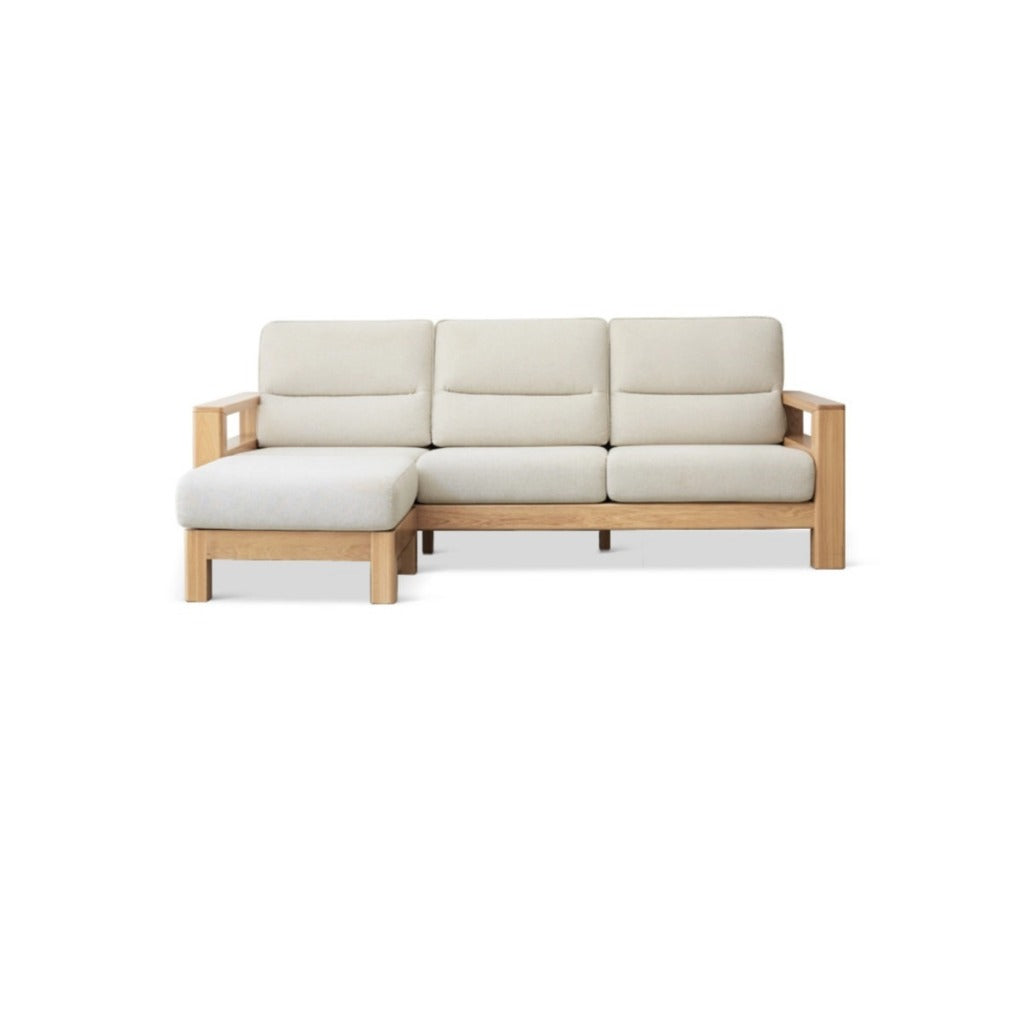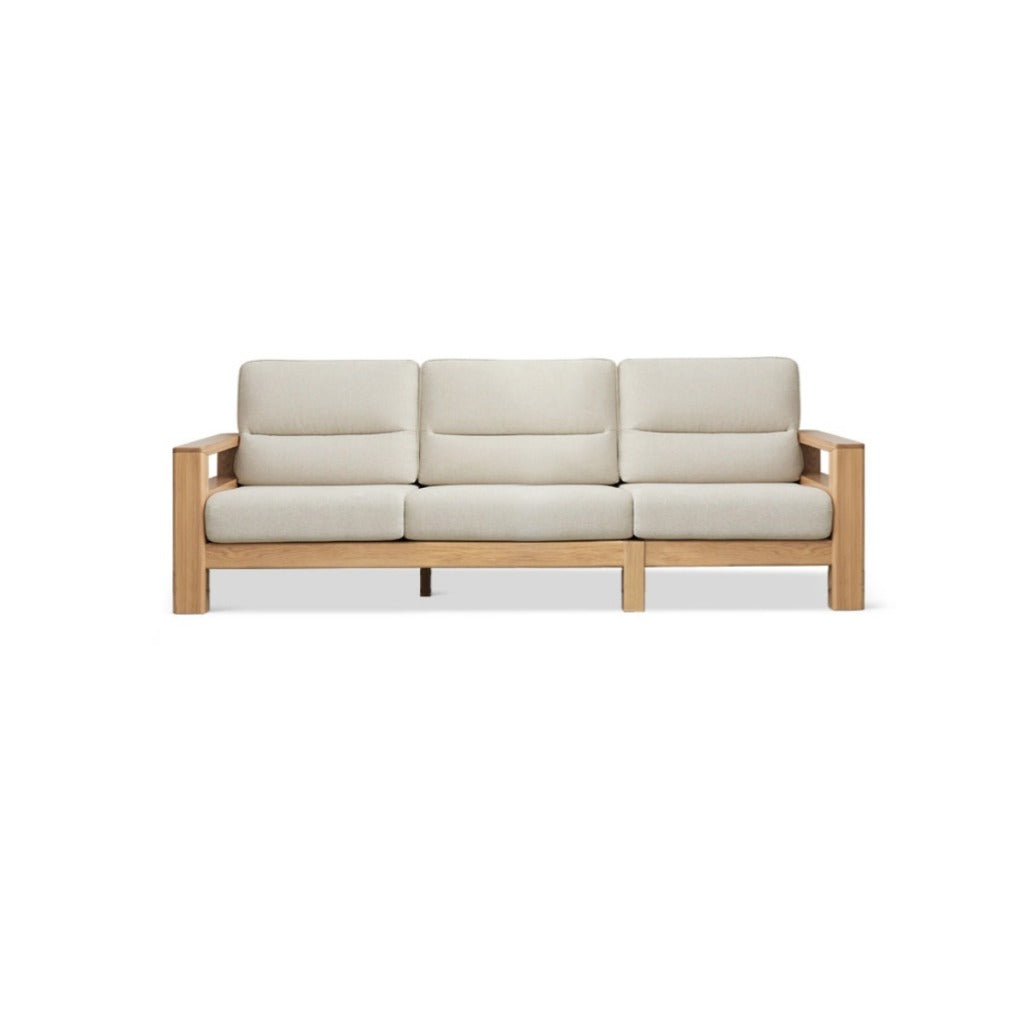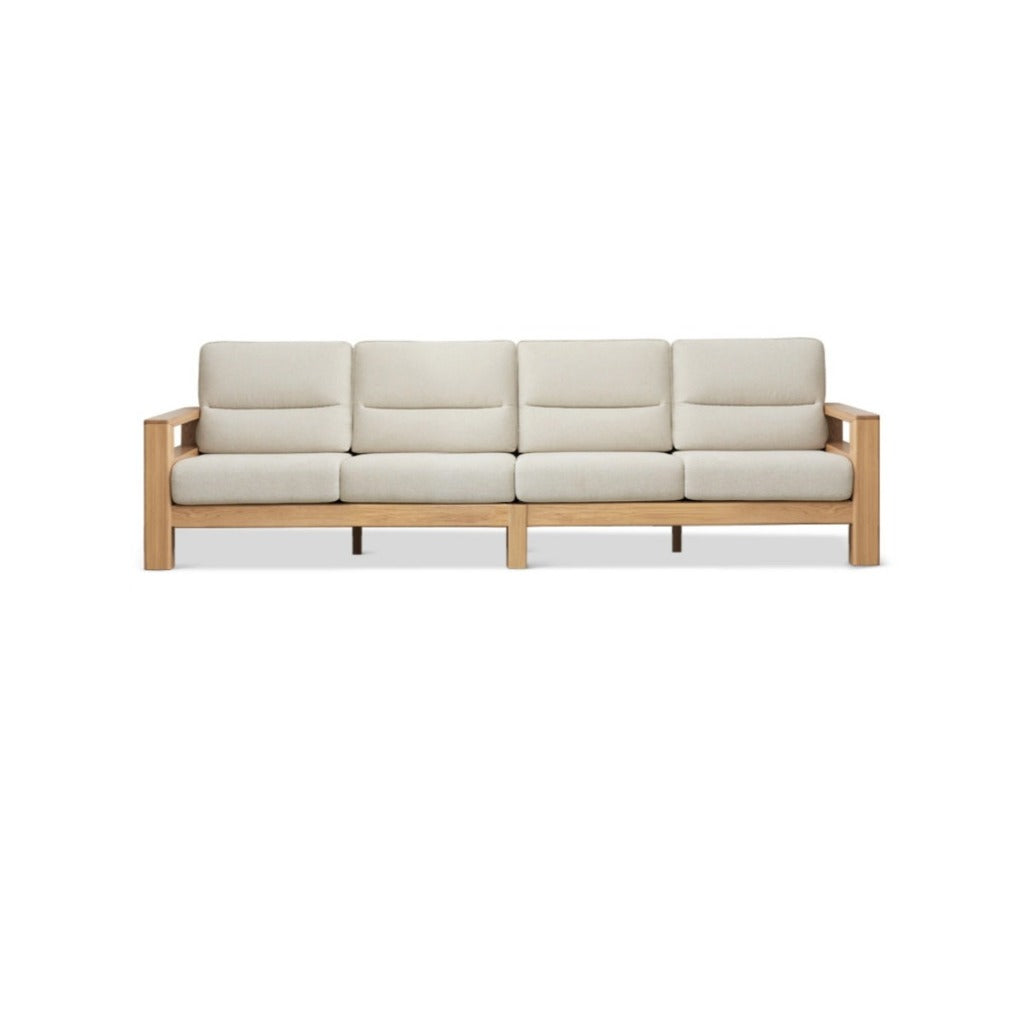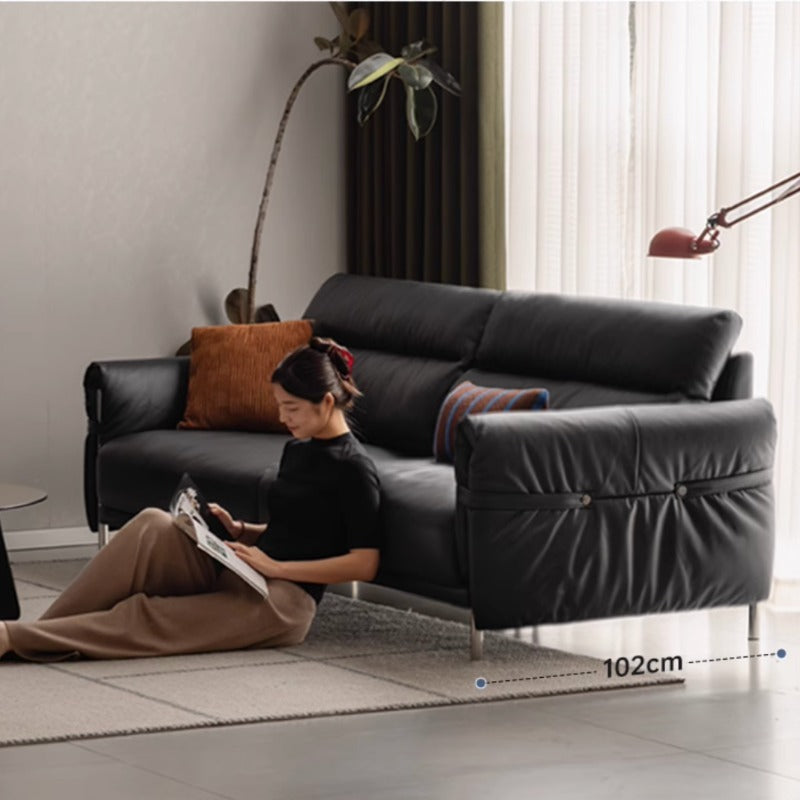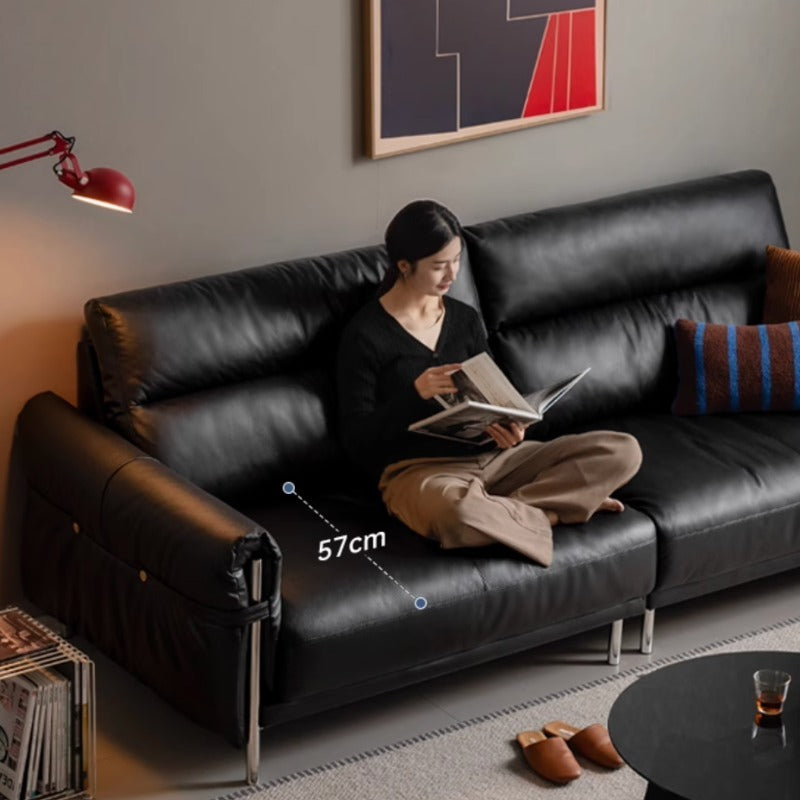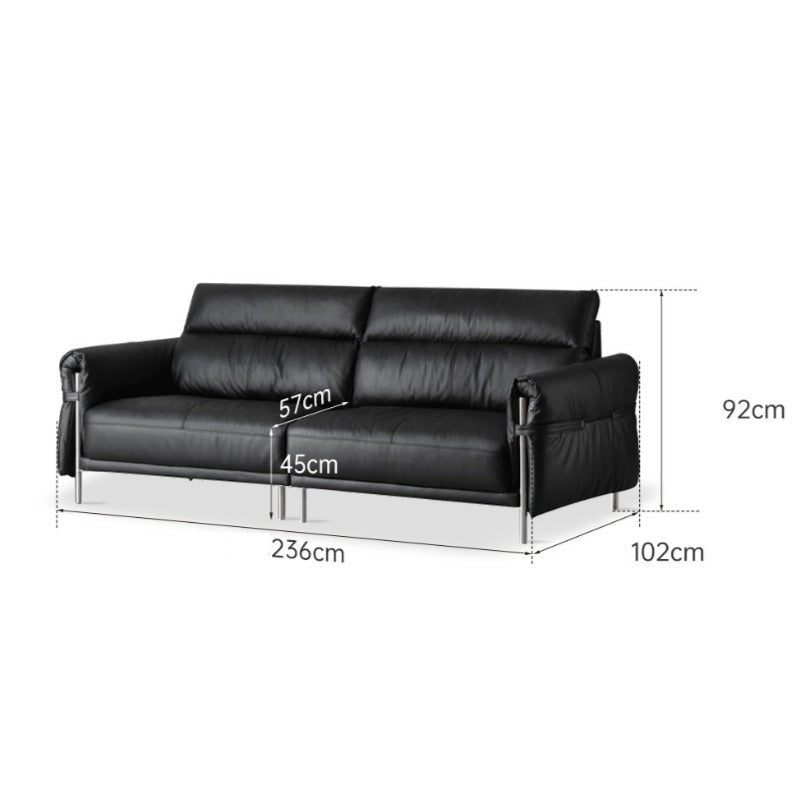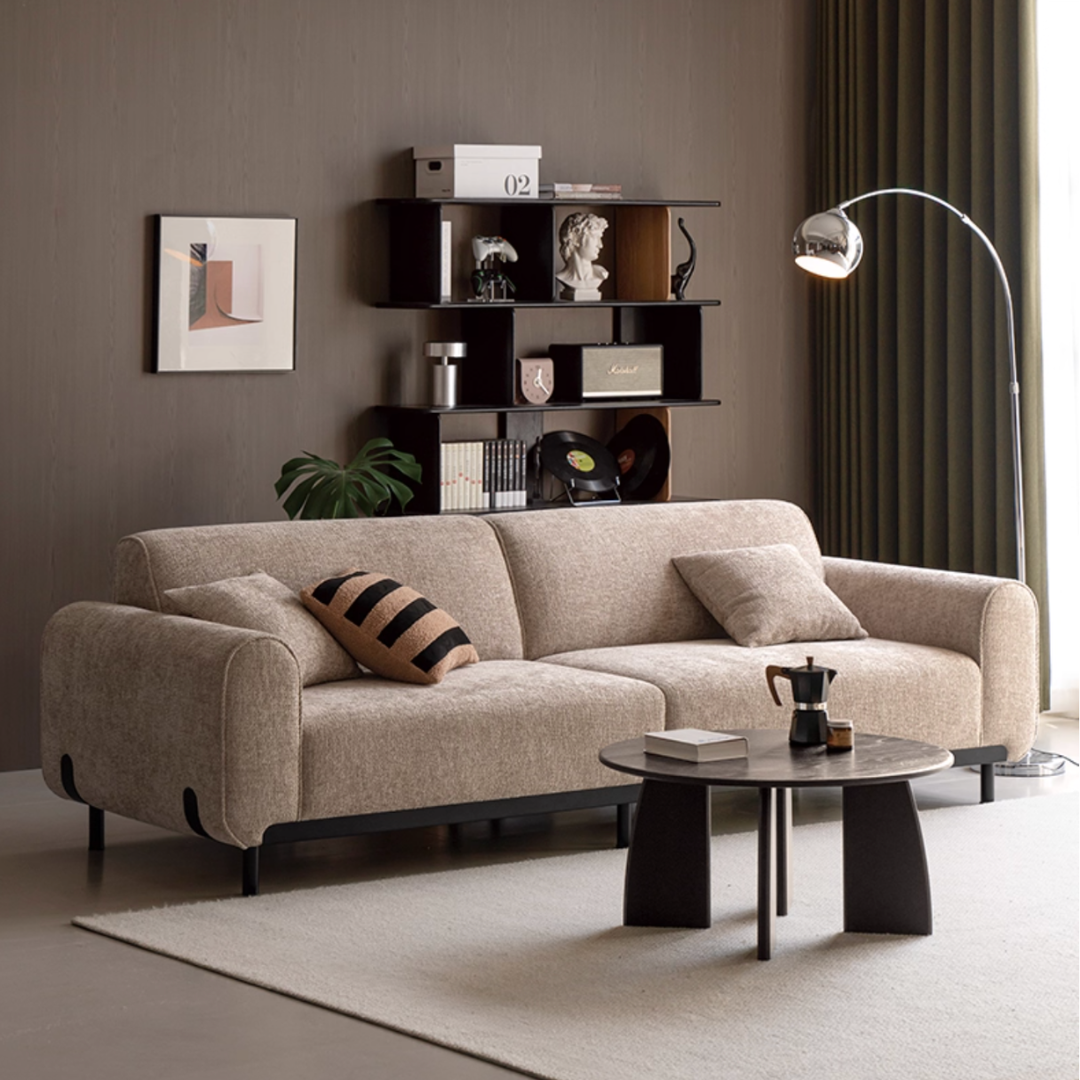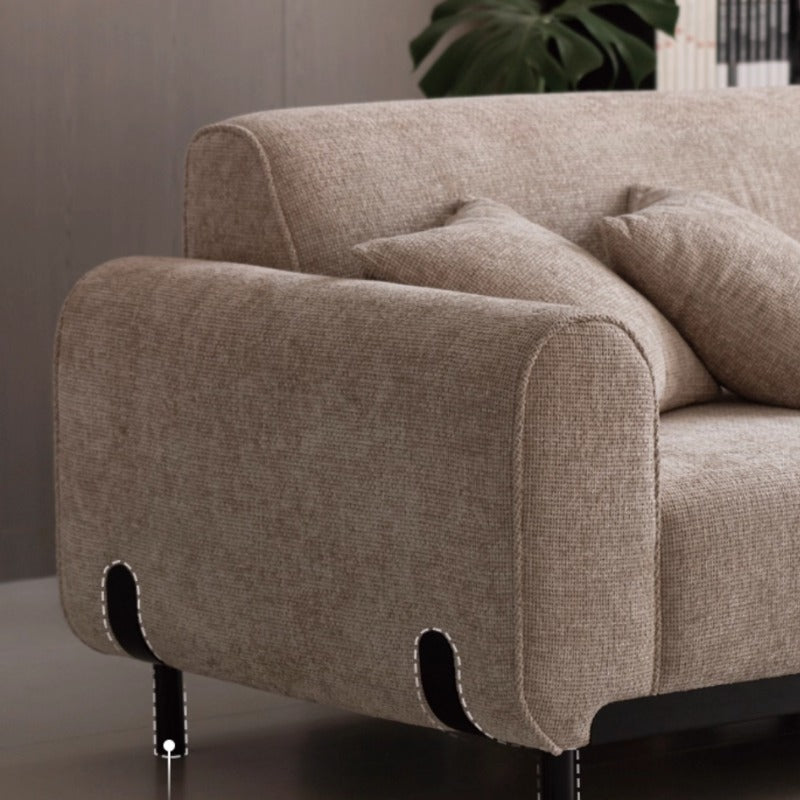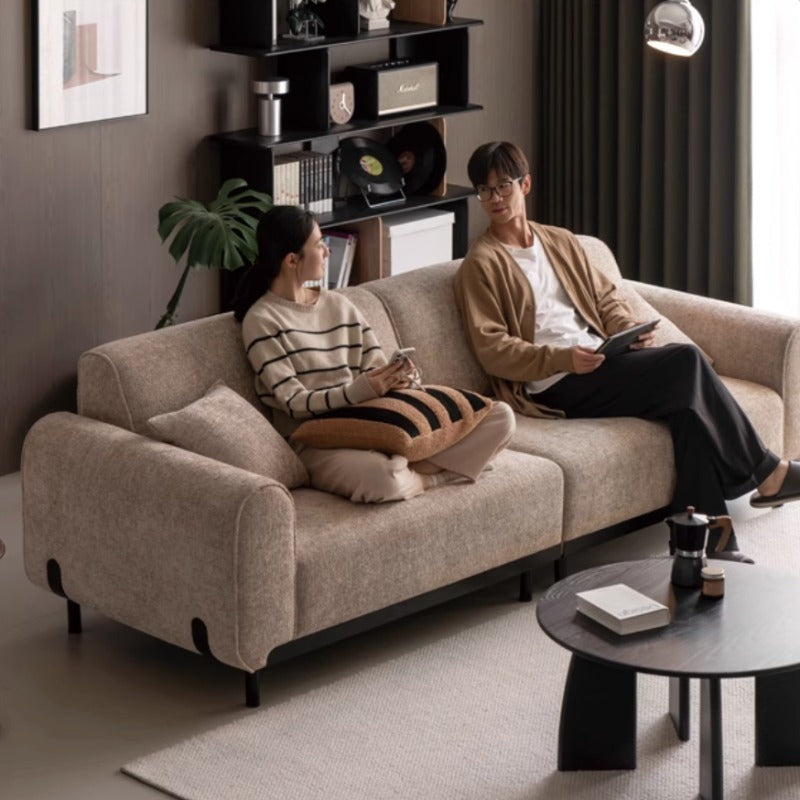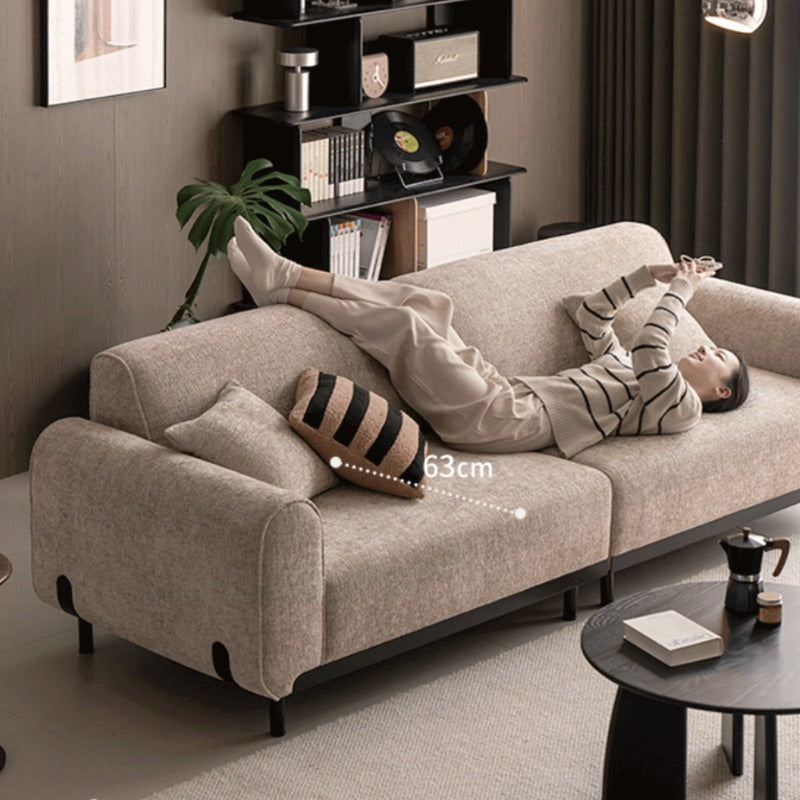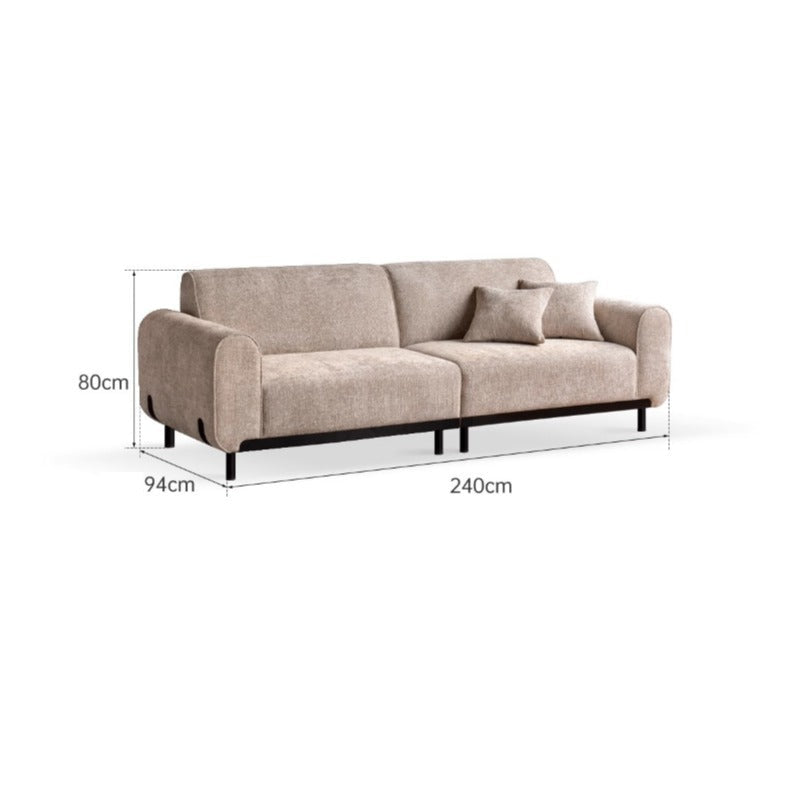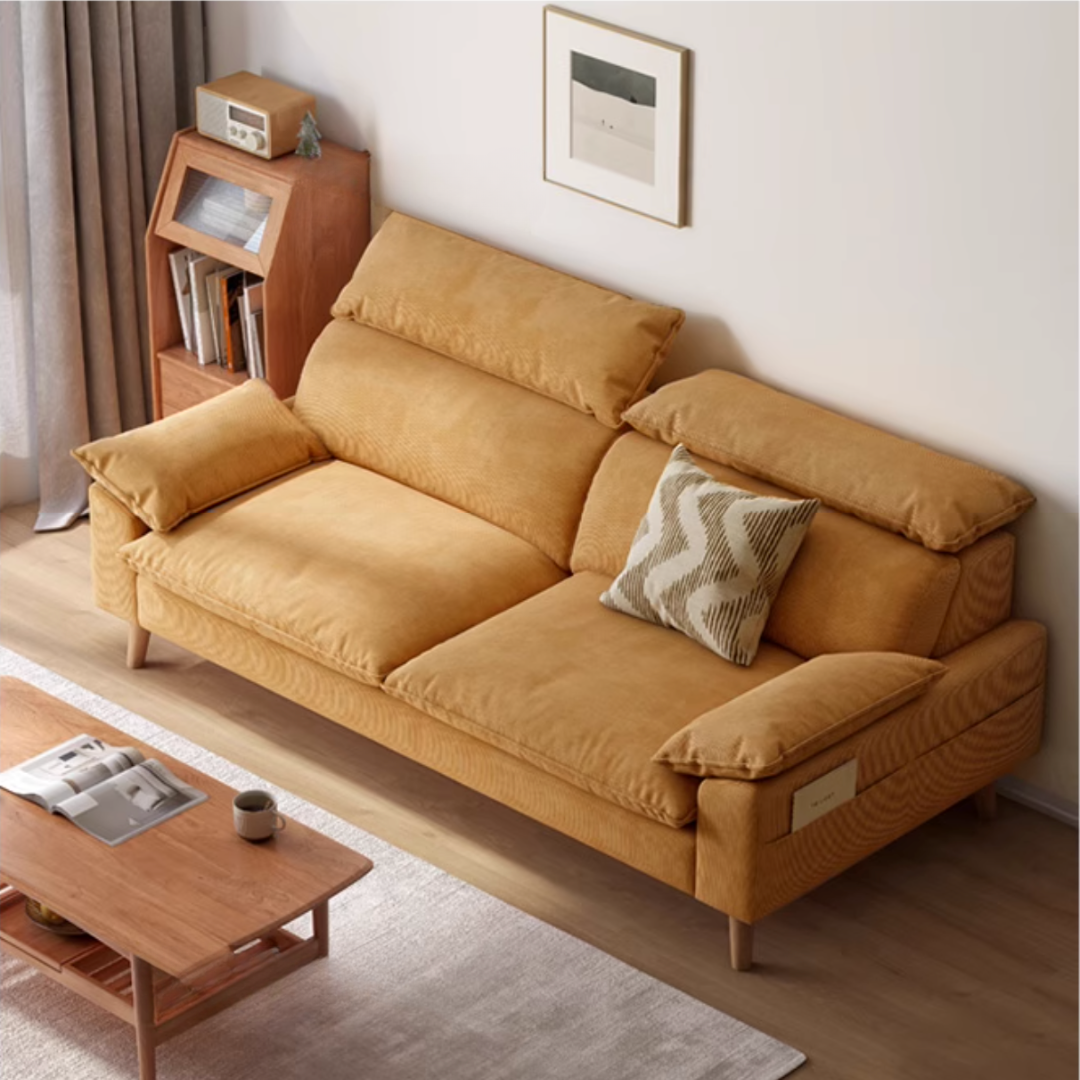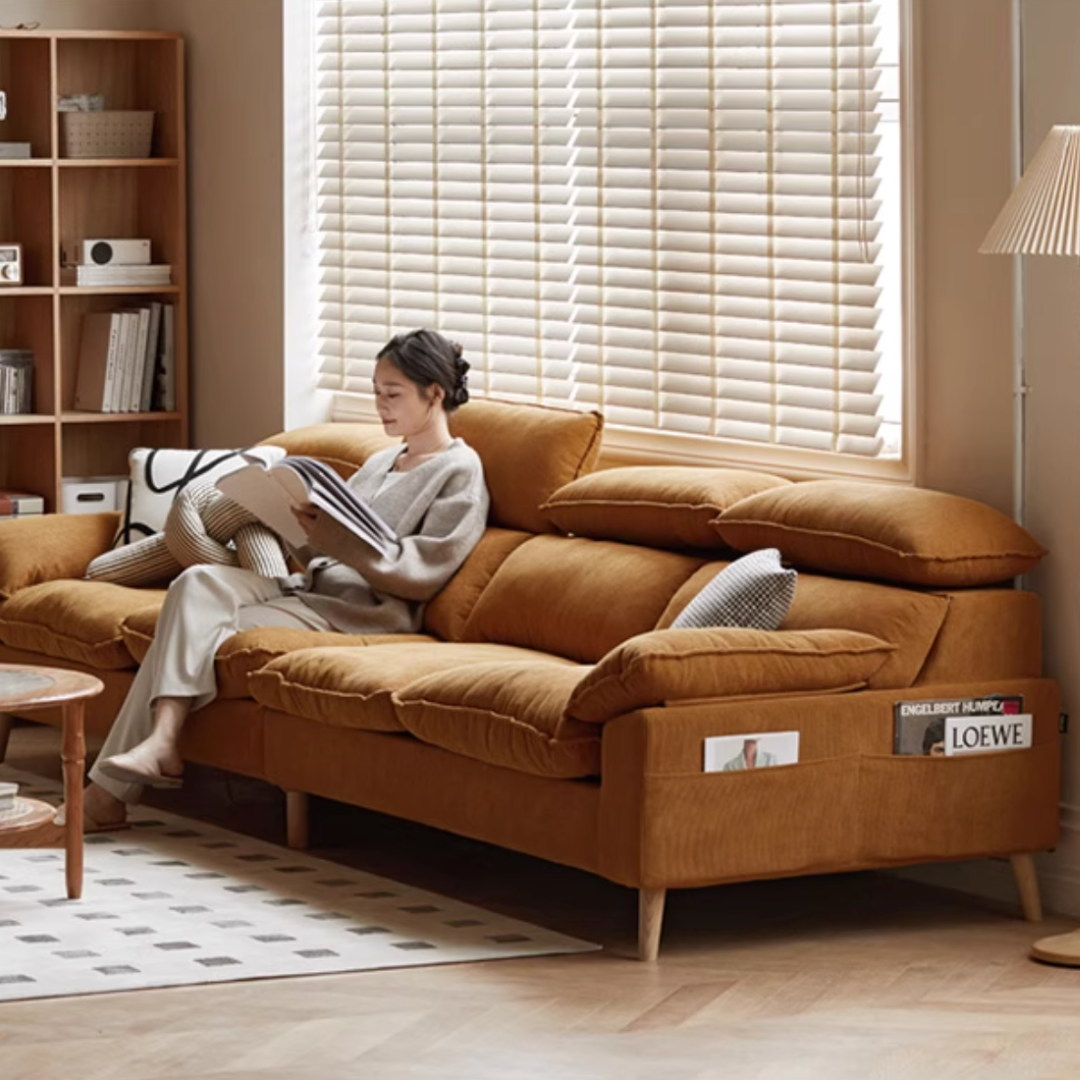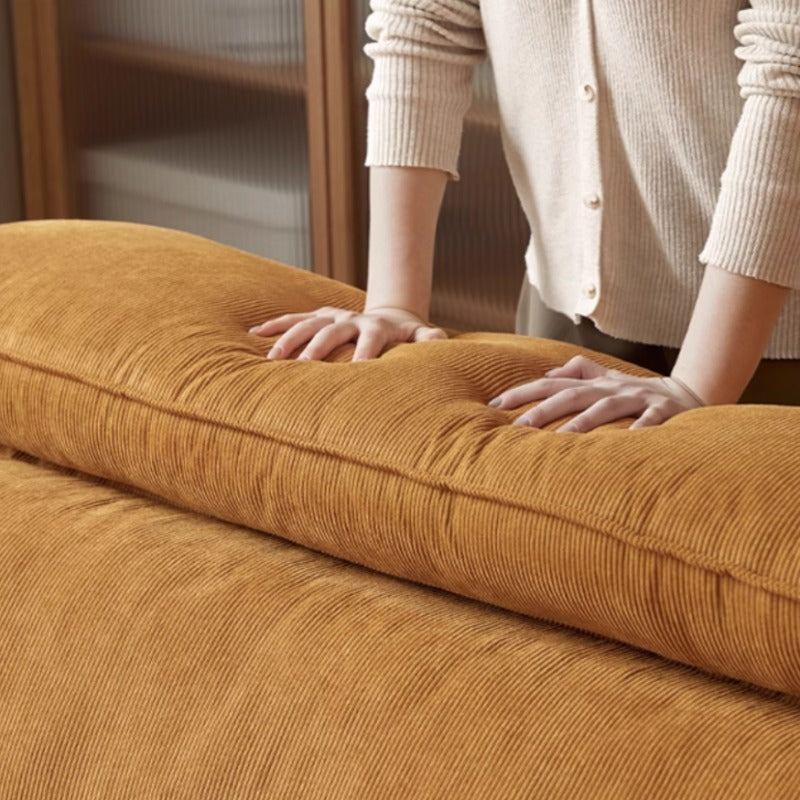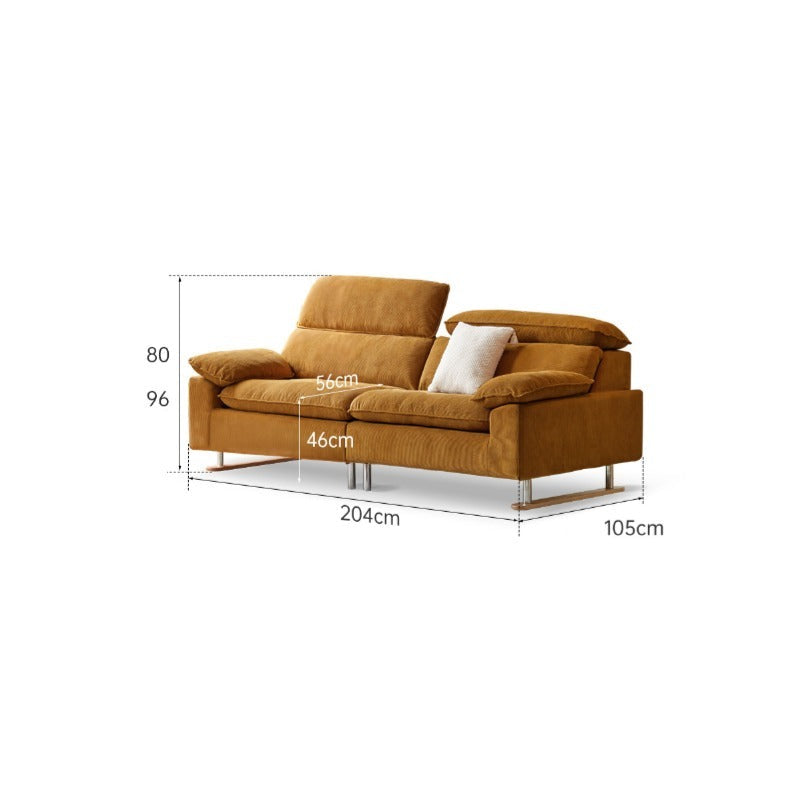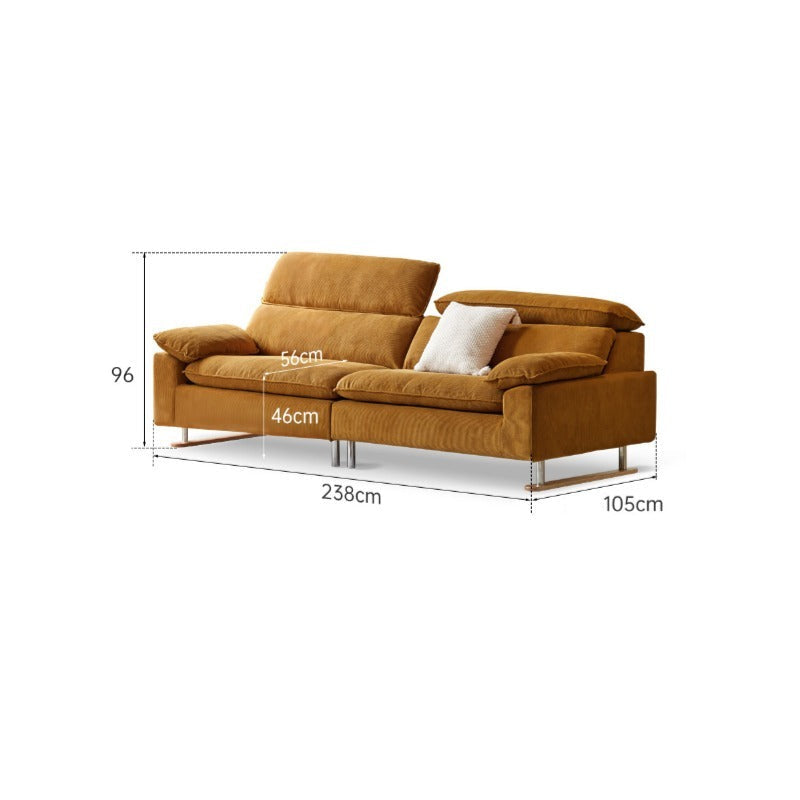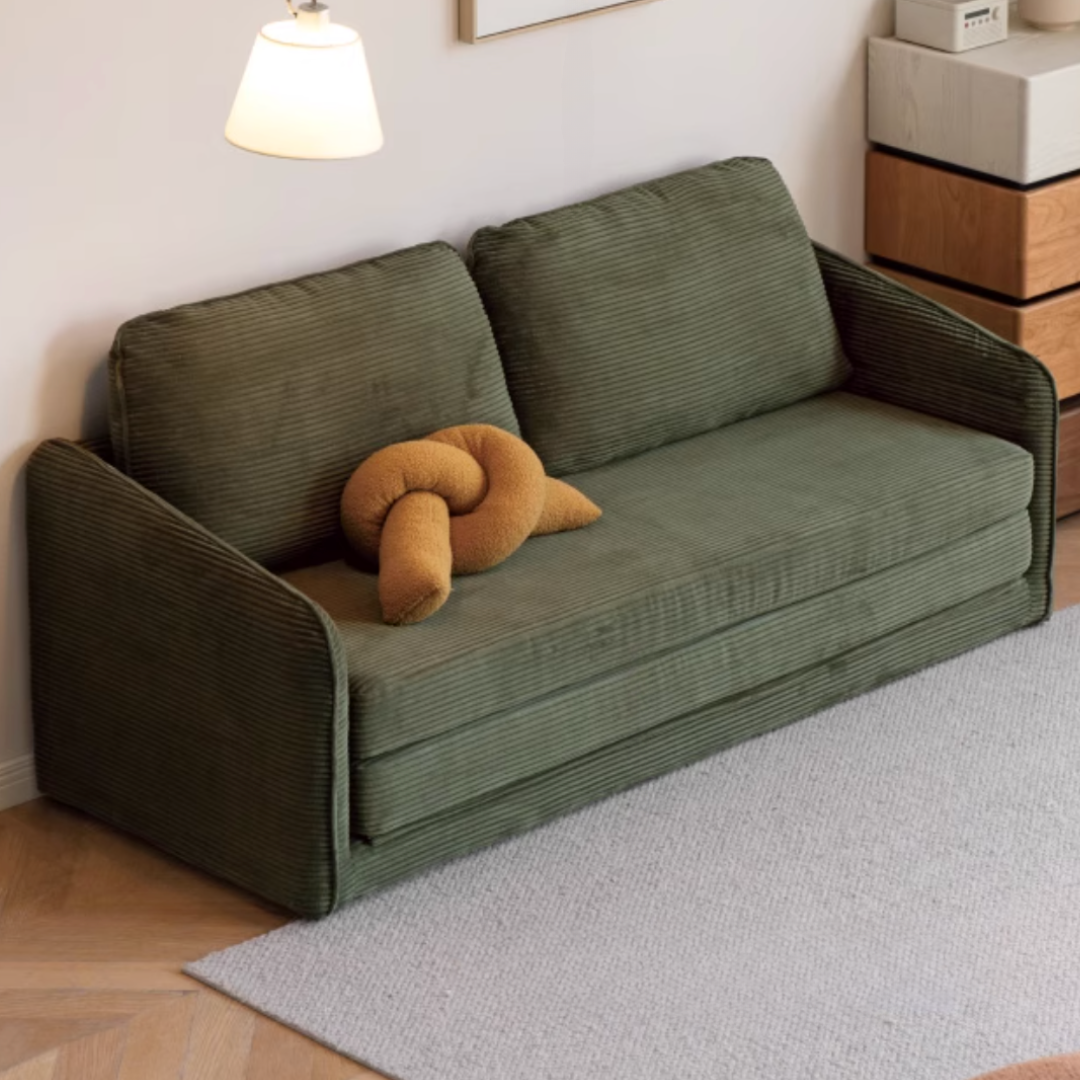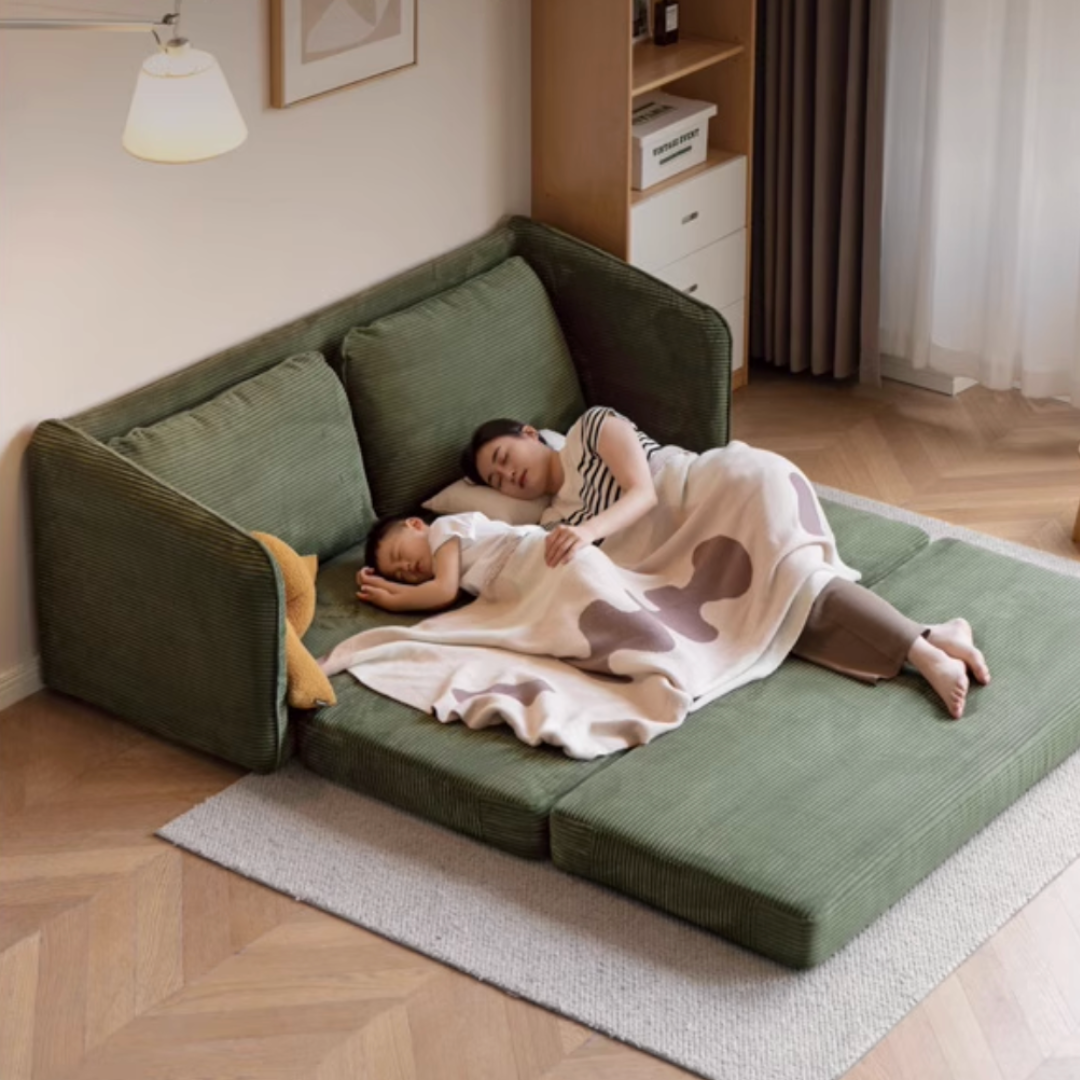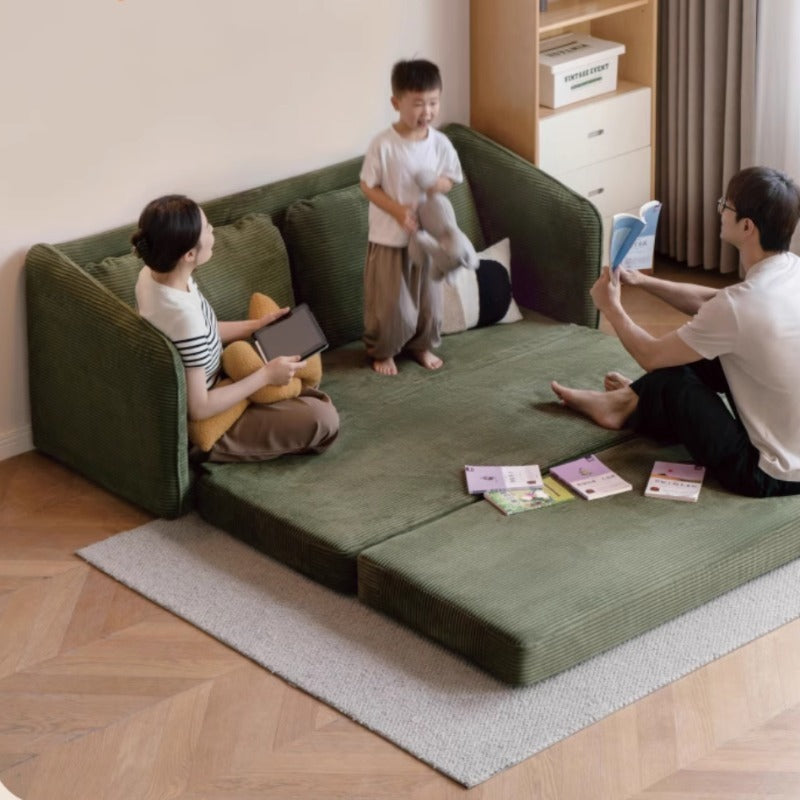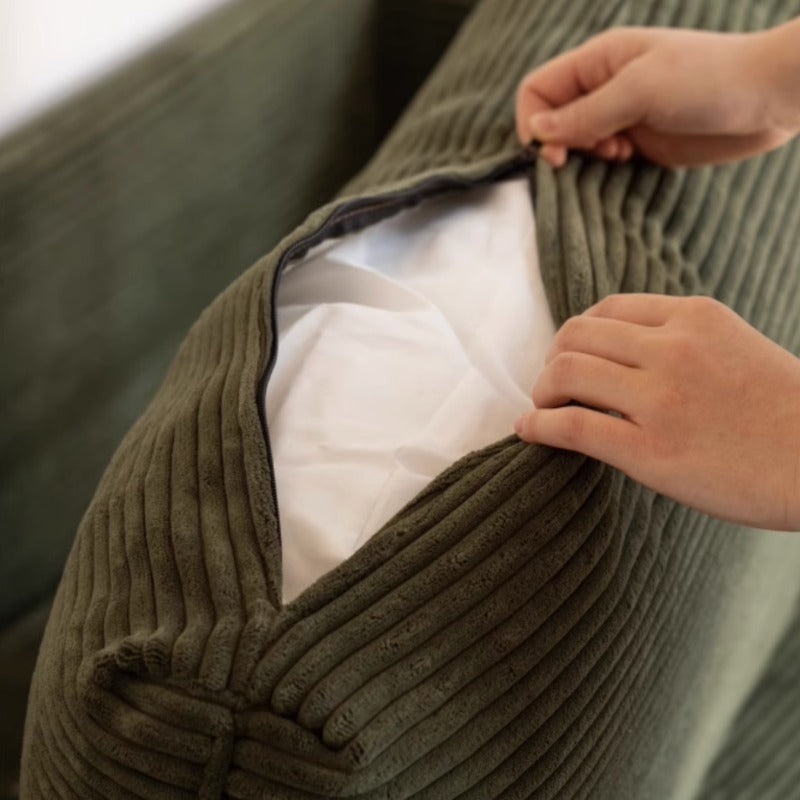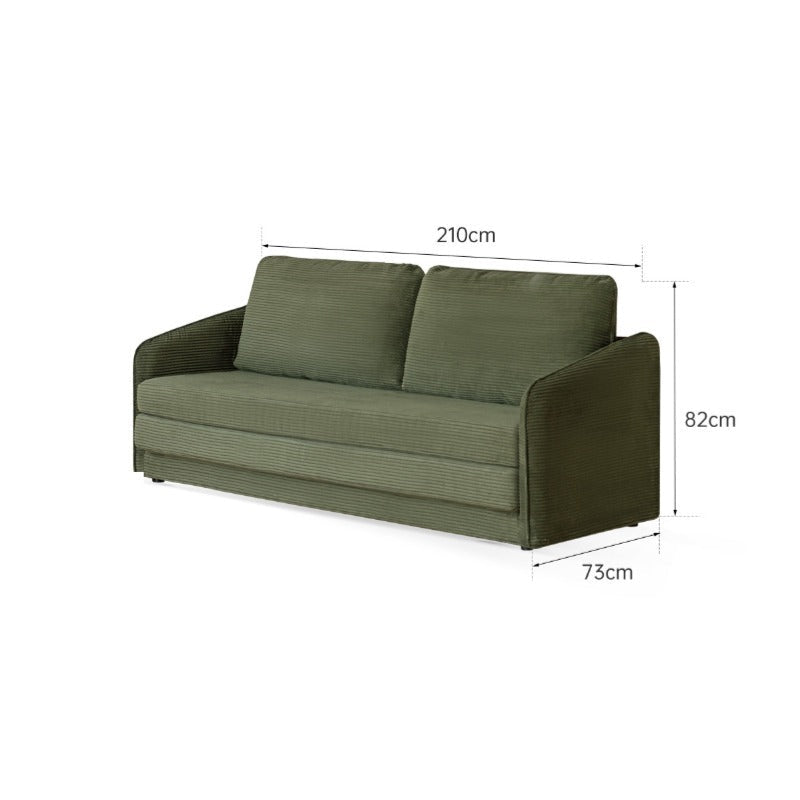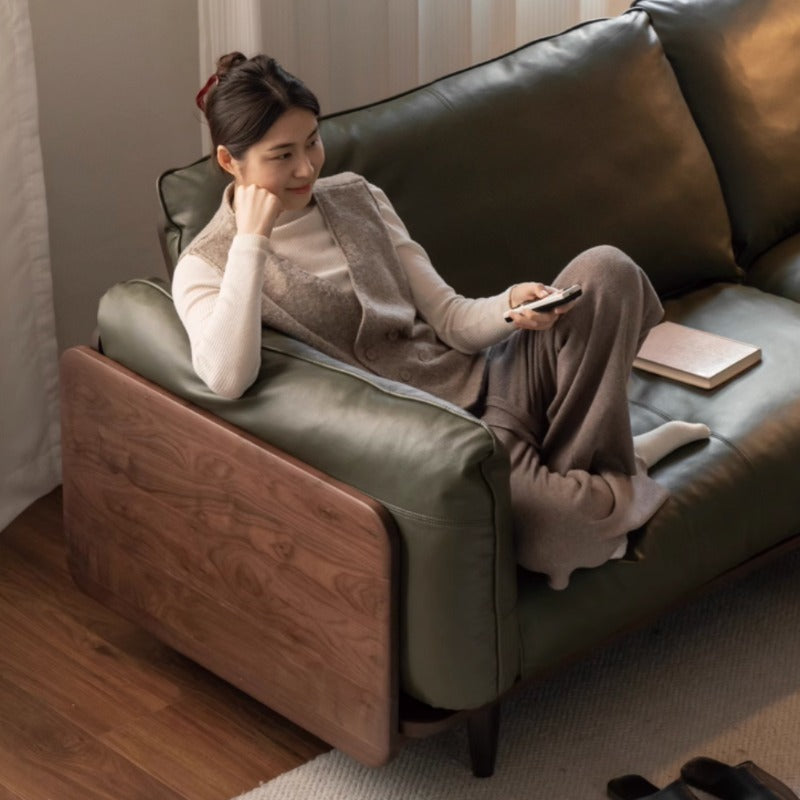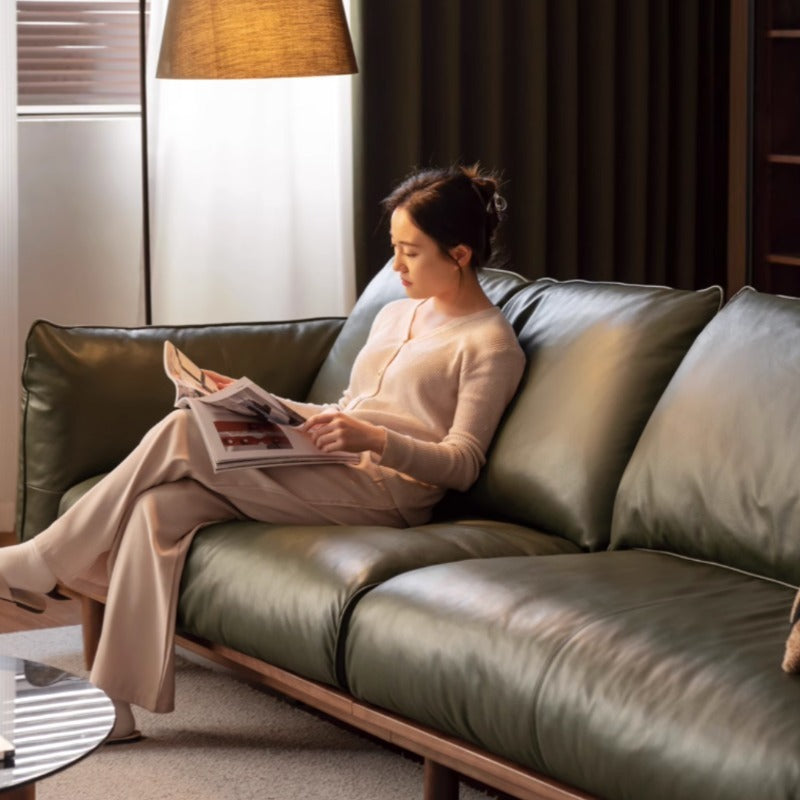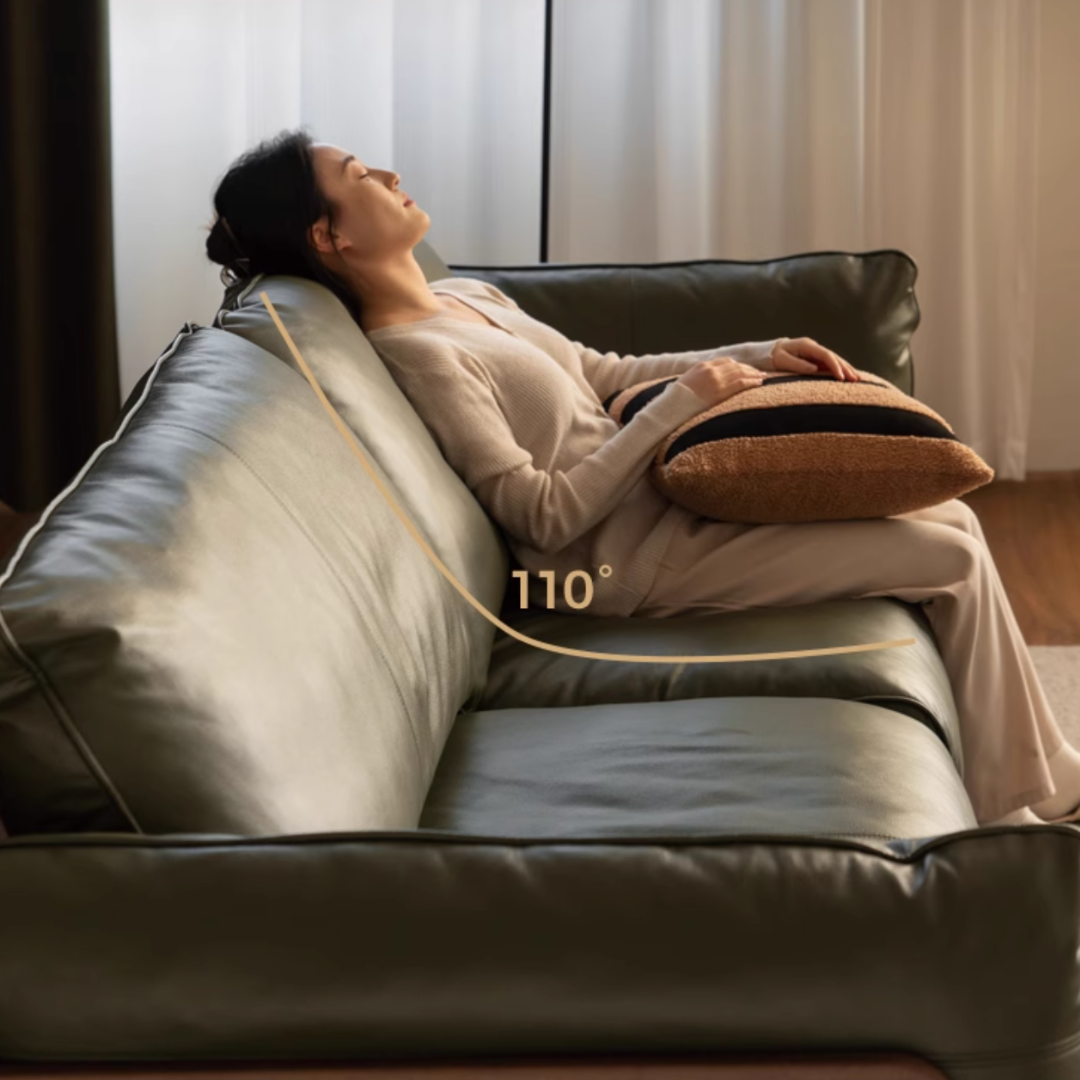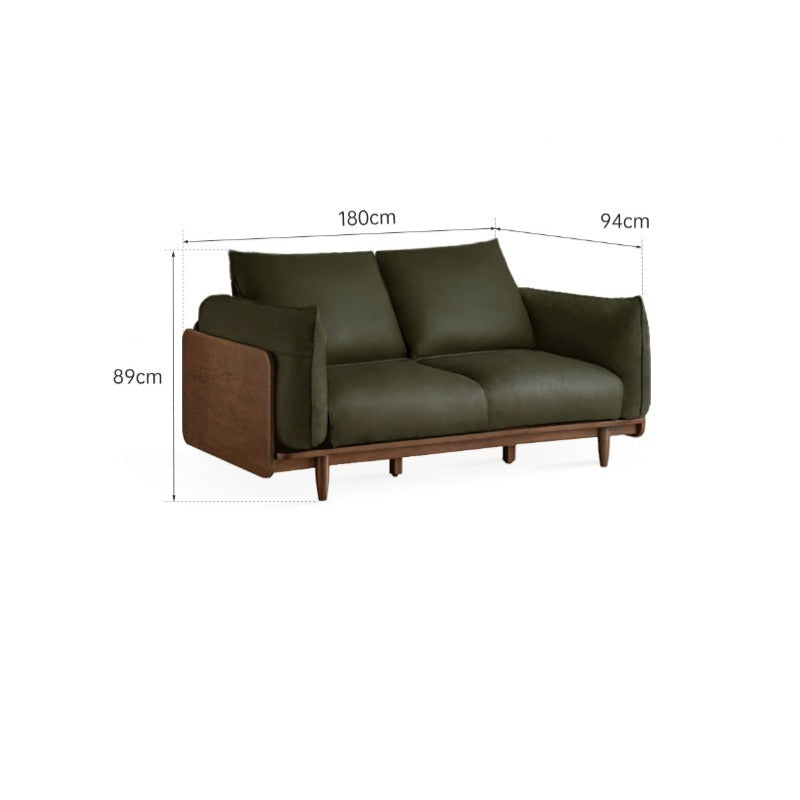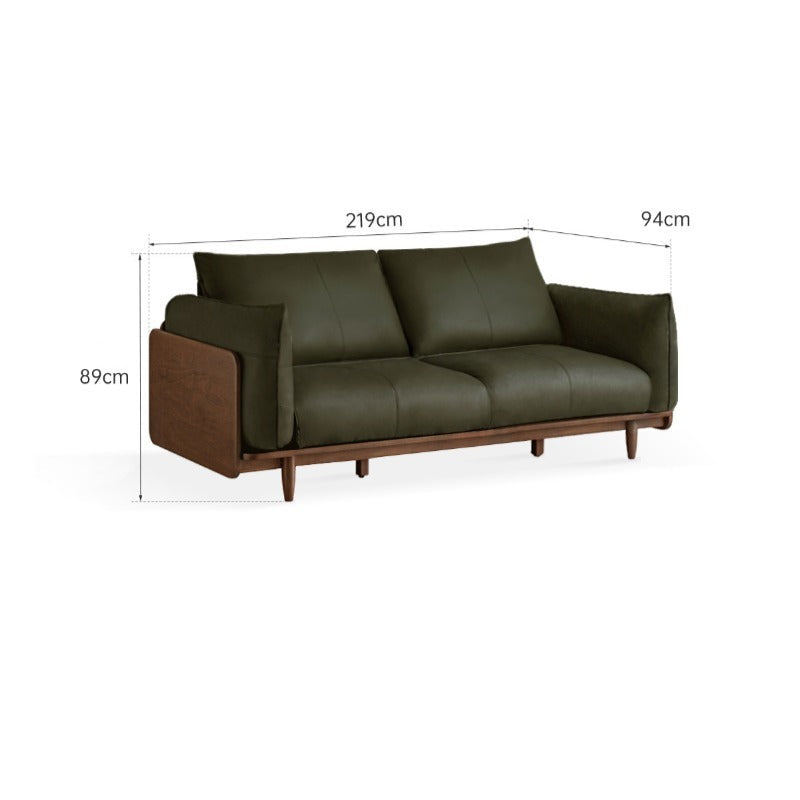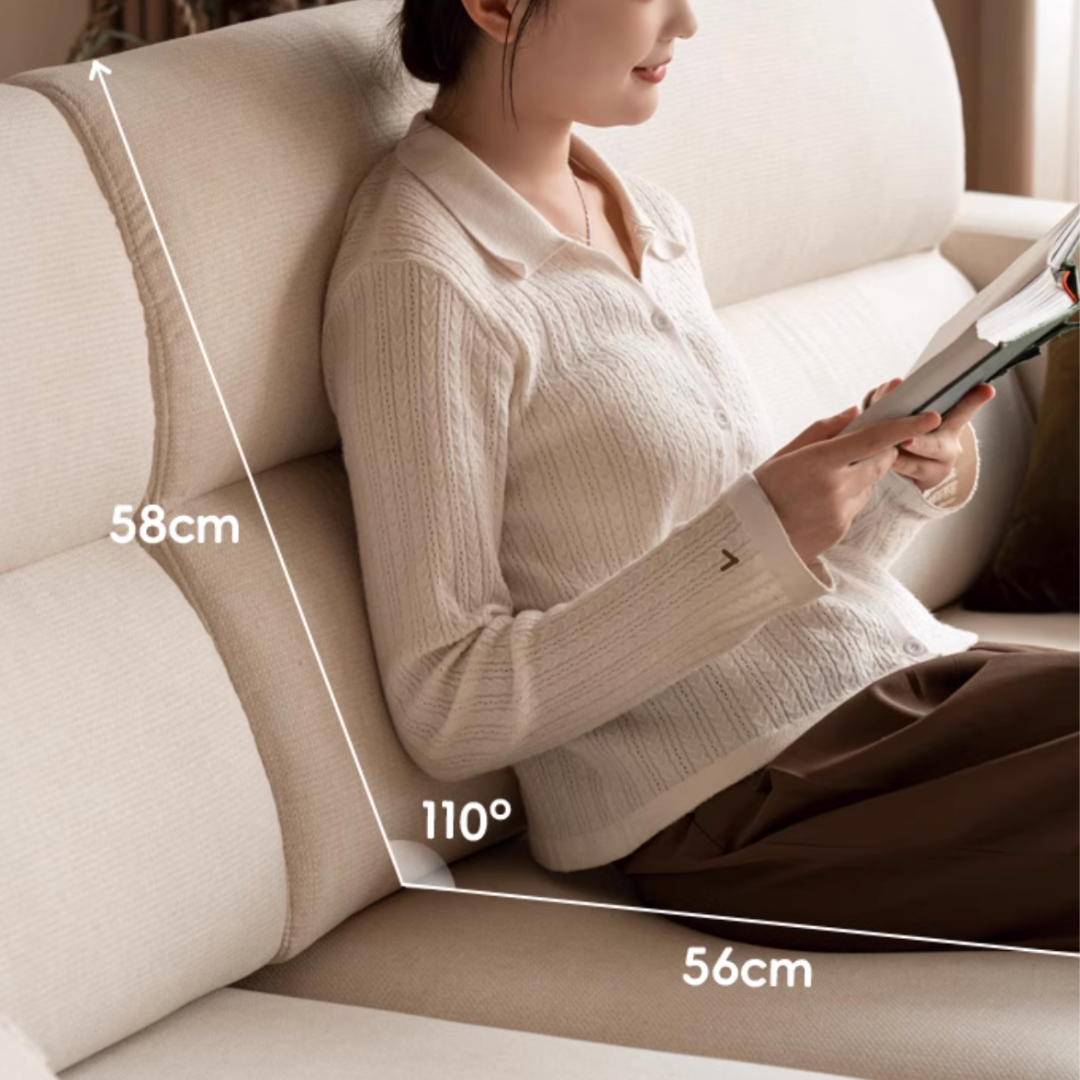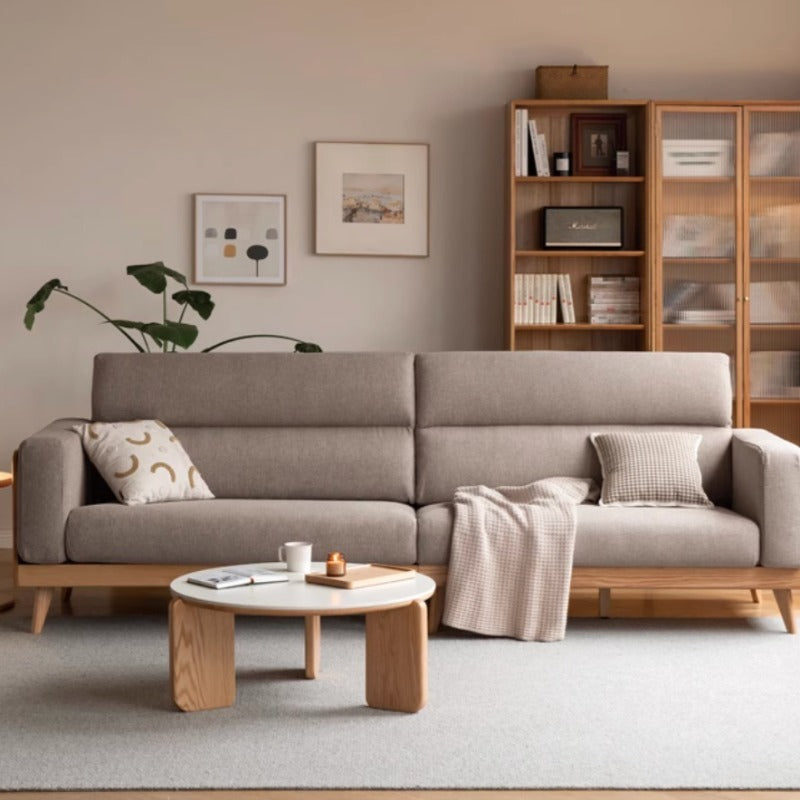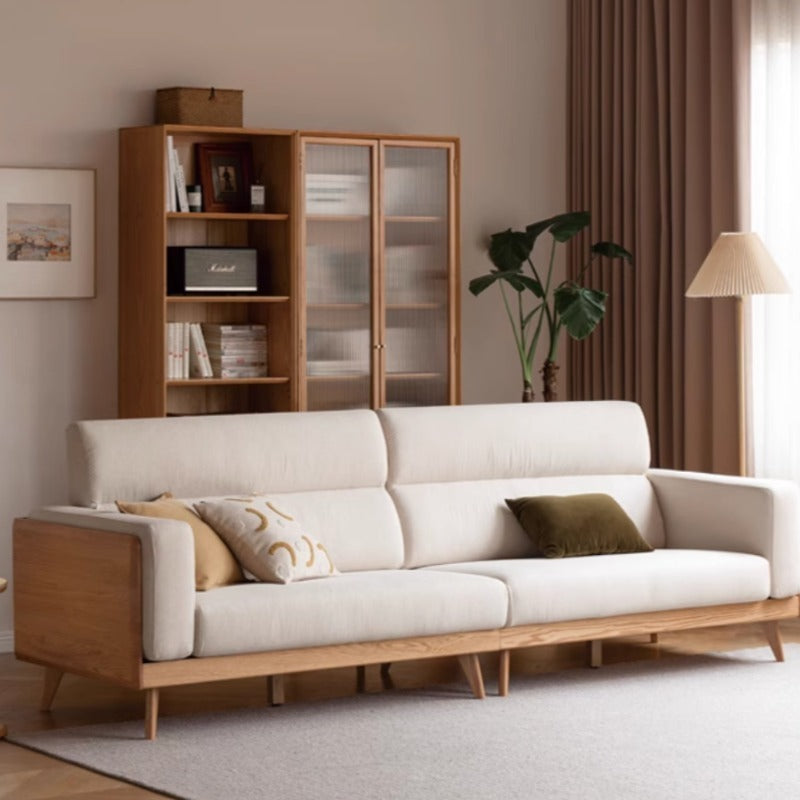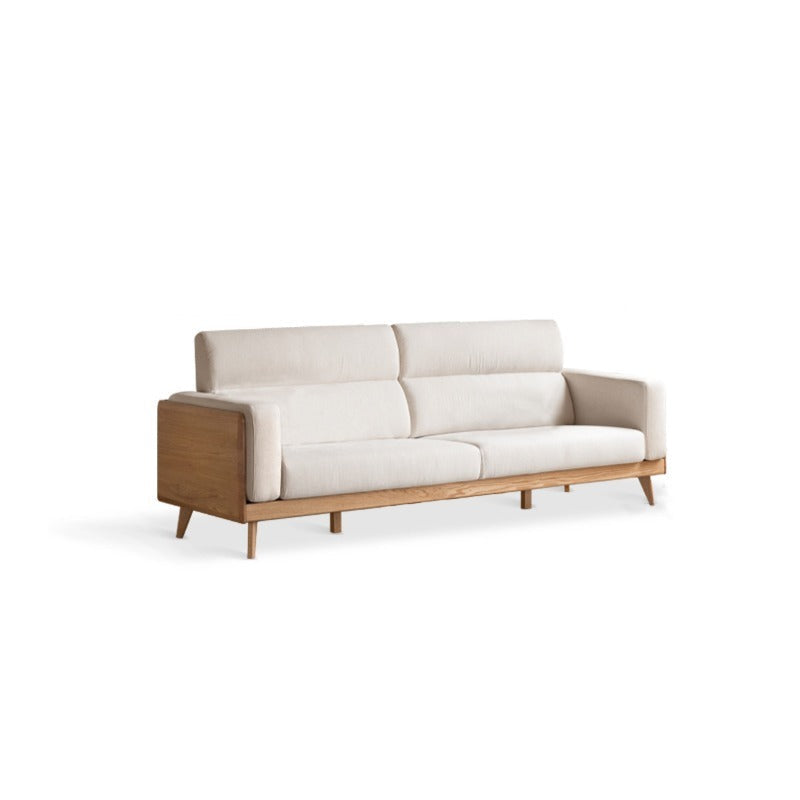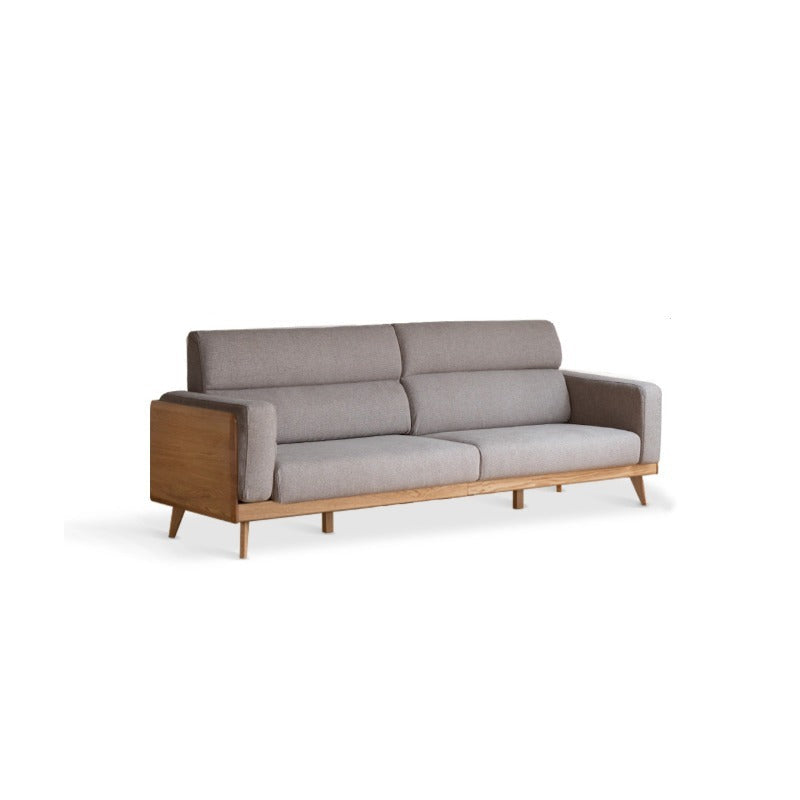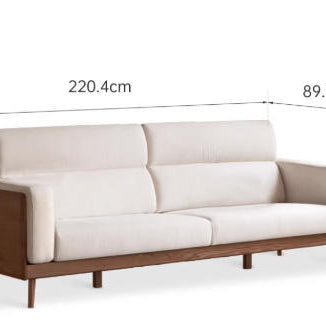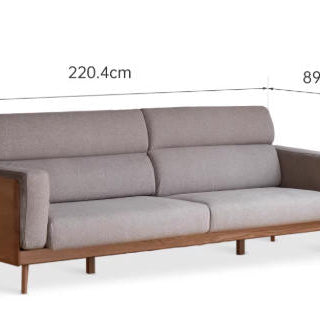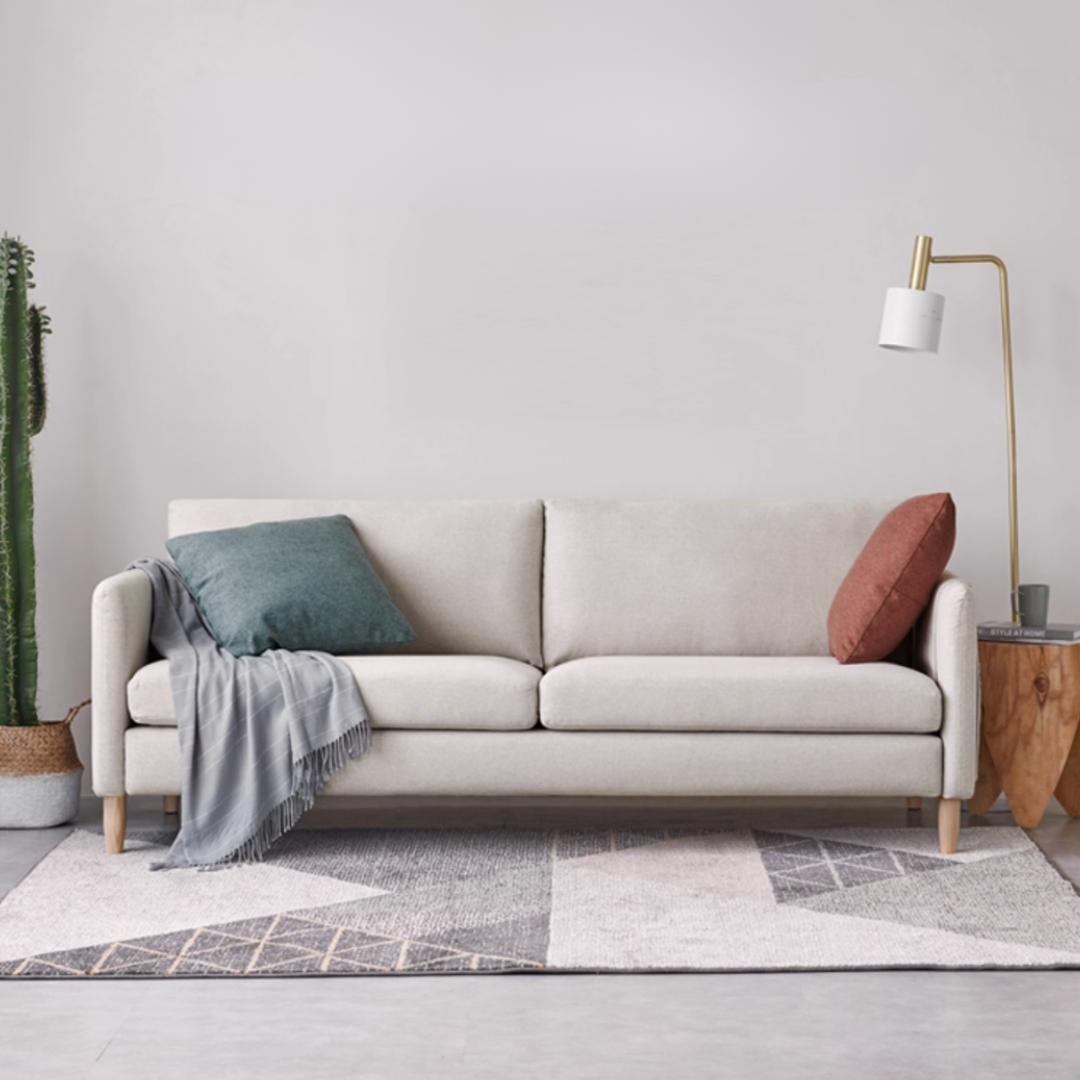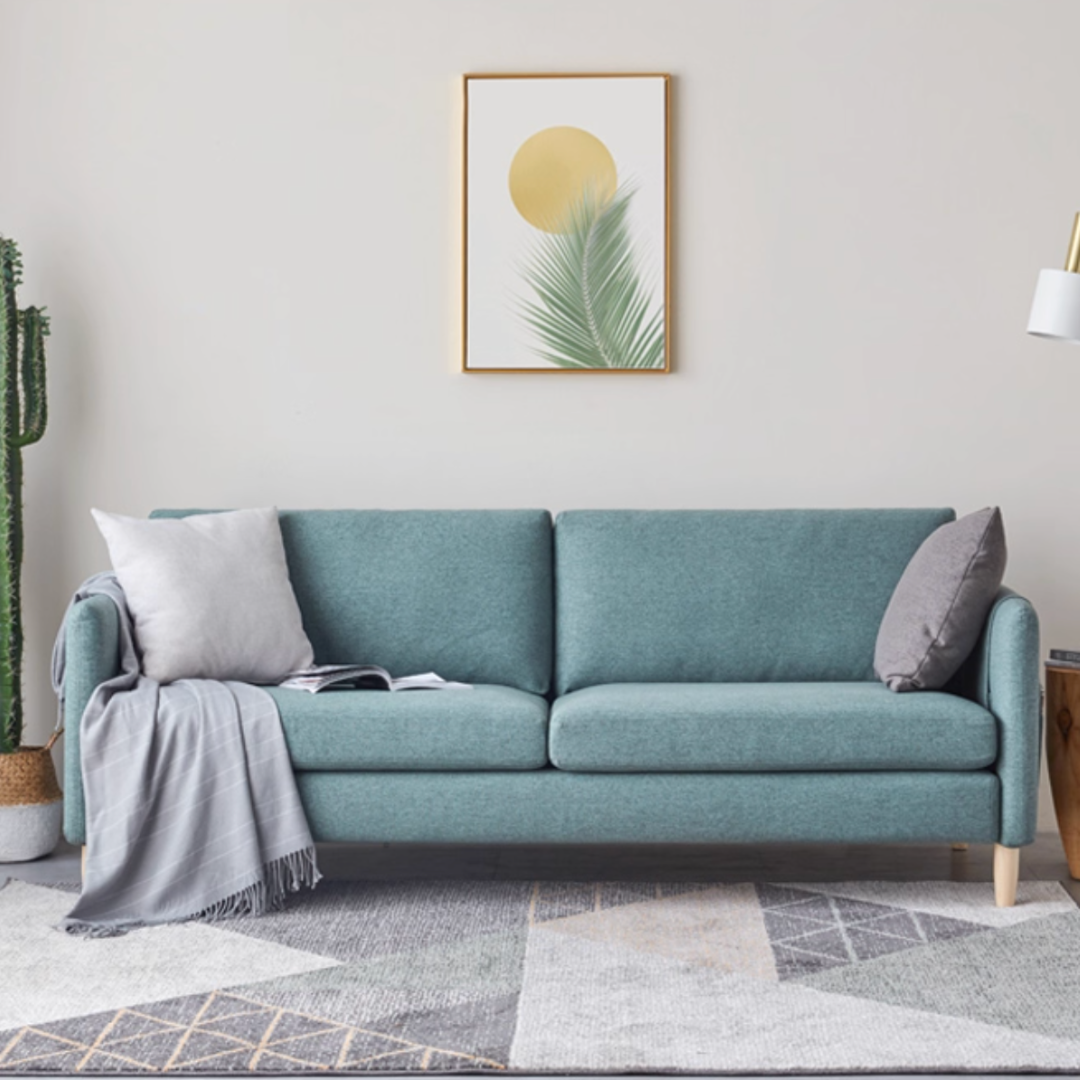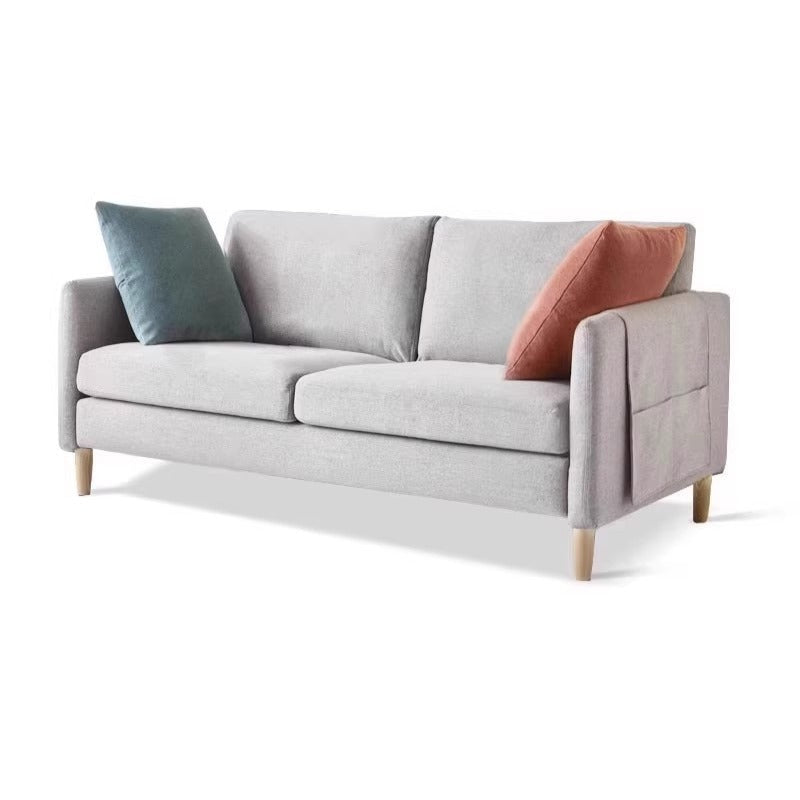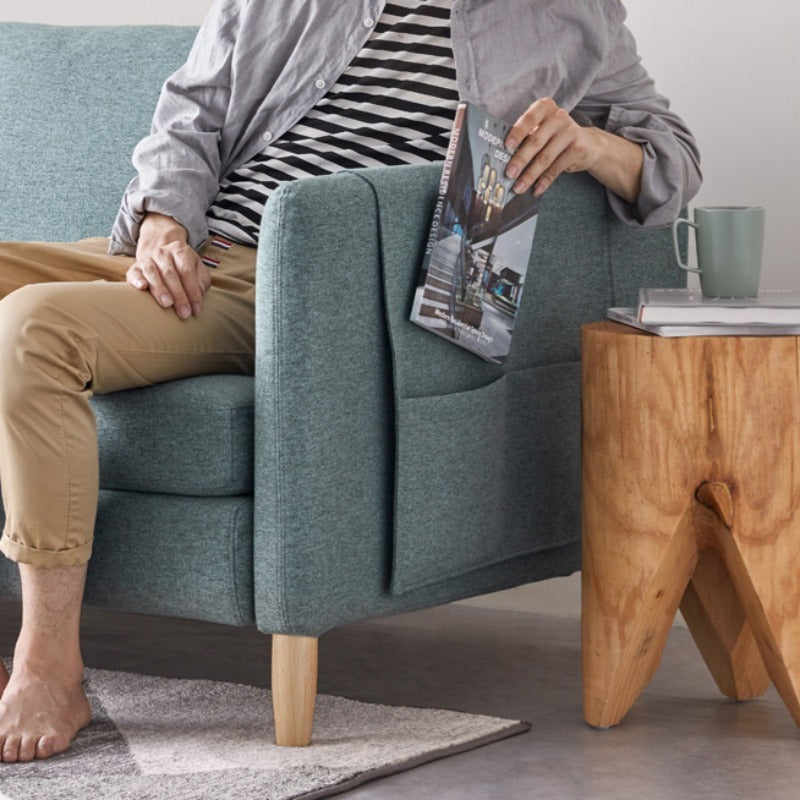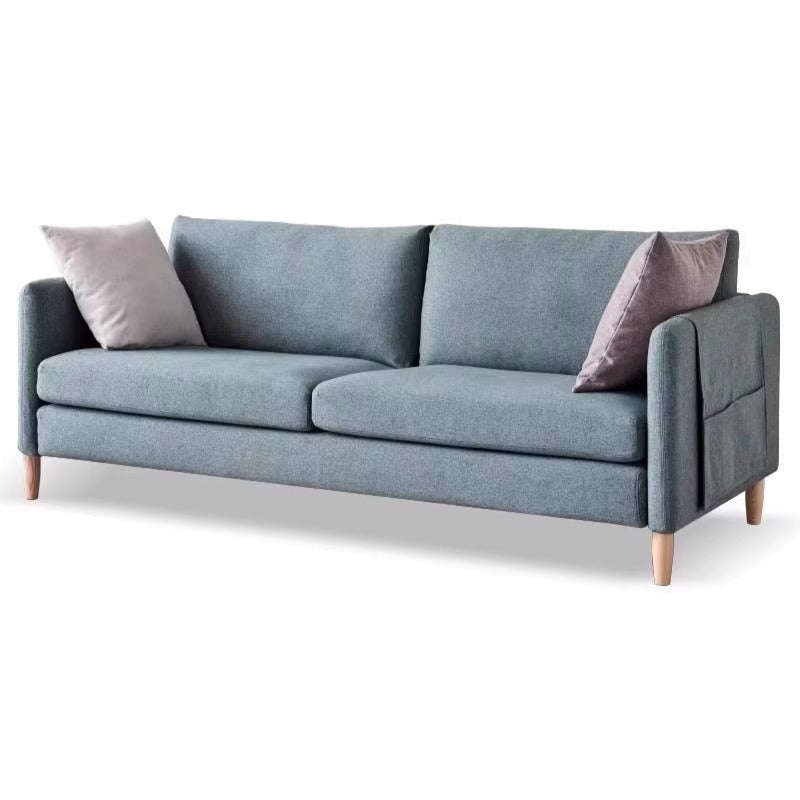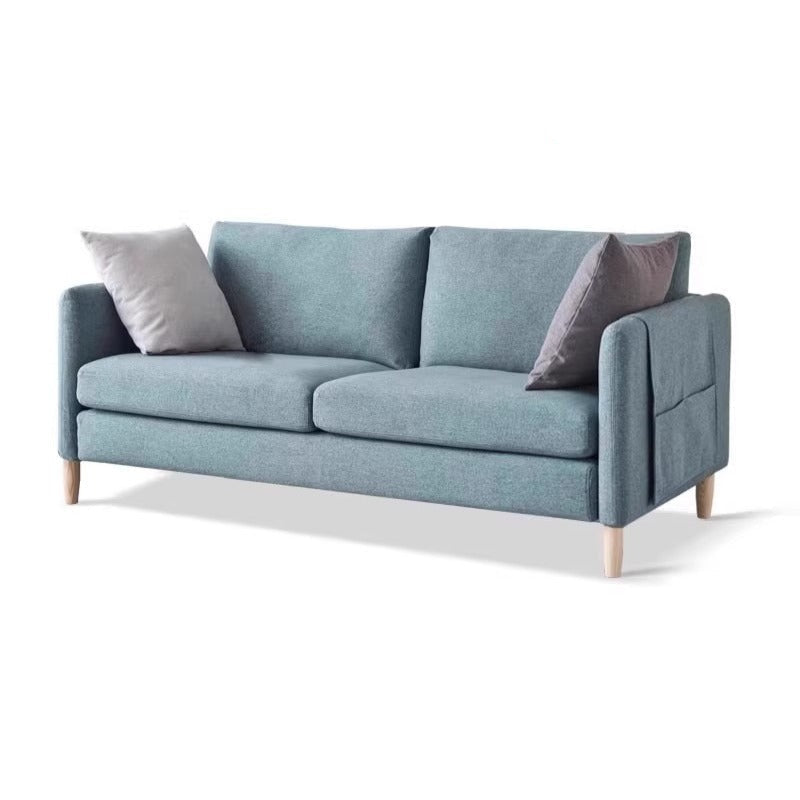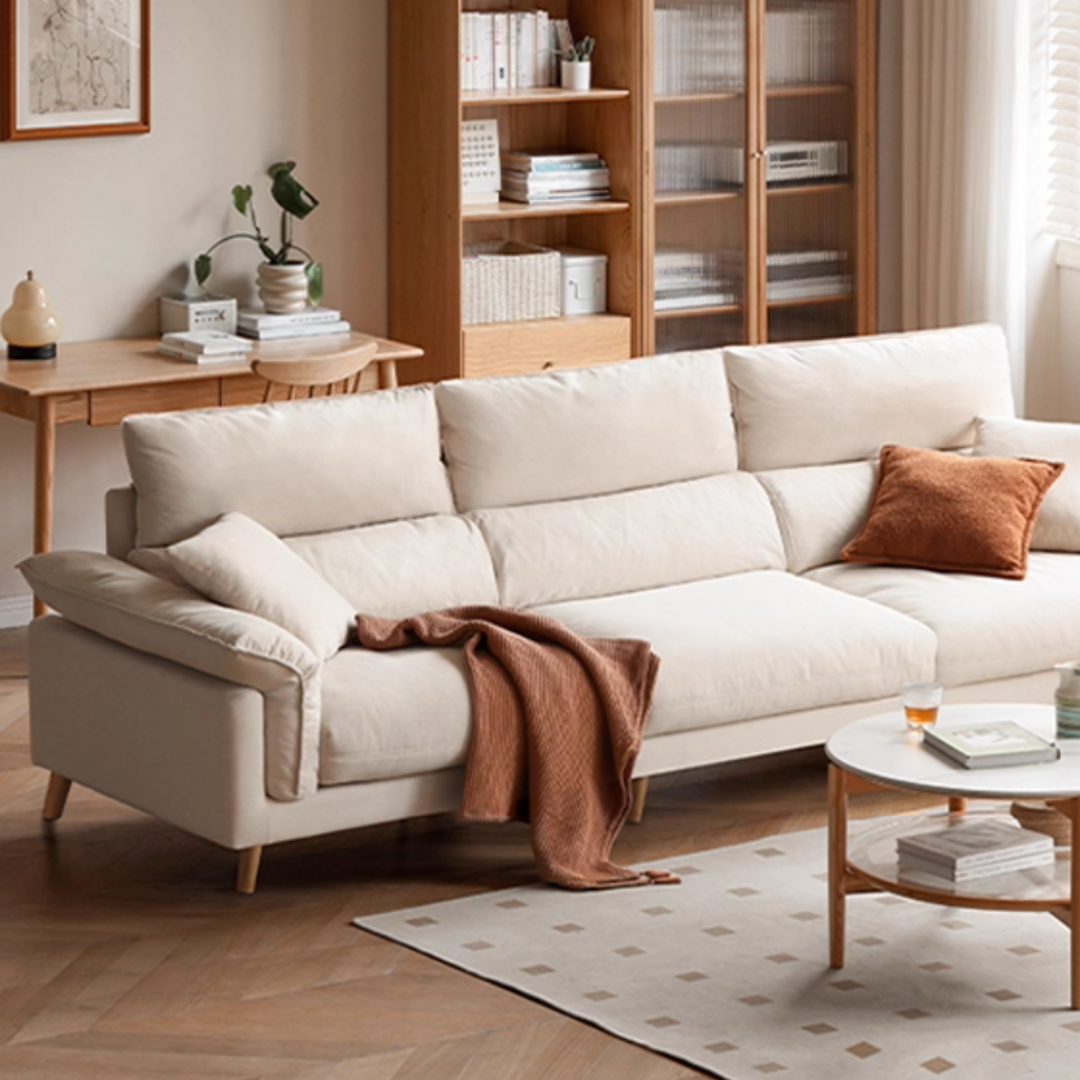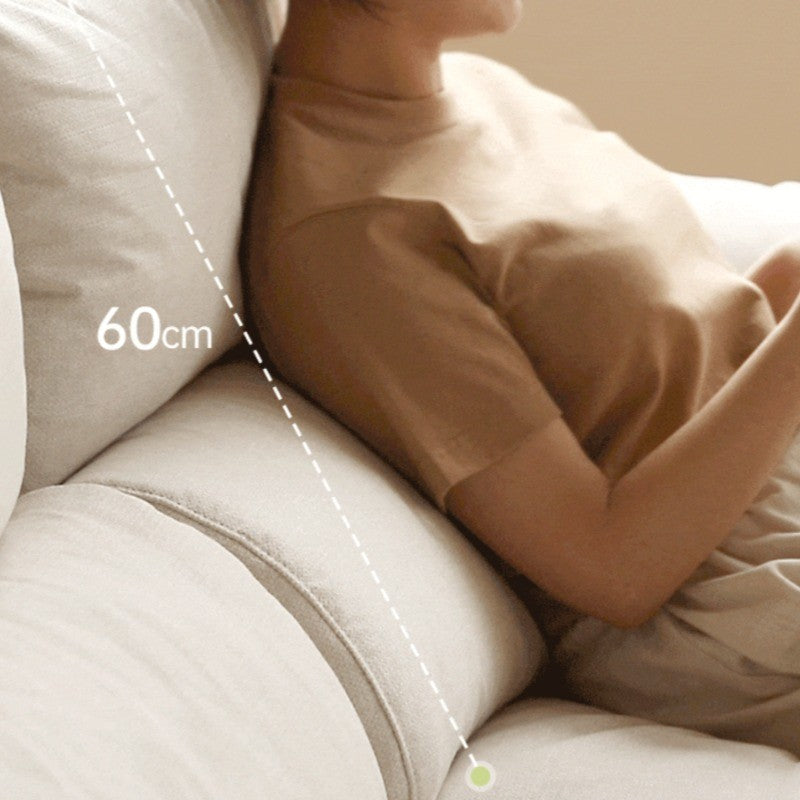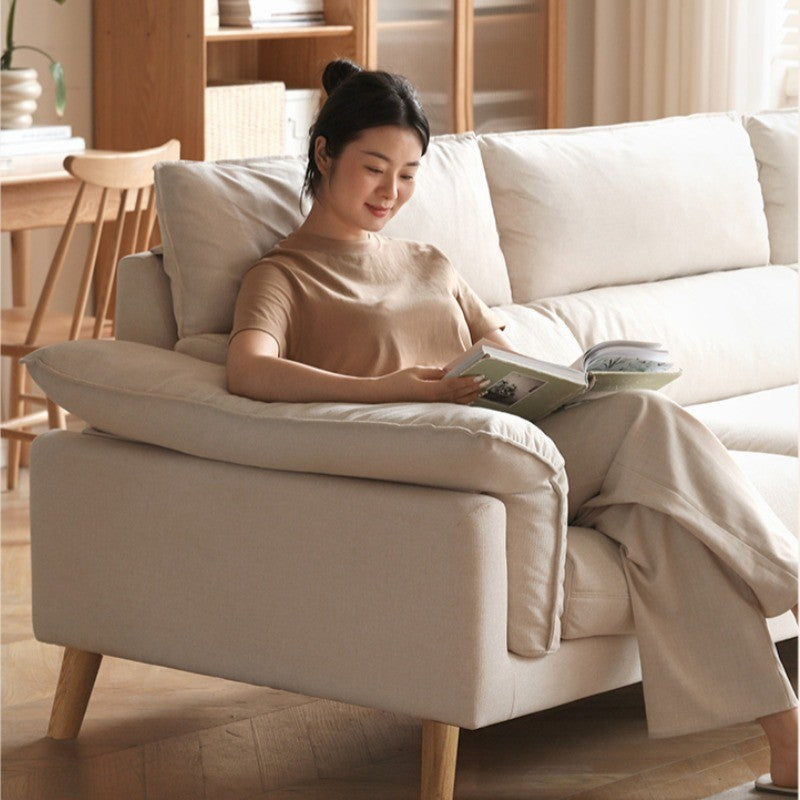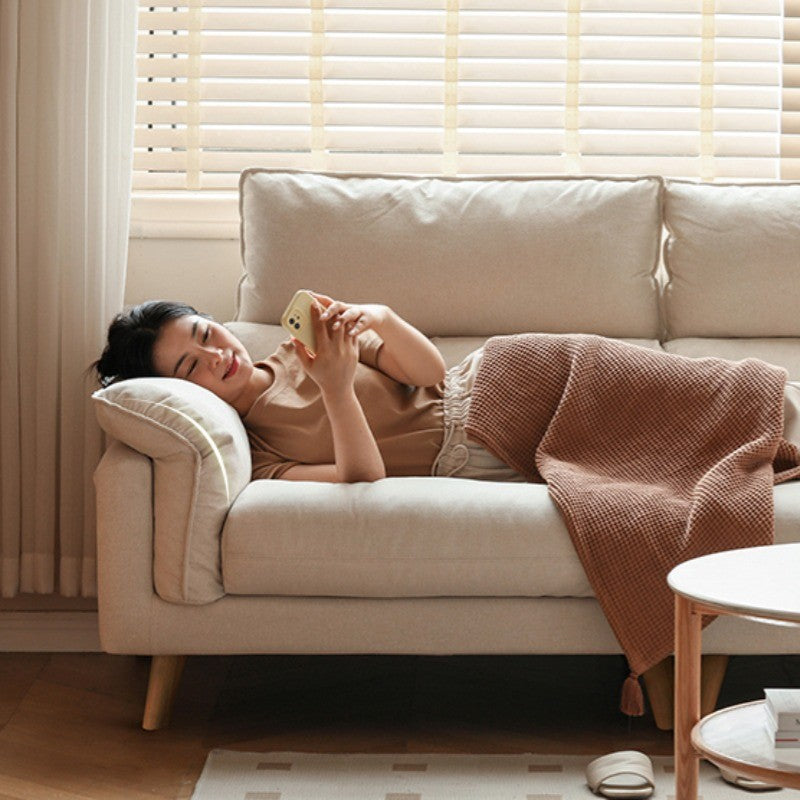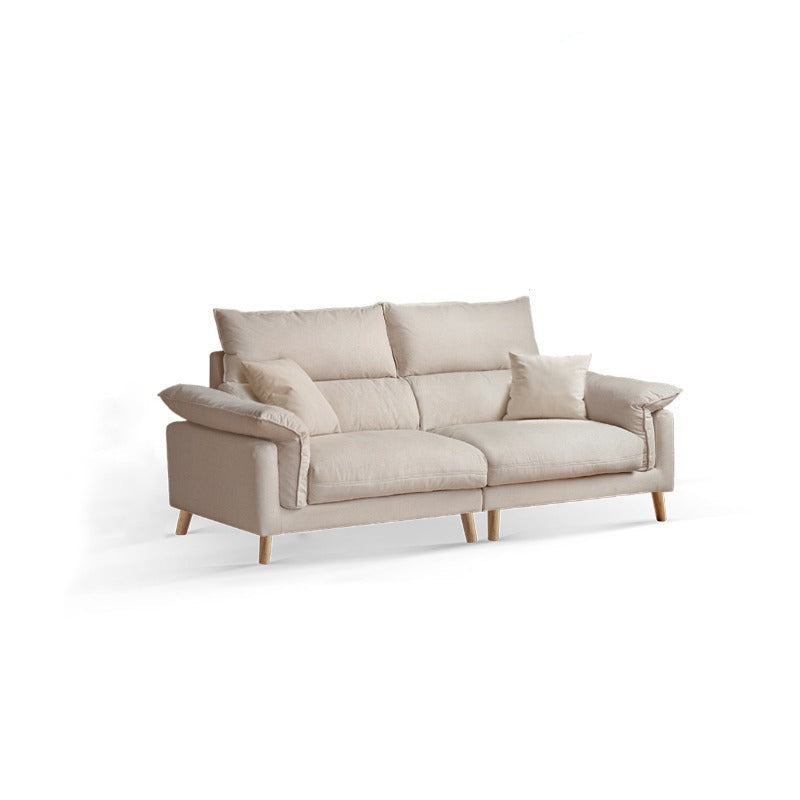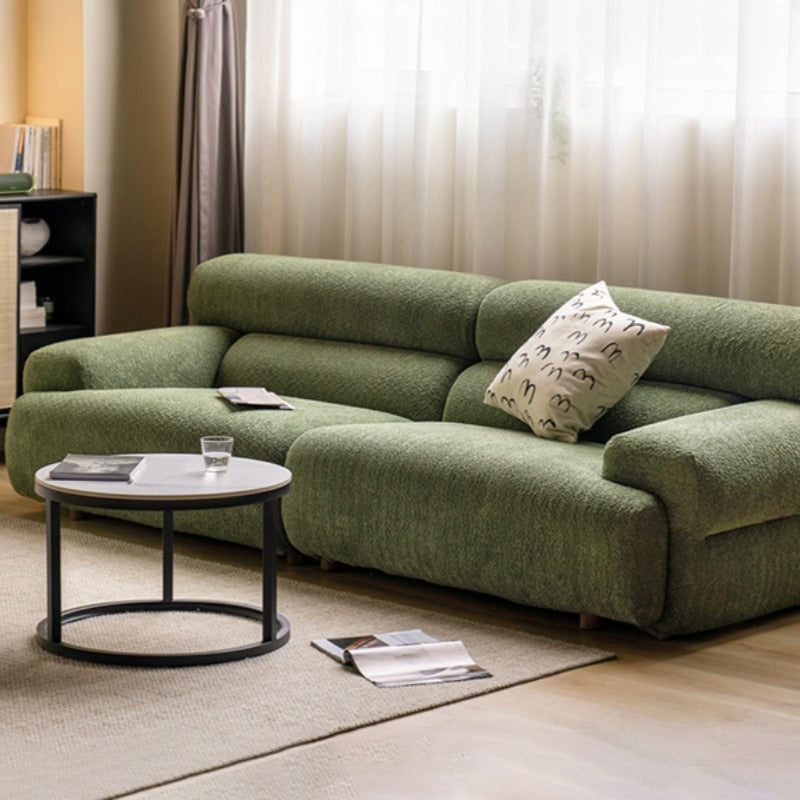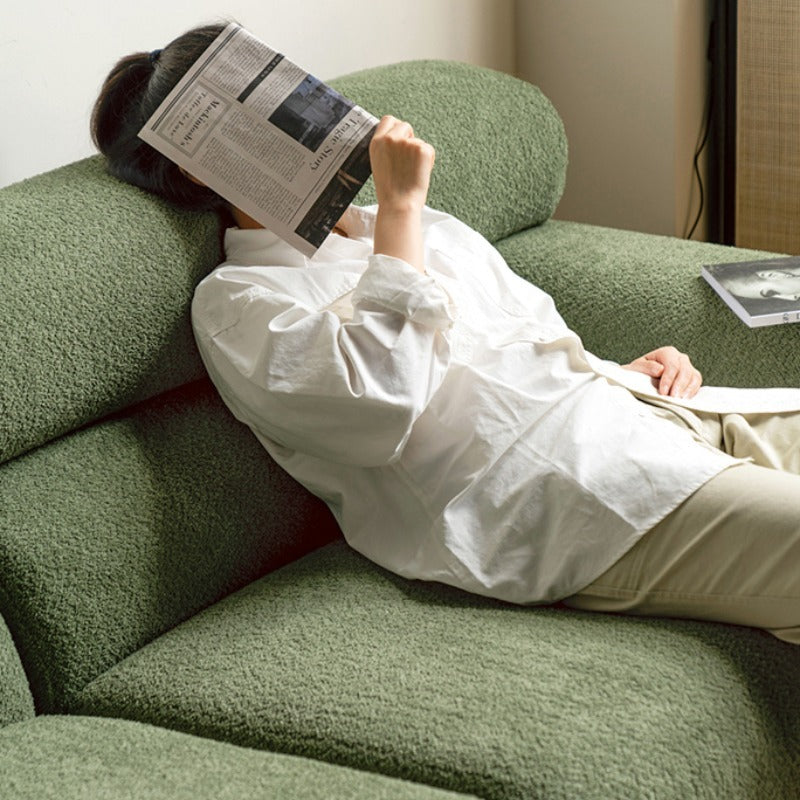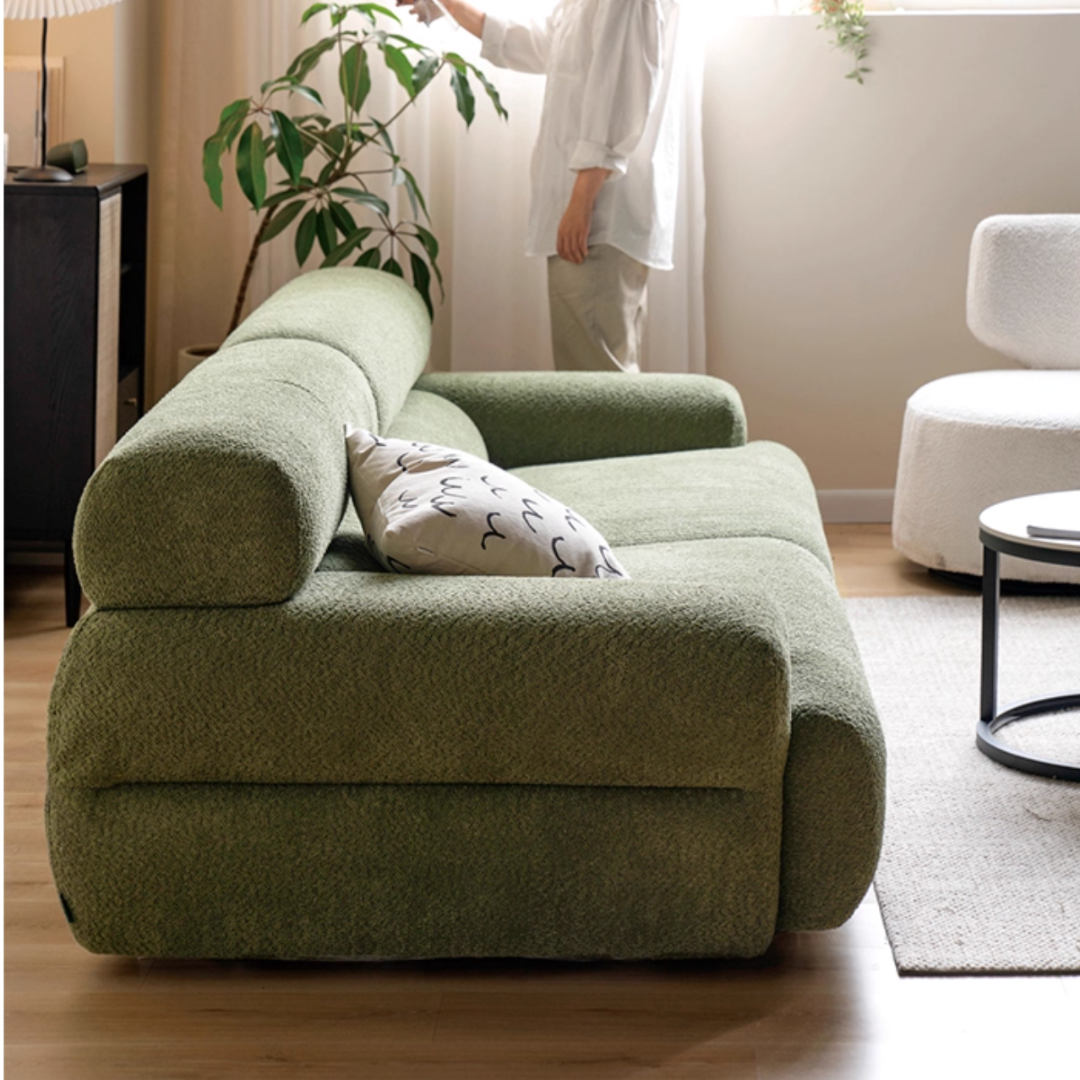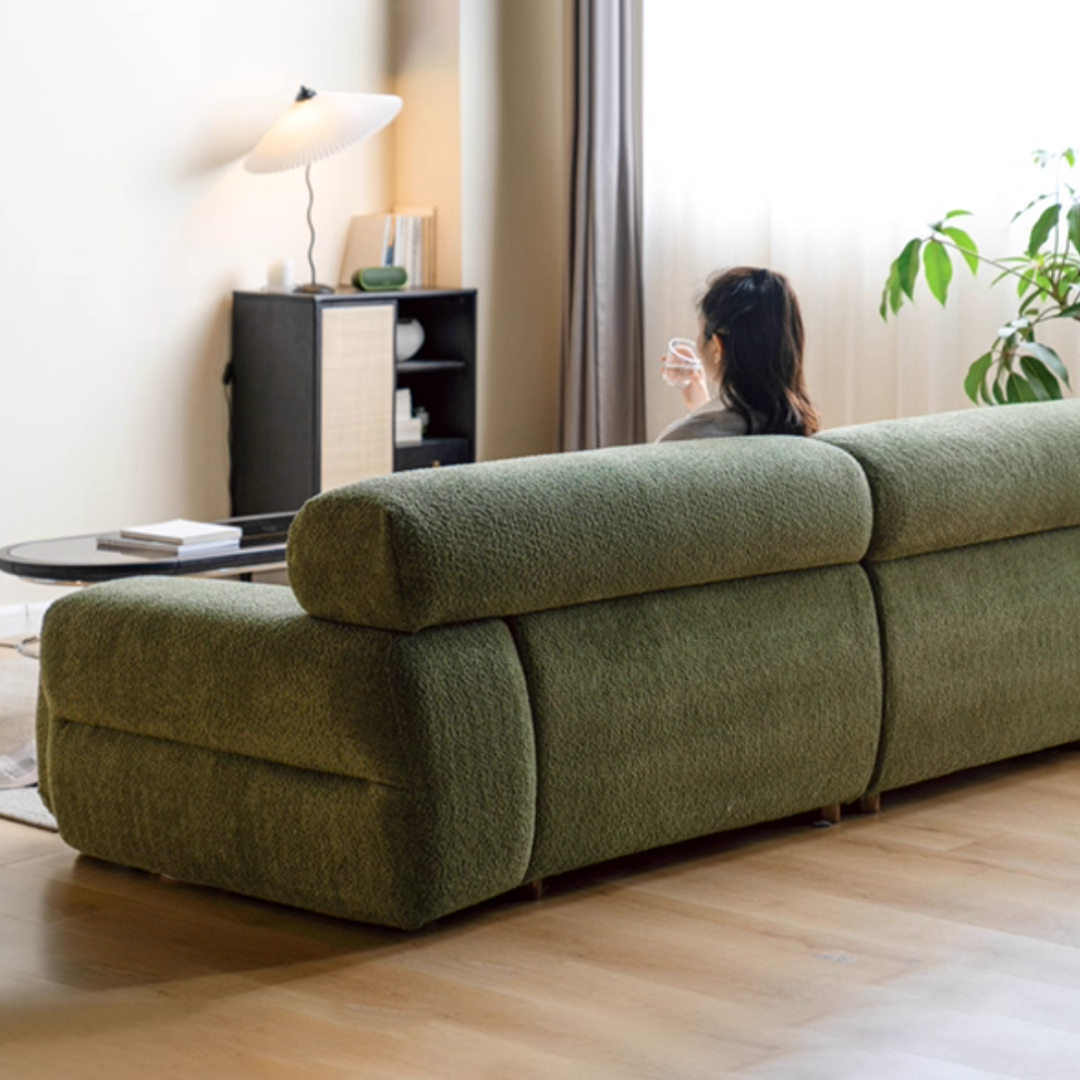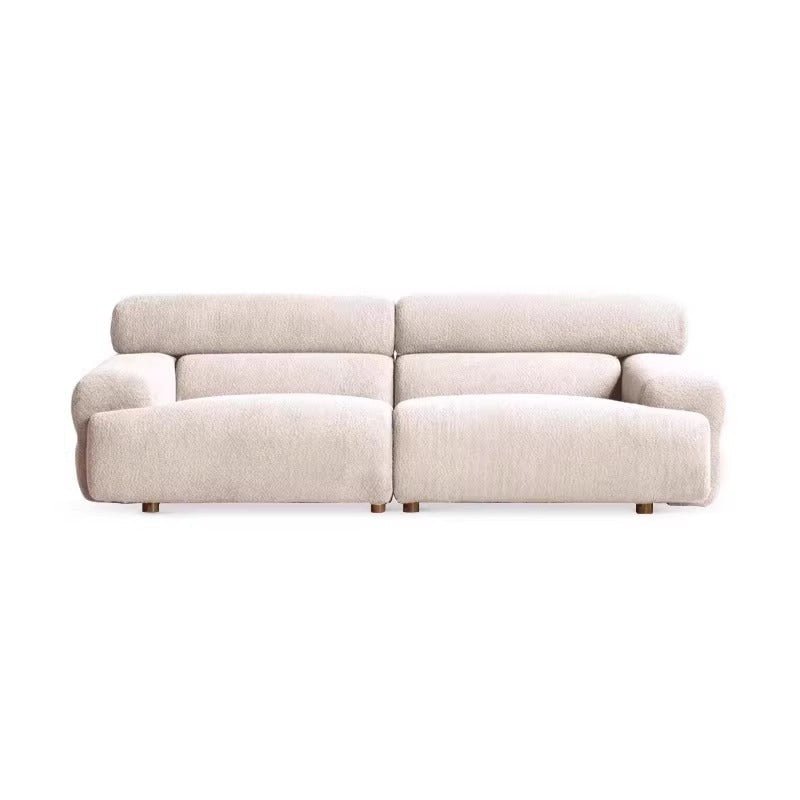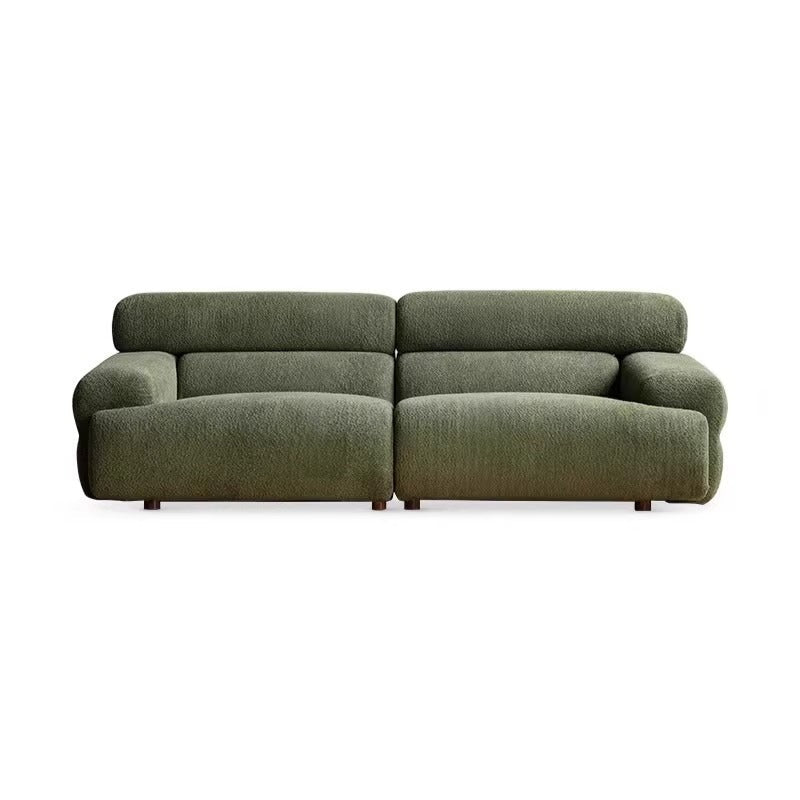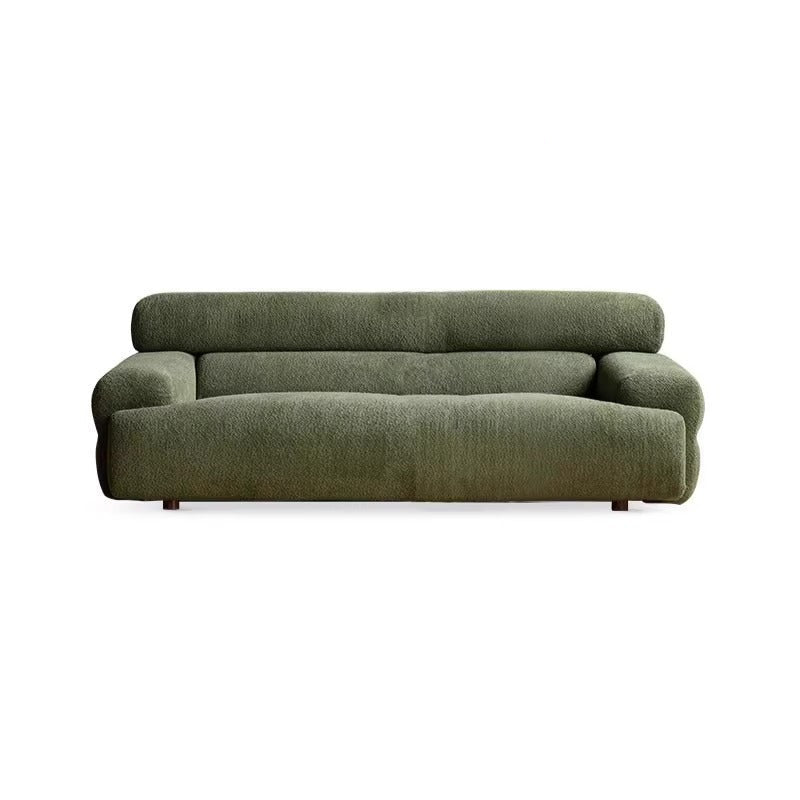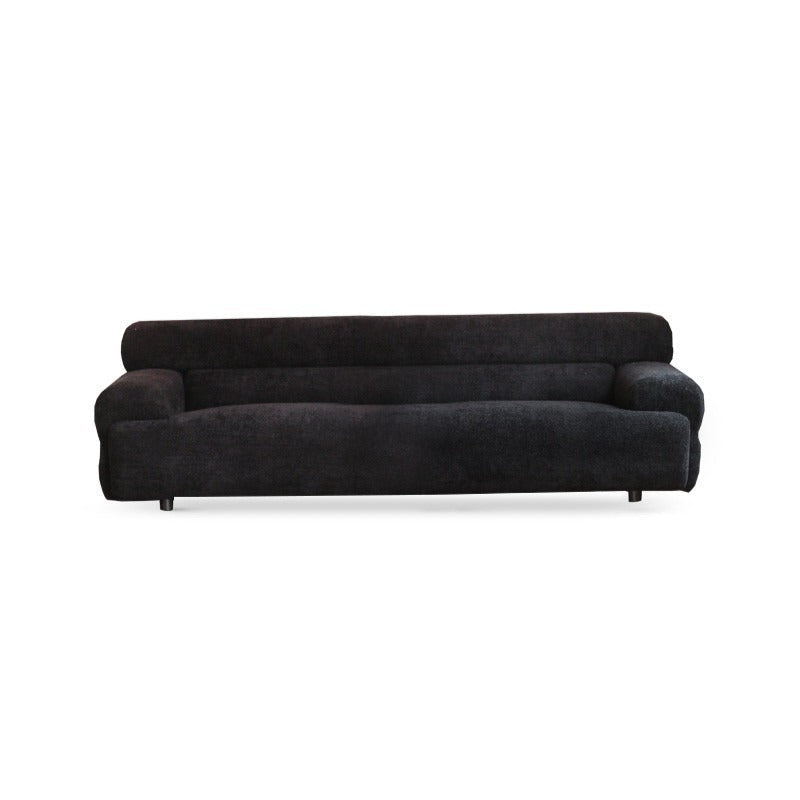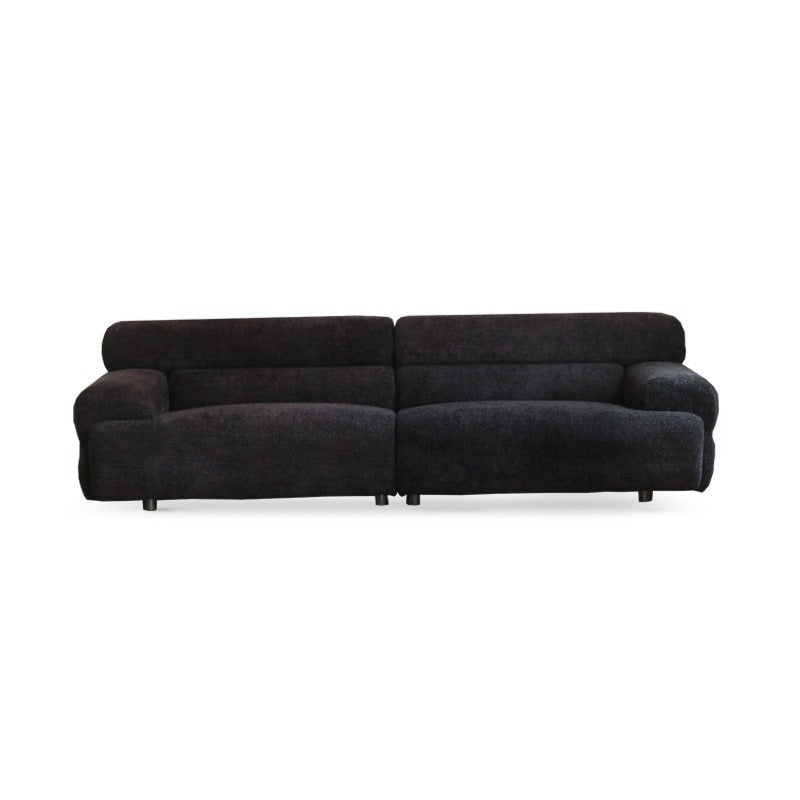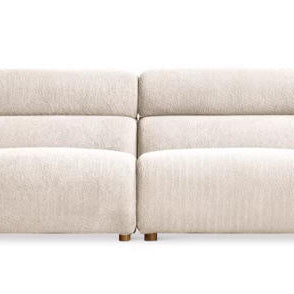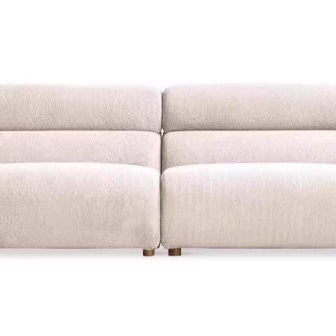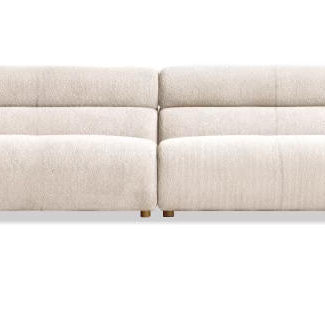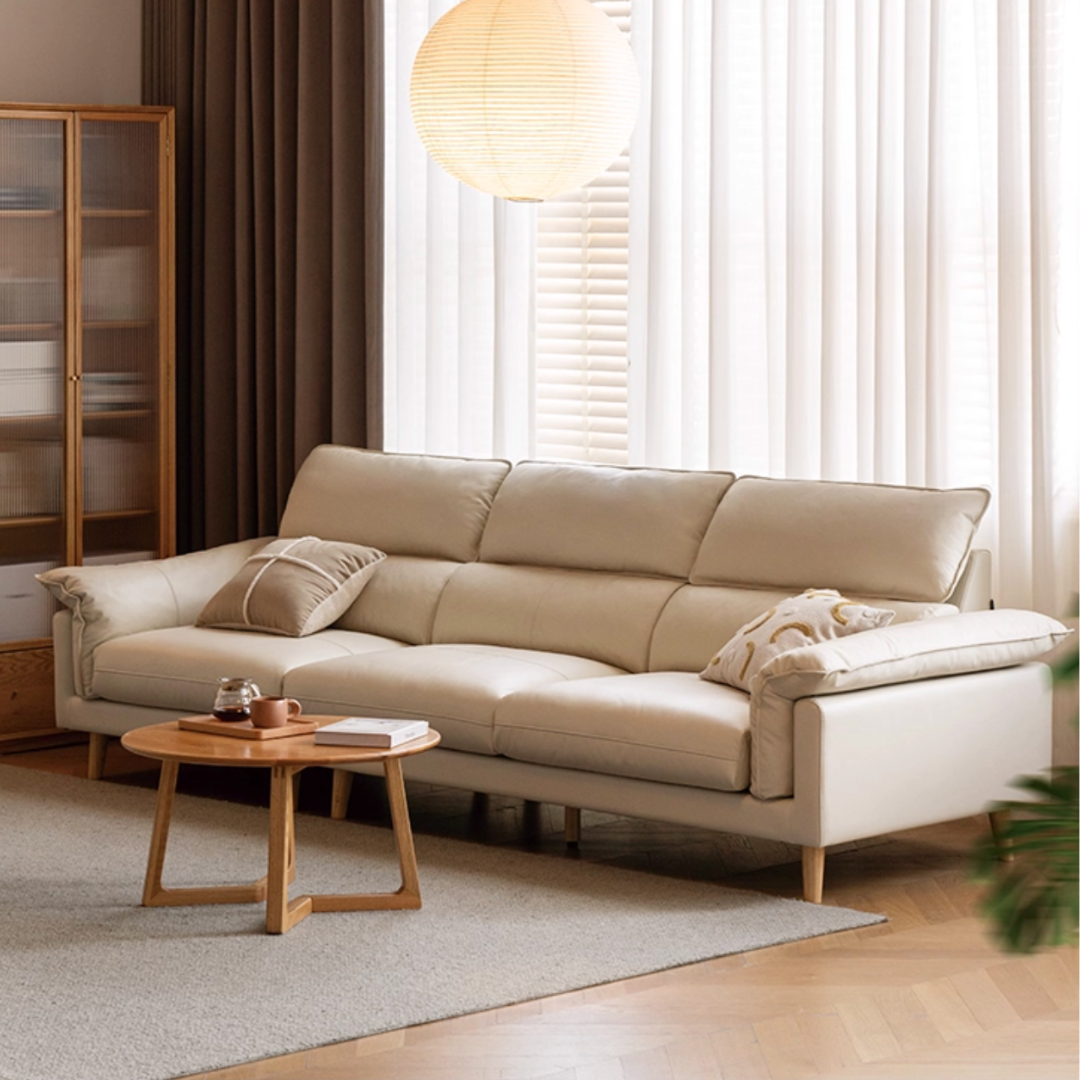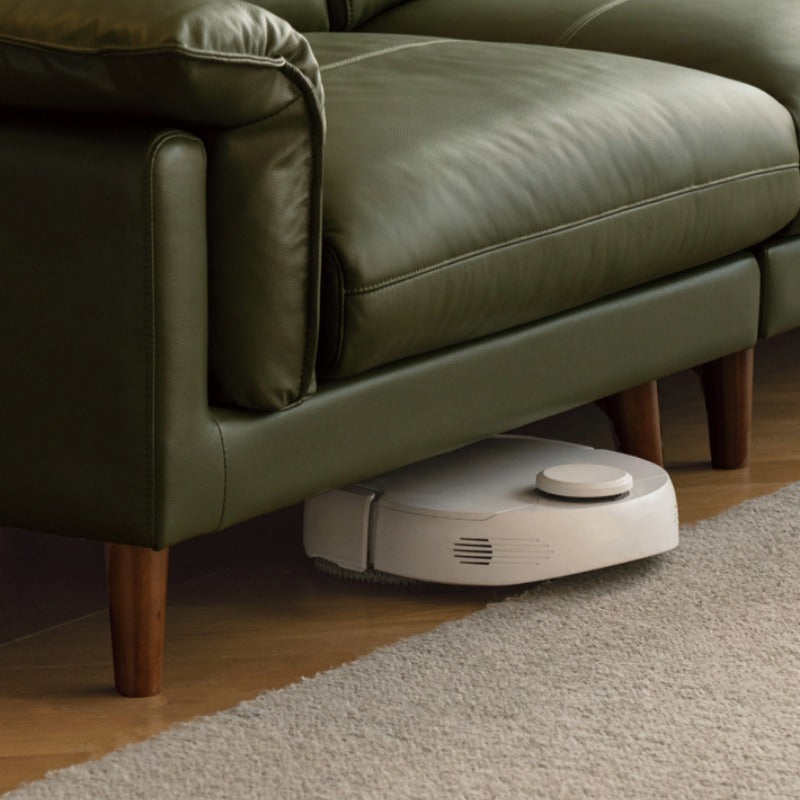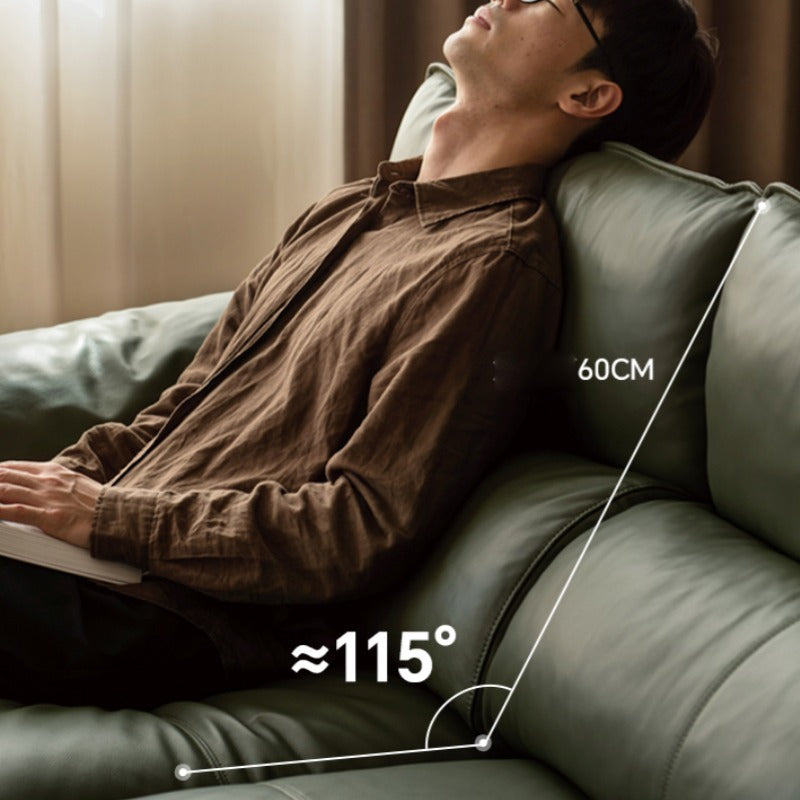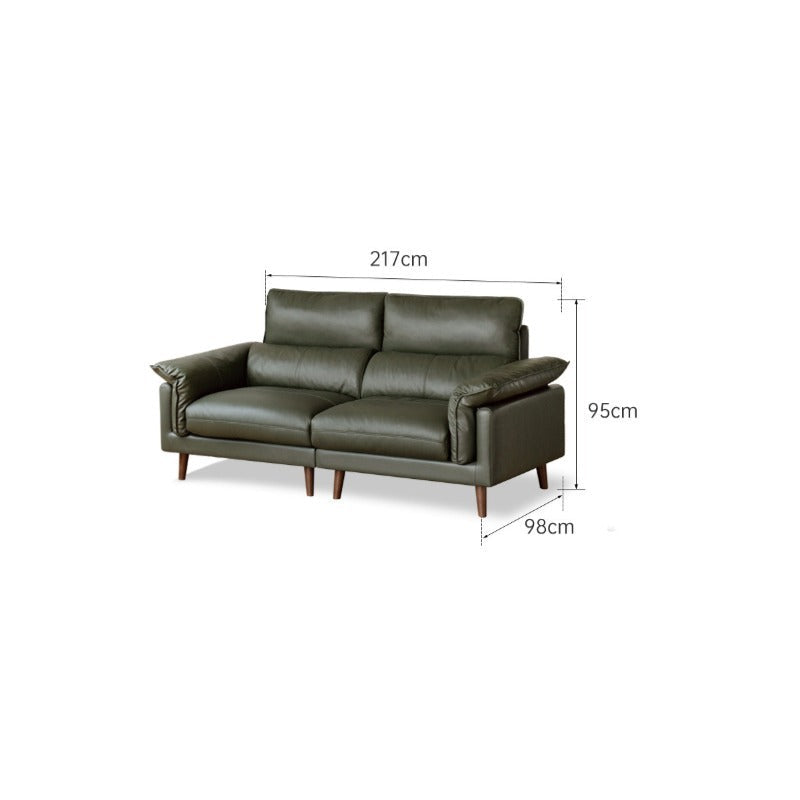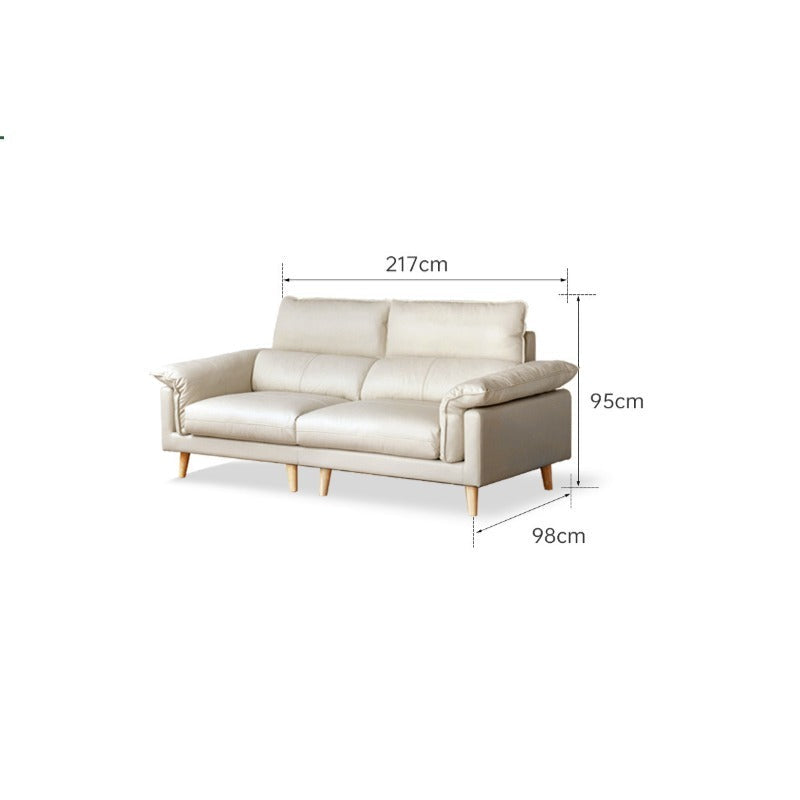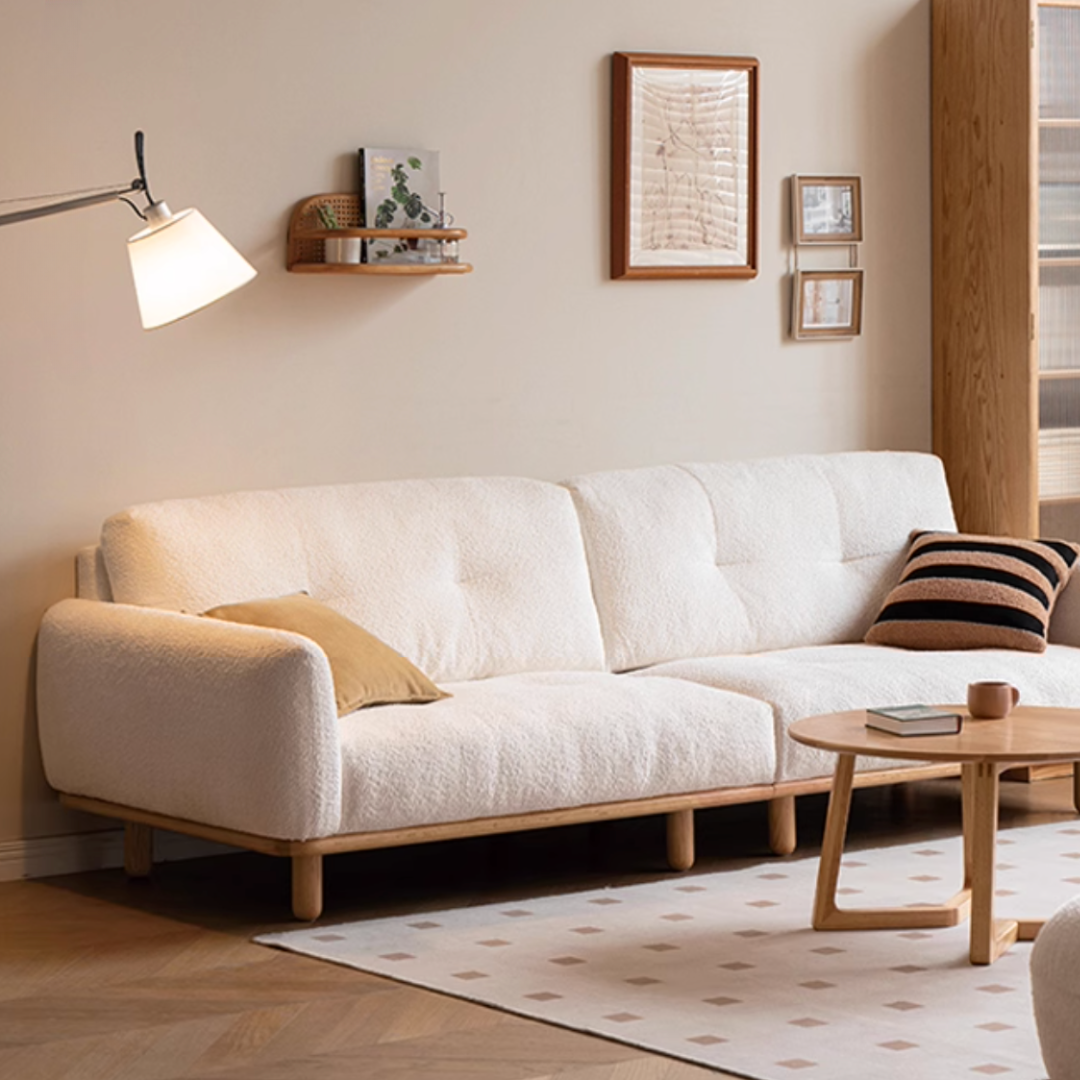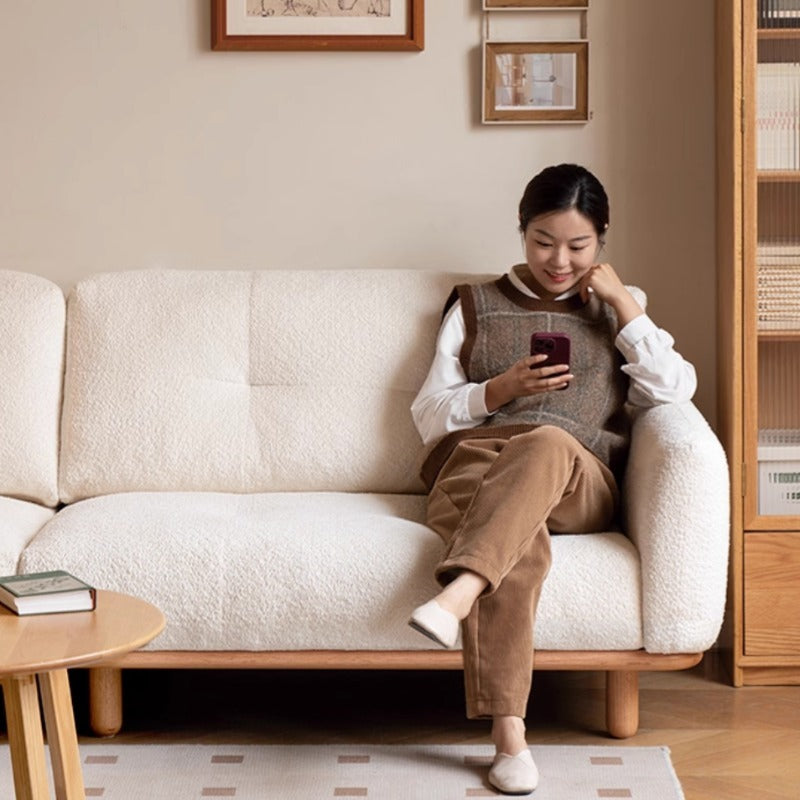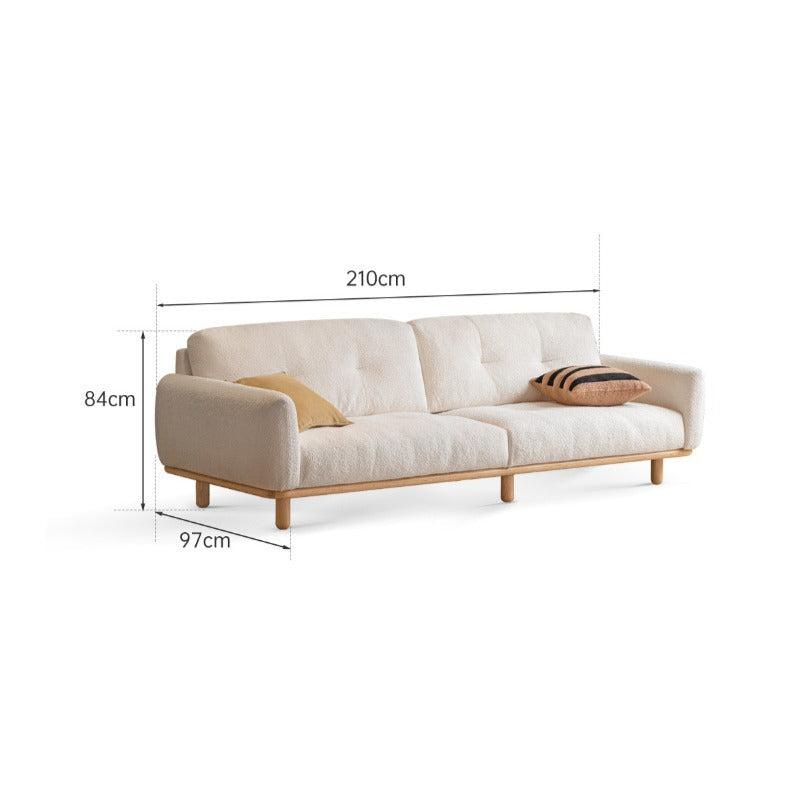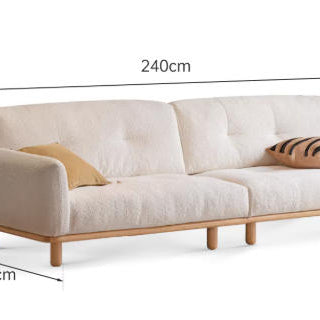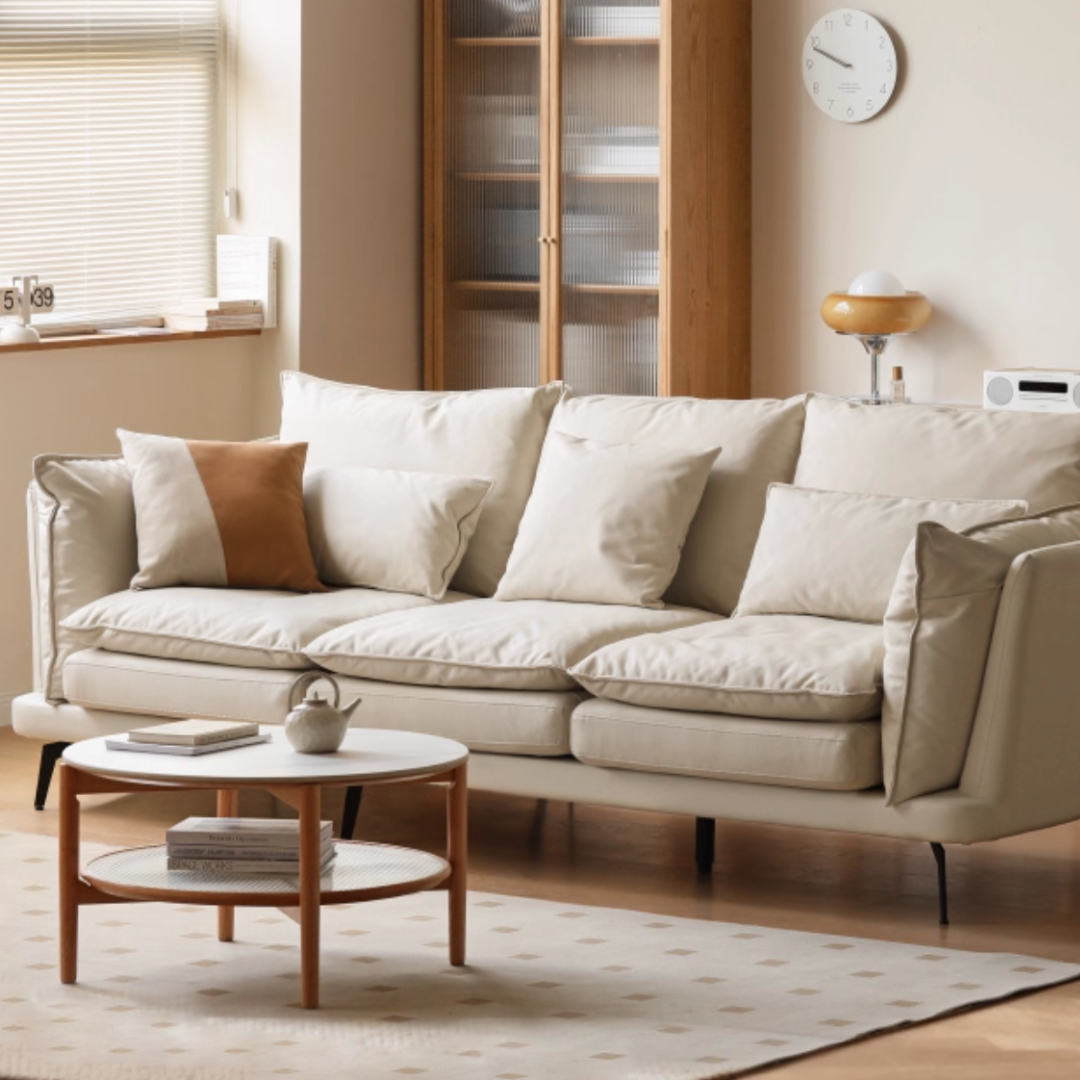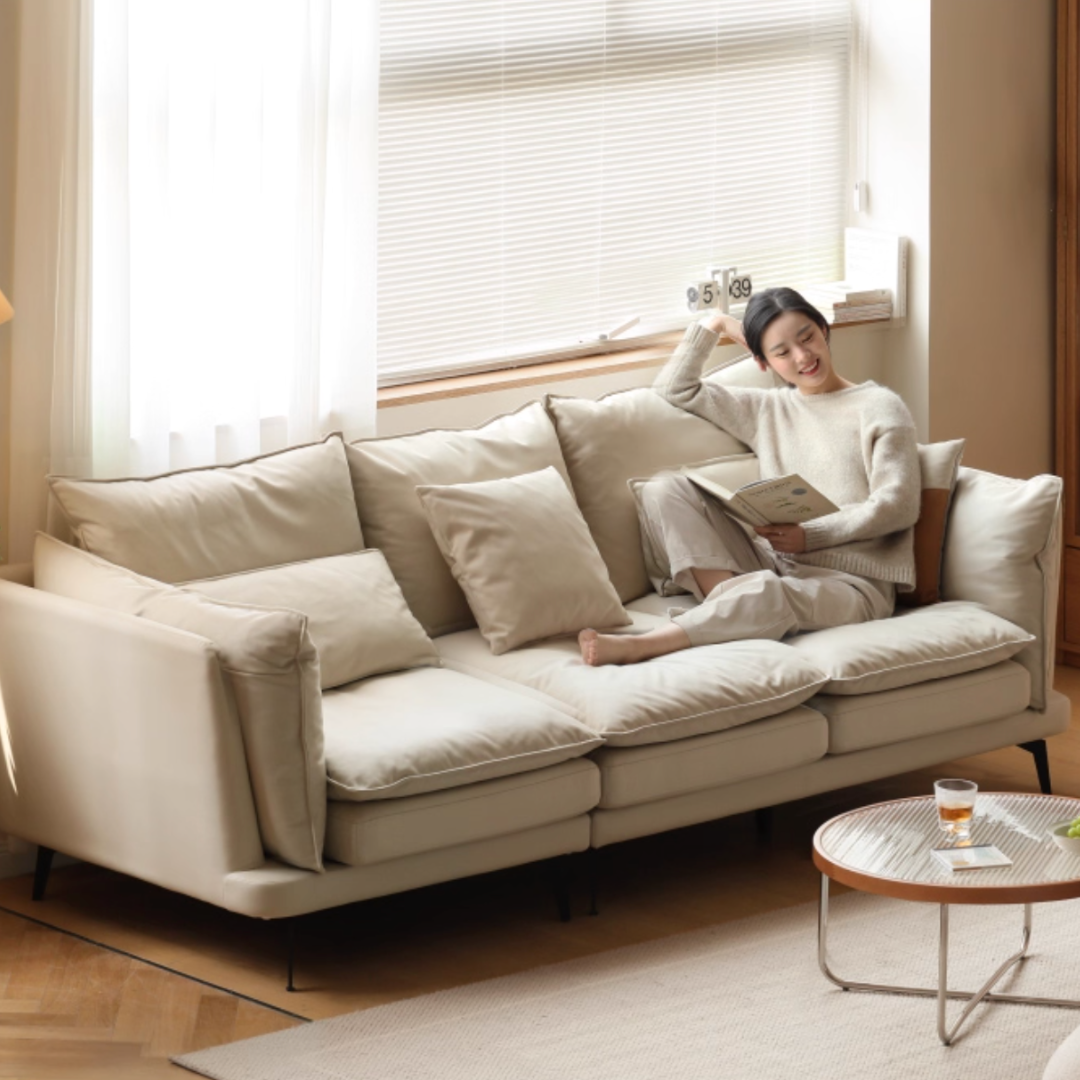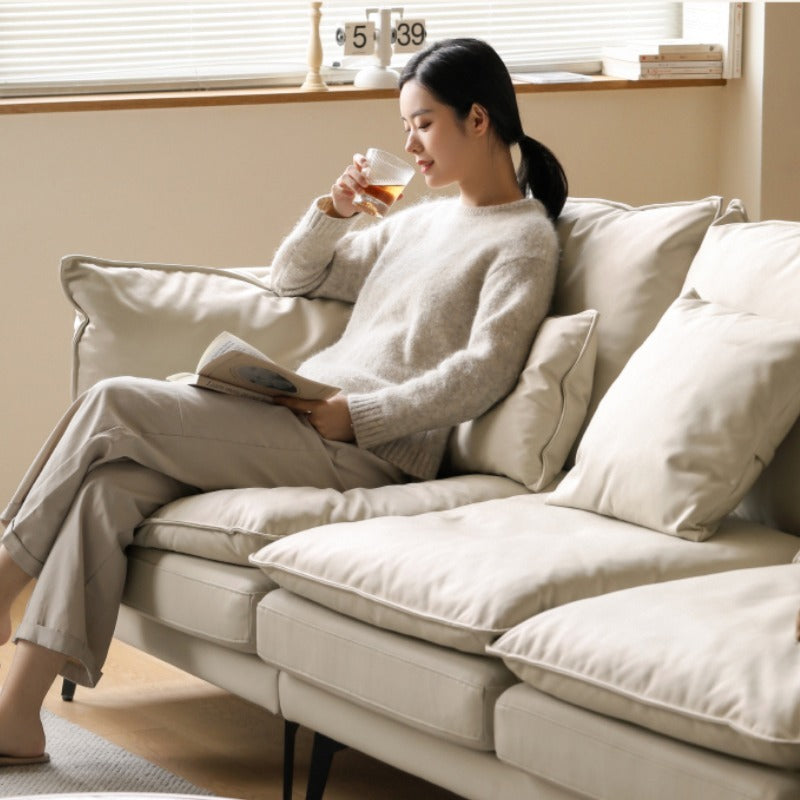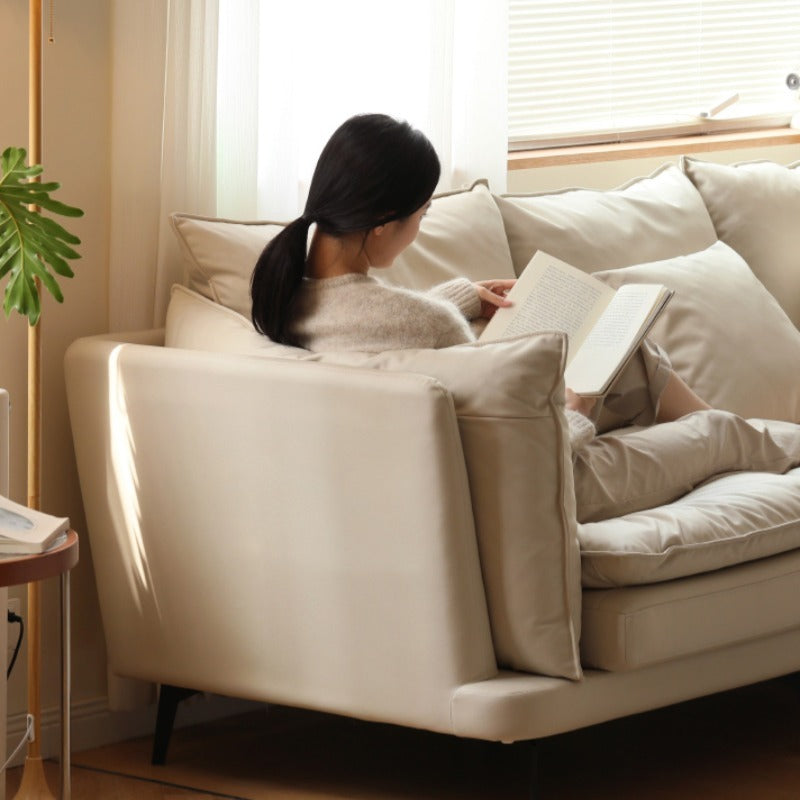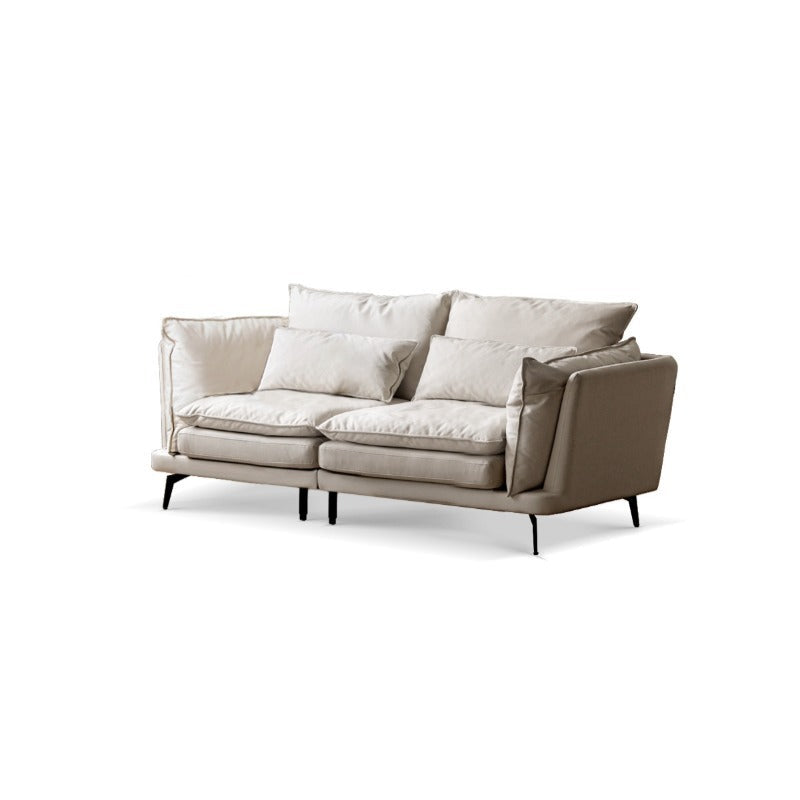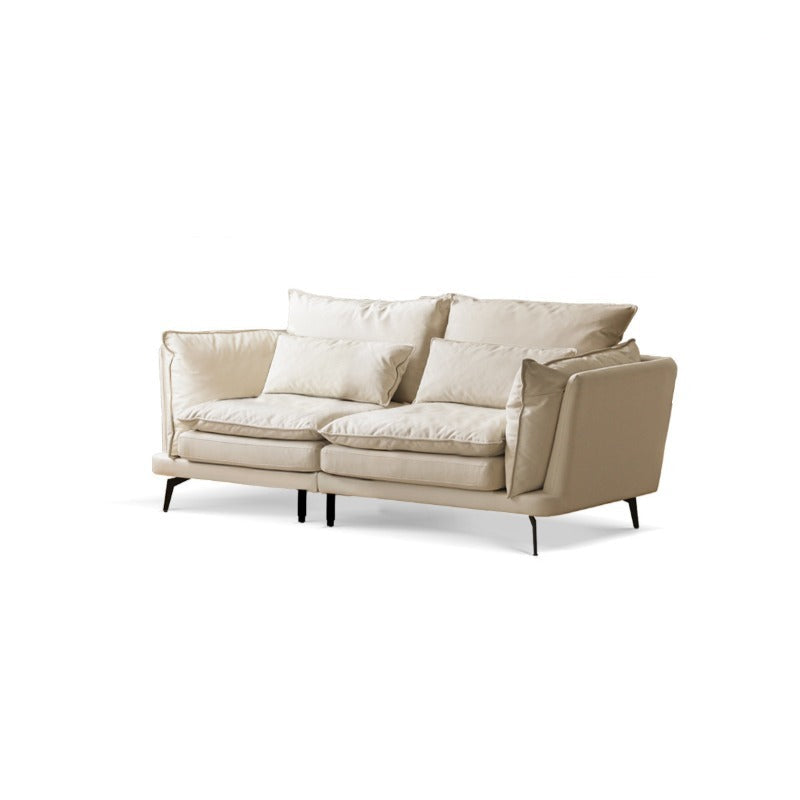
Spending long hours at your desk must not leave you with sore shoulders or a blurred mind. An ergonomic chair keeps you straight, relieves stress and lets you concentrate, making you work longer and with less stress.
In Singapore’s competitive environment, where many of us still split time between the office and our compact HDB or condo workspaces, the quality of your seating is more than a luxury; it’s an investment in your health and output.
Why Your Chair Matters More Than You Think
A chair is not just a piece of furniture, but a dynamic support system which holds your body in a neutral, sustainable position during work.
Posture, Spinal Alignment, and Sustained Concentration
A properly aligned spine minimises strain on your ligaments and muscles. When your chair forces you to slouch or lean, your body diverts energy to supporting itself rather than focusing on the task at hand. The right chair keeps your ears, shoulder, and hips aligned, and freeing up your focus
Reducing Micro-Fatigue and the ‘End-of-Day Slump’
Minor, constant discomfort, like unsupported lower back muscles or pressure under your thighs, leads to micro-fatigue. This is why you start fidgeting around 3 PM. An excellent office chair Singapore actively reduces this, maintaining comfort and helping you sustain a deeper level of focus.
Long-Term Benefits
In the long run, poor seating causes chronic tension headaches, neck pains and lower-back issues. Investing in a comfortable chair today can prevent pain in the future, shorten the time spent on breaks, and spare you additional hours to engage in meaningful work.
Must-Have Ergonomic Features
When shopping for an ergonomic office chair, don't get distracted by flashy designs. Focus on these fundamental features:
-
Adjustable Seat Height & Depth: Crucial for thigh support without cutting off circulation. Your knees should bend at a 90-degree angle, and there should be a 2–3 finger gap between the back of your knees and the seat edge.
-
Lumbar Support: Should be height and depth adjustable to fit the natural 'S' curve of your lower back. This is the single most important factor for back health.
-
Backrest Recline & Tilt Tension: Allows for dynamic sitting. You should be able to rock gently to shift weight and engage different muscles. Tension control lets you lock the tilt and adjust the resistance to your body weight.
-
Armrests: Must be height, width, and can rotate to adjust. They should allow your shoulders to be relaxed and elbows to rest at roughly 90 degrees while typing, easing strain on your neck and shoulders.
-
Breathable Upholstery: For Singapore’s heat and humidity, a high-quality mesh or advanced breathable fabric is usually preferable to faux leather, preventing heat build-up and sticking.
-
Stable Base & Casters: Ensure a robust metal frame and smooth, quiet casters (wheels) that won't scratch your HDB’s tiles or wood flooring.
Fit Check: How to Dial In Your Chair
Even the best office chair is useless if it’s not set up correctly. Follow this checklist:
-
Feet & Hips: Sit fully back in the seat. Your feet should be flat on the floor (use a footrest if necessary), and your hips should be slightly above your knees.
-
Seat Depth: Ensure there are 2–3 fingers' width between the back of your knees and the front edge of the seat. Adjust the seat depth until this gap is correct.
-
Lumbar: Adjust the lumbar pad so it sits snugly in the small of your back.
-
Armrests & Shoulders: Adjust the armrests so that your shoulders are relaxed and your elbows rest at approximately 90 degrees when you are typing.
-
The System: Check that your chair, desk, and monitor work as one system. Your monitor's top third should be at eye level, requiring no neck craning.
Productivity Habits to Maximise Your Chair
Your chair helps to work, however, does not substitute movement. Apply the 20-8-2 principle: Sit and work intensively for 20 minutes, stand or stretch at your desk for 8 minutes (reset your posture), have a 2 minute movement break (walk to the kitchen, etc.). Utilize the tilt feature of the chair when on a call- it is the best method to change your position slightly and also to give your core a little break.
Budget & Value: When to Invest
When buying an office chair in Singapore, think about price bands. Entry-level chairs offer basic height and tilt. Mid-range chairs introduce strong, adjustable lower-back support, seat depth control, and armrests with several adjustments—this is often the sweet spot for the highest return on investment. Premium chairs boast superior materials, advanced mechanisms and comprehensive warranties.
Prioritise ergonomics over pure aesthetics, but understand that many modern designs, like those found at IUIGA, successfully align both. Look for transparent specifications on load limits, gas-lift grade (Class 3 or 4 are standard for durability), and warranty coverage.
Shortlist Guide: Find the Best Office Chair for You
To find the perfect fit, try a simplified trial checklist:
-
Prioritise Adjustability: More control over seat depth, lumbar position, and armrests is always better than a fixed chair, regardless of the brand hype.
-
Match to Body Type: Taller users need a deeper seat and higher back/headrest; shorter users need shallower seats and possibly a footrest.
-
Stability Check: Sit down and perform the "wobble test"—gently shift your weight. Check for pressure points, and ensure the lumbar pad maintains contact even when you lean slightly.
Find Your Ergonomic Office Chair at IUIGA
IUIGA makes finding the perfect ergonomic office chair for your Singapore home simple and straightforward. We design our chairs with local living in mind, featuring compact footprints that fit neatly into HDB and condo spaces, quiet casters ideal for tiled floors, and breathable mesh upholstery perfect for our hot and humid climate. You don't have to compromise on functionality to save space.
We prioritise true ergonomics, equipping our chairs with the features essential for long-term health and focus: fully adjustable seat depth, robust lumbar support, and armrests with multi-adjust. This allows you to easily tailor the chair to your body, ensuring you find the best office chair for your specific needs. Plus, we provide transparent specifications on dimensions, weight limit and gas-lift grade so you know exactly what quality you're investing in.
FAQs
-
Mesh vs fabric: which is cooler and easier to maintain in Singapore?
Mesh is generally cooler due to superior airflow, making it the preferred choice for Singapore’s heat and humidity. Quality mesh is also highly durable and simple to wipe down. Fabric is comfortable but retains more heat.
-
Do I need a headrest for productivity, or is lumbar support enough?
Lumbar support is critical for maintaining an upright, productive posture. A headrest is mostly optional; it's useful for tall users and for moments of rest, such as during a recline break or a long call, but it's not essential for active typing work.
-
What seat depth works best for shorter/taller users?
A good rule is the 2–3 finger gap. Shorter users require a shallower seat depth to ensure their knees aren't compressed and their feet remain flat. Taller users need a deeper seat depth to support more of their thighs. This is why adjustable seat depth is a crucial ergonomic feature.
-
How important is adjustable armrest width and pivot?
Very important. Adjustable width ensures your shoulders aren't squeezed in or spread too wide, which can cause tension. The pivot allows you to angle the armrest toward you during typing, maintaining a neutral wrist position, or angle it away to tuck the chair fully under the desk.
-
What warranty length indicates a durable ergonomic office chair?
For a mid-to-premium ergonomic office chair, look for a minimum 3-year warranty covering the mechanical parts (gas lift, casters, frame, tilt mechanism). A longer warranty (5–10 years) usually signals higher-quality, especially for the core components.


